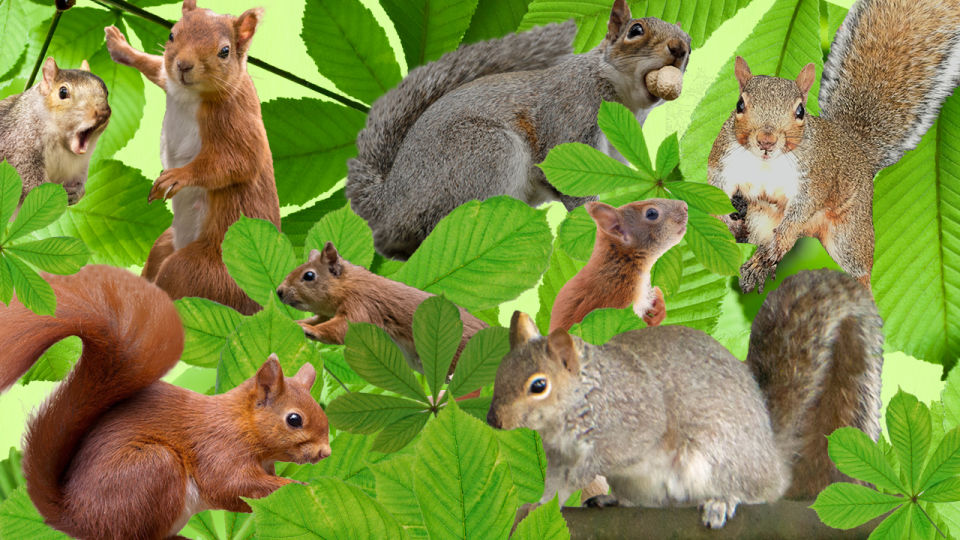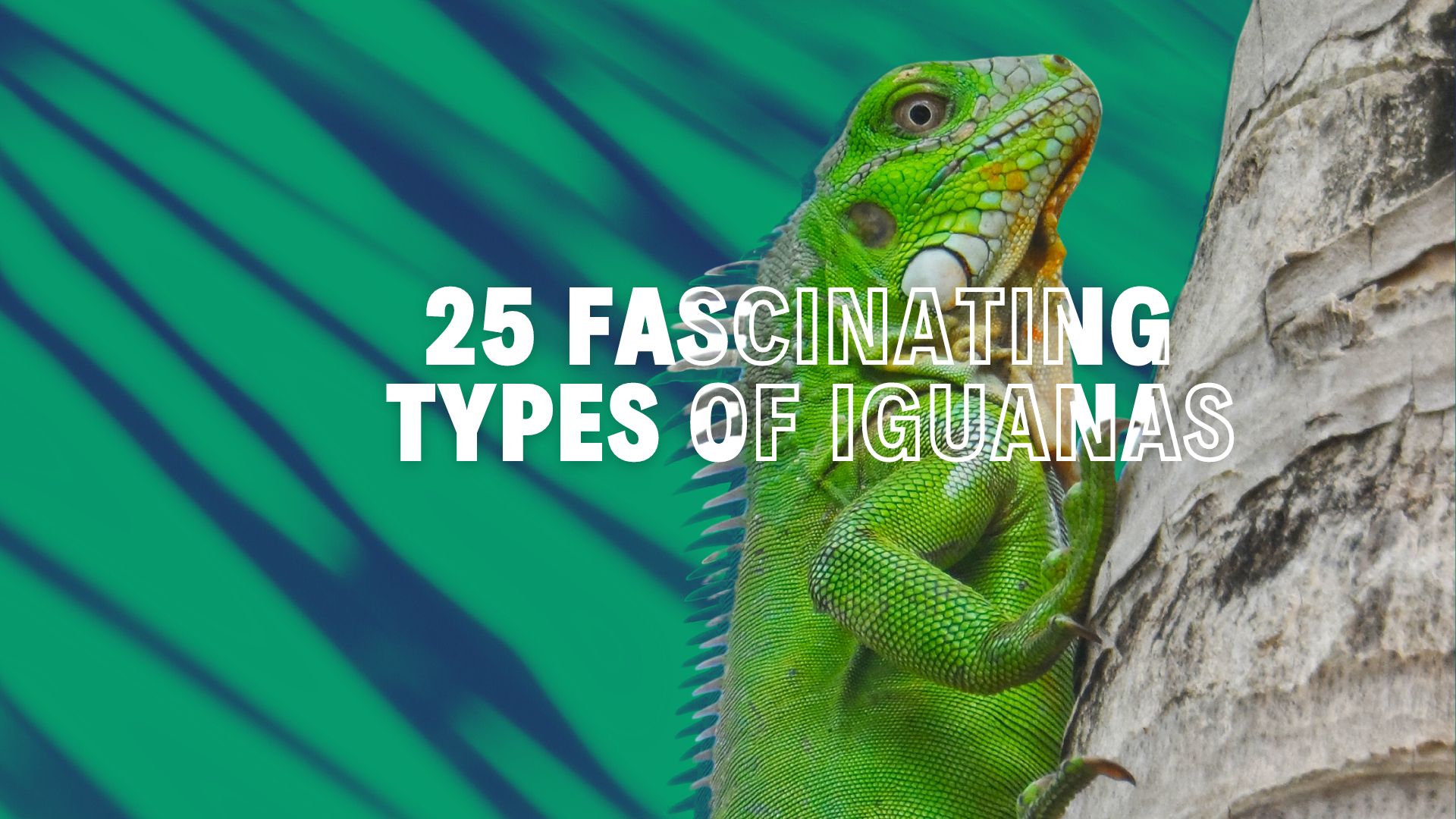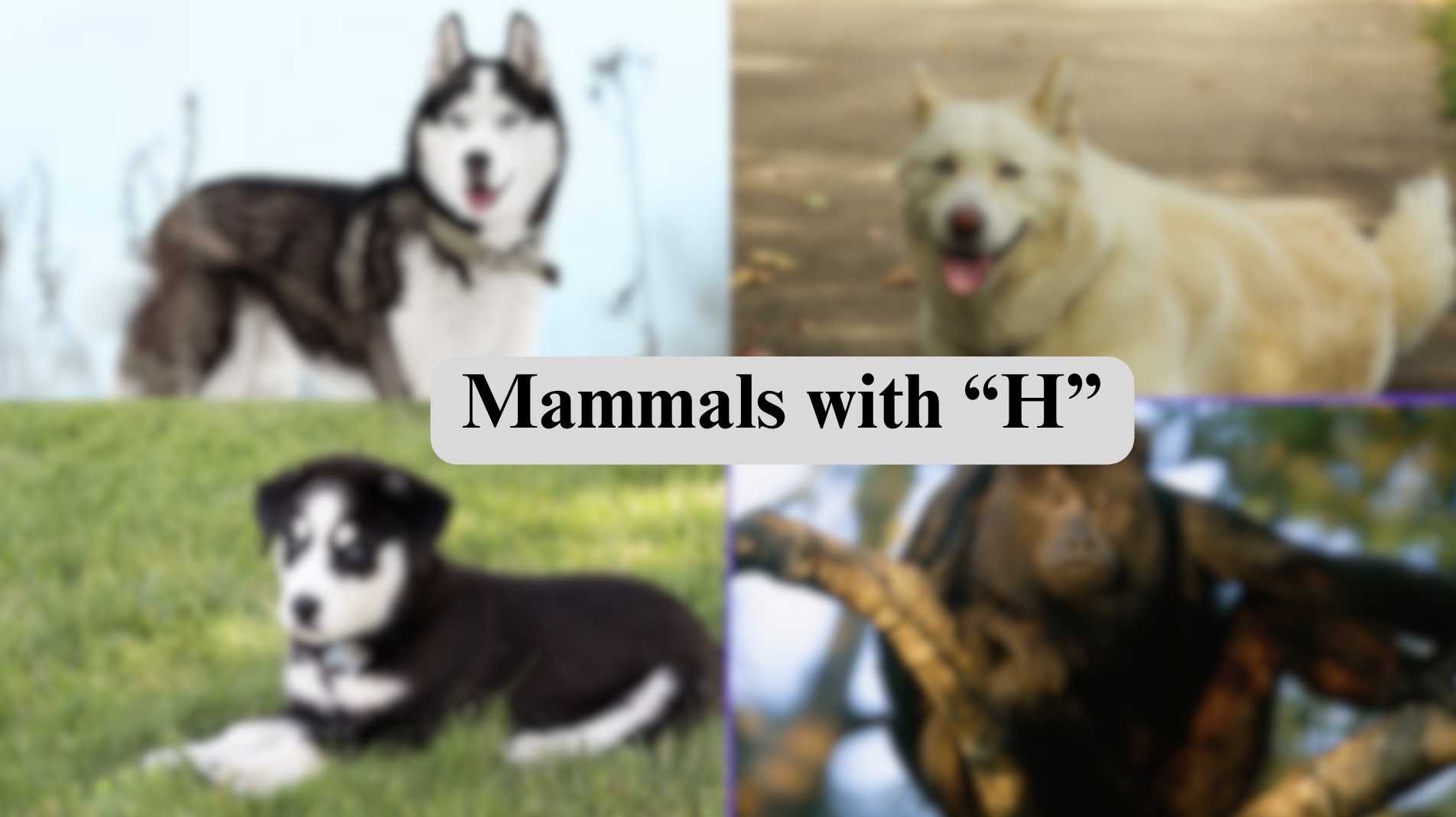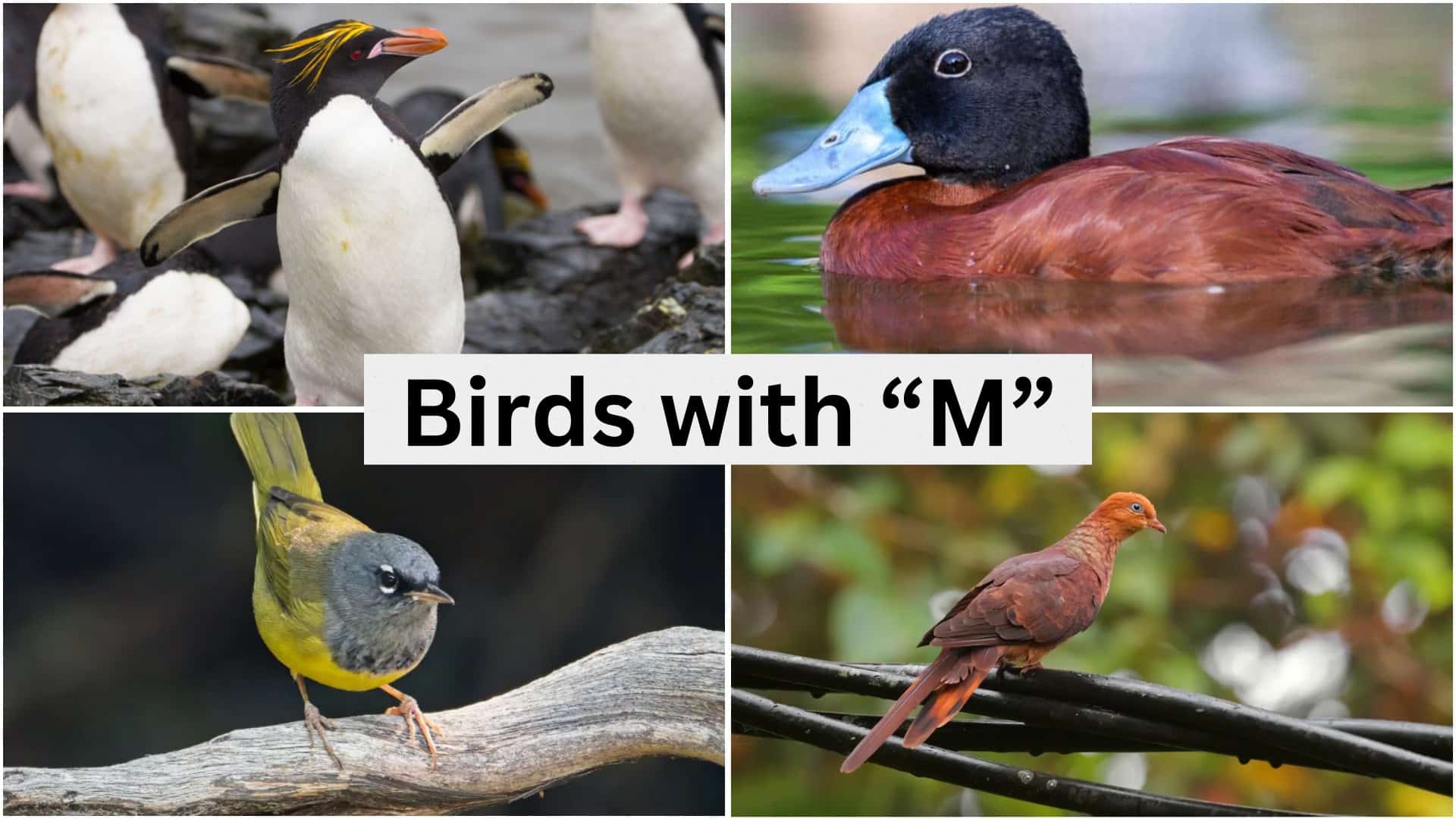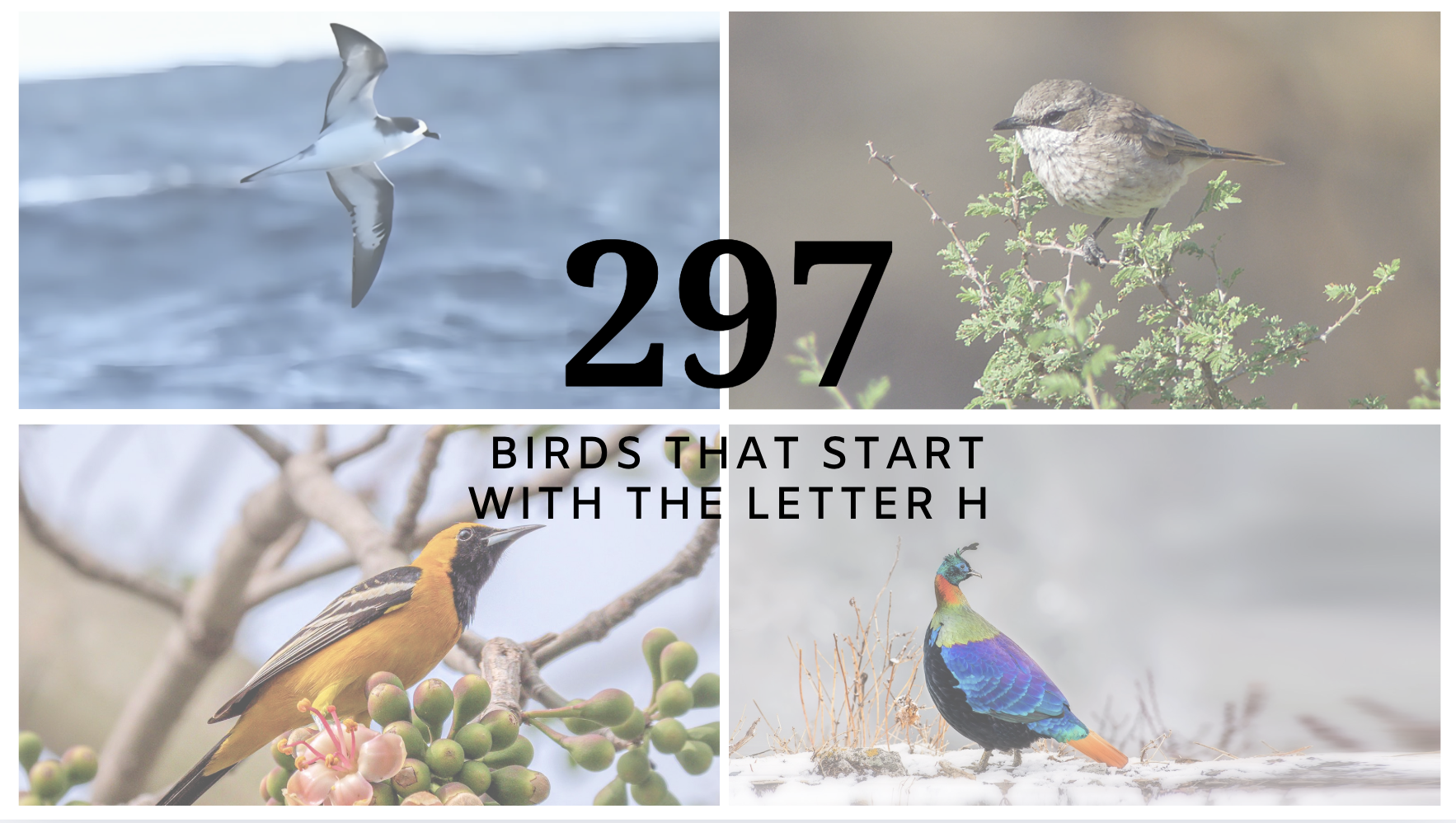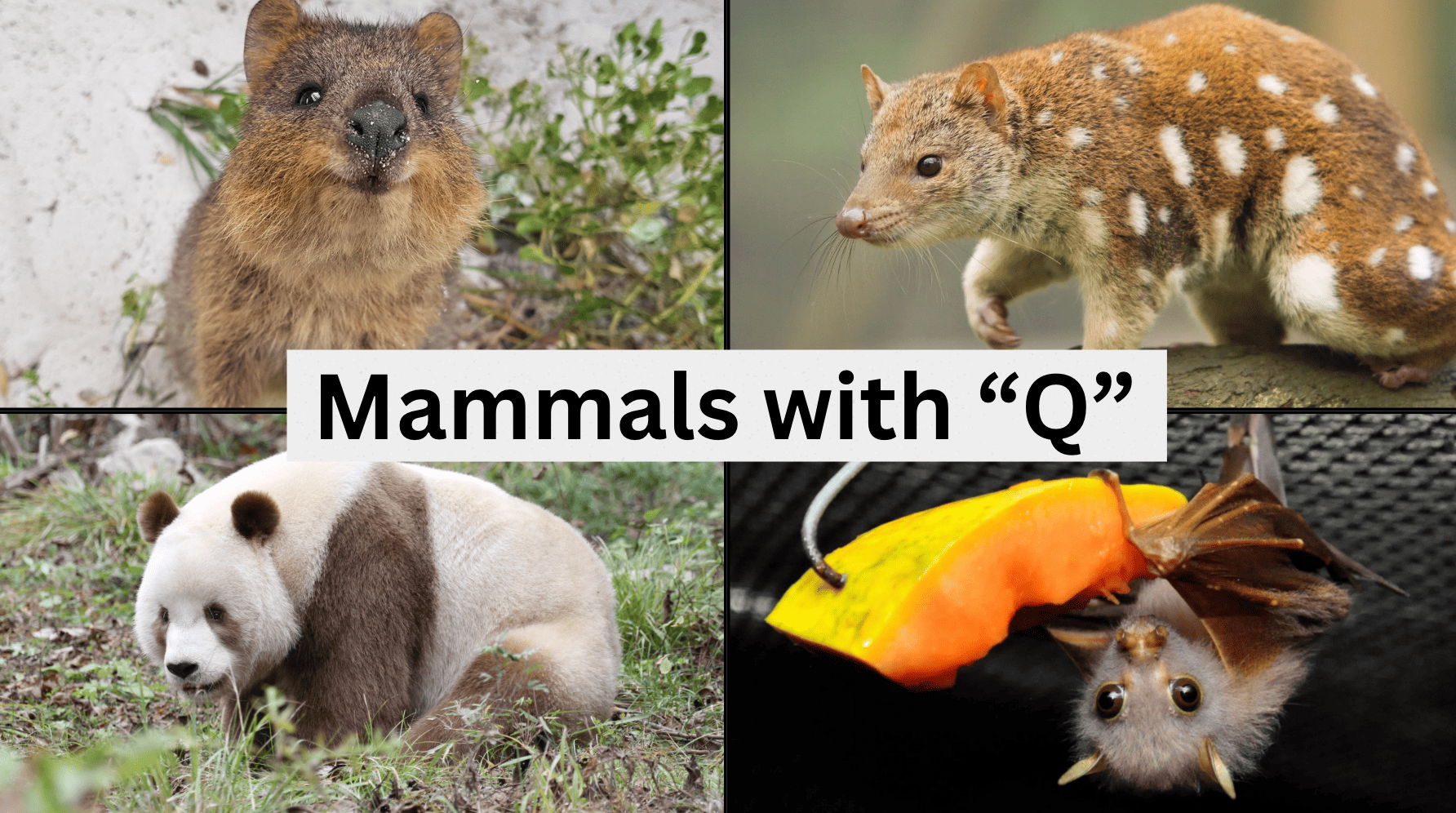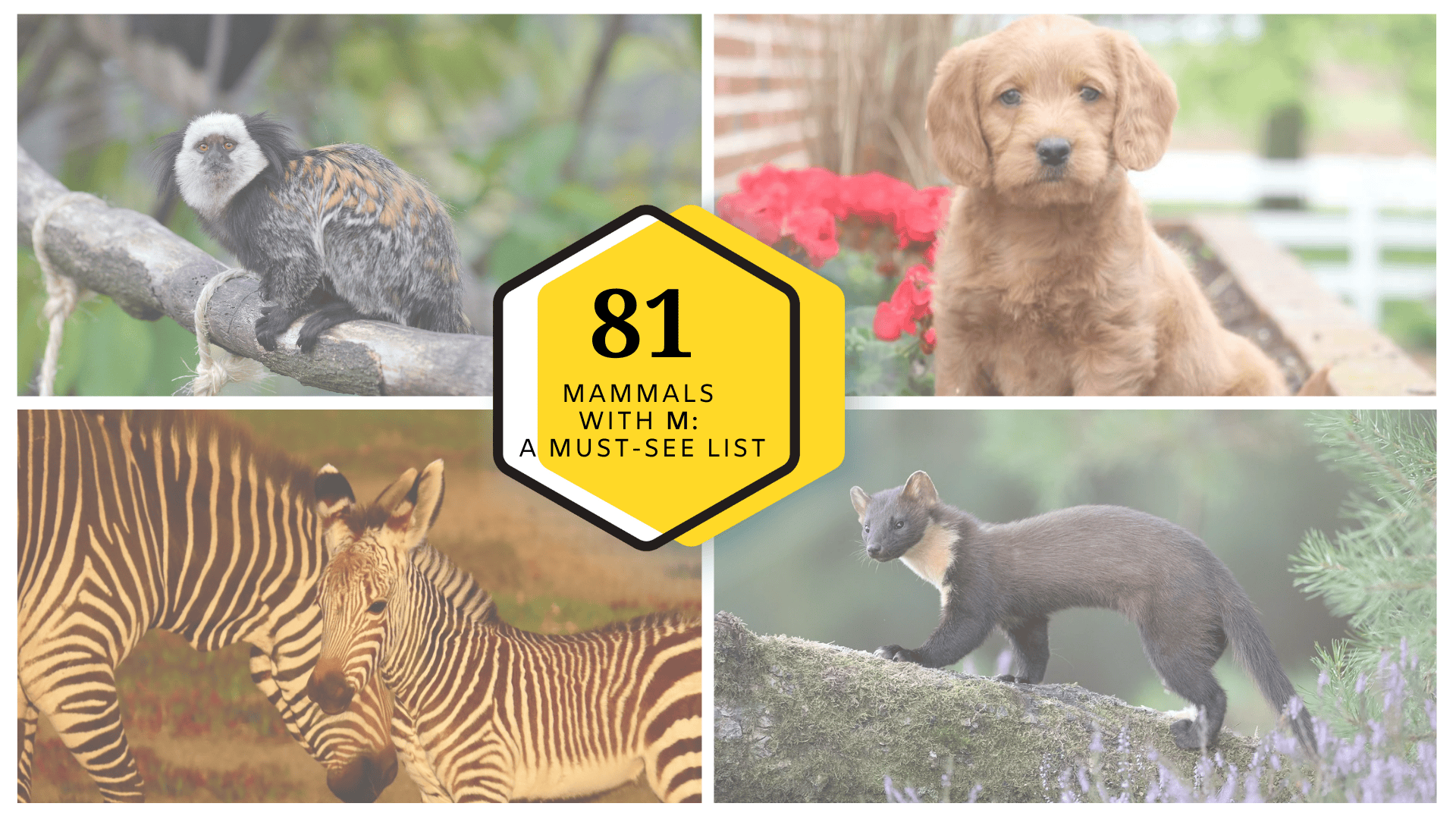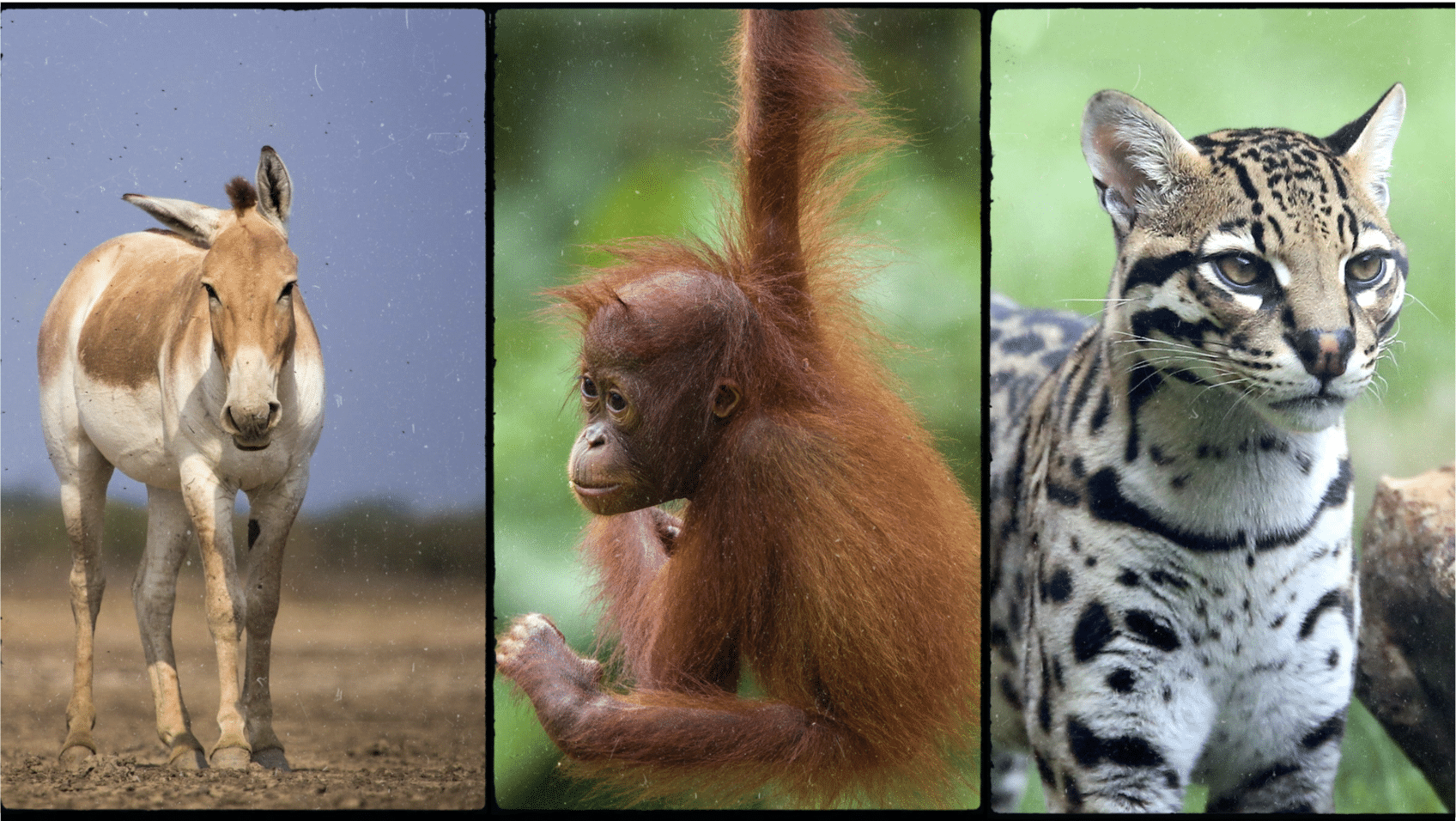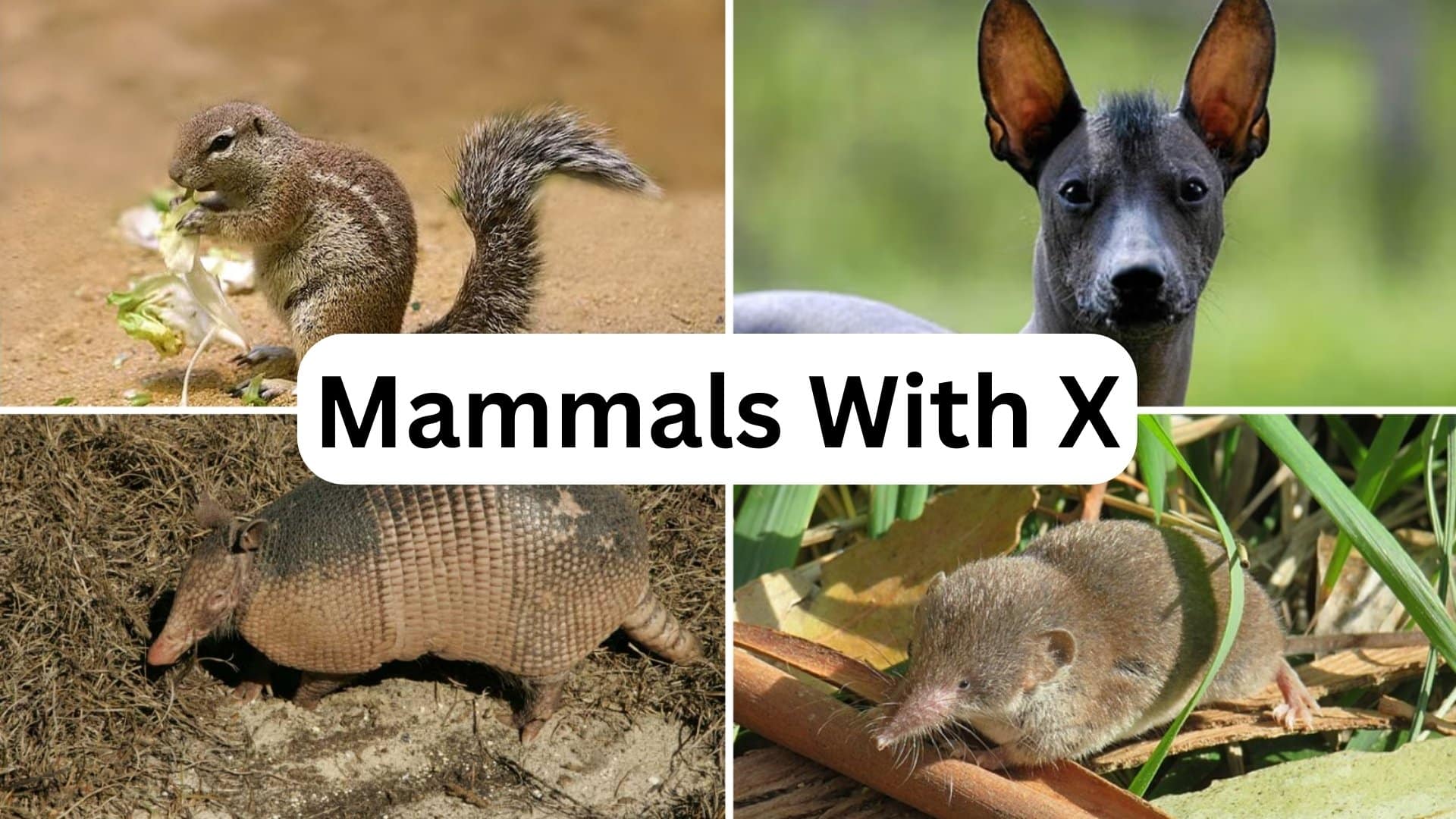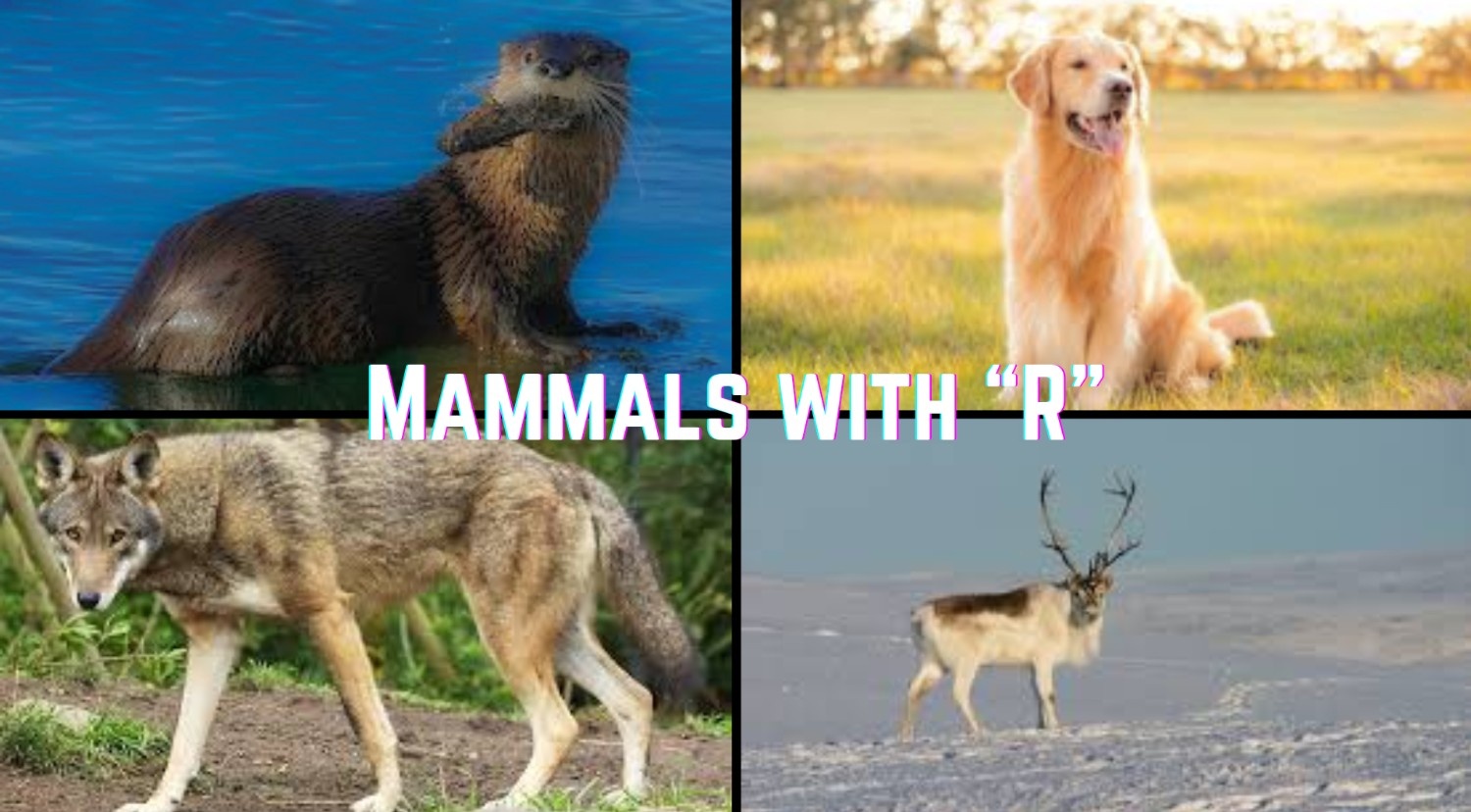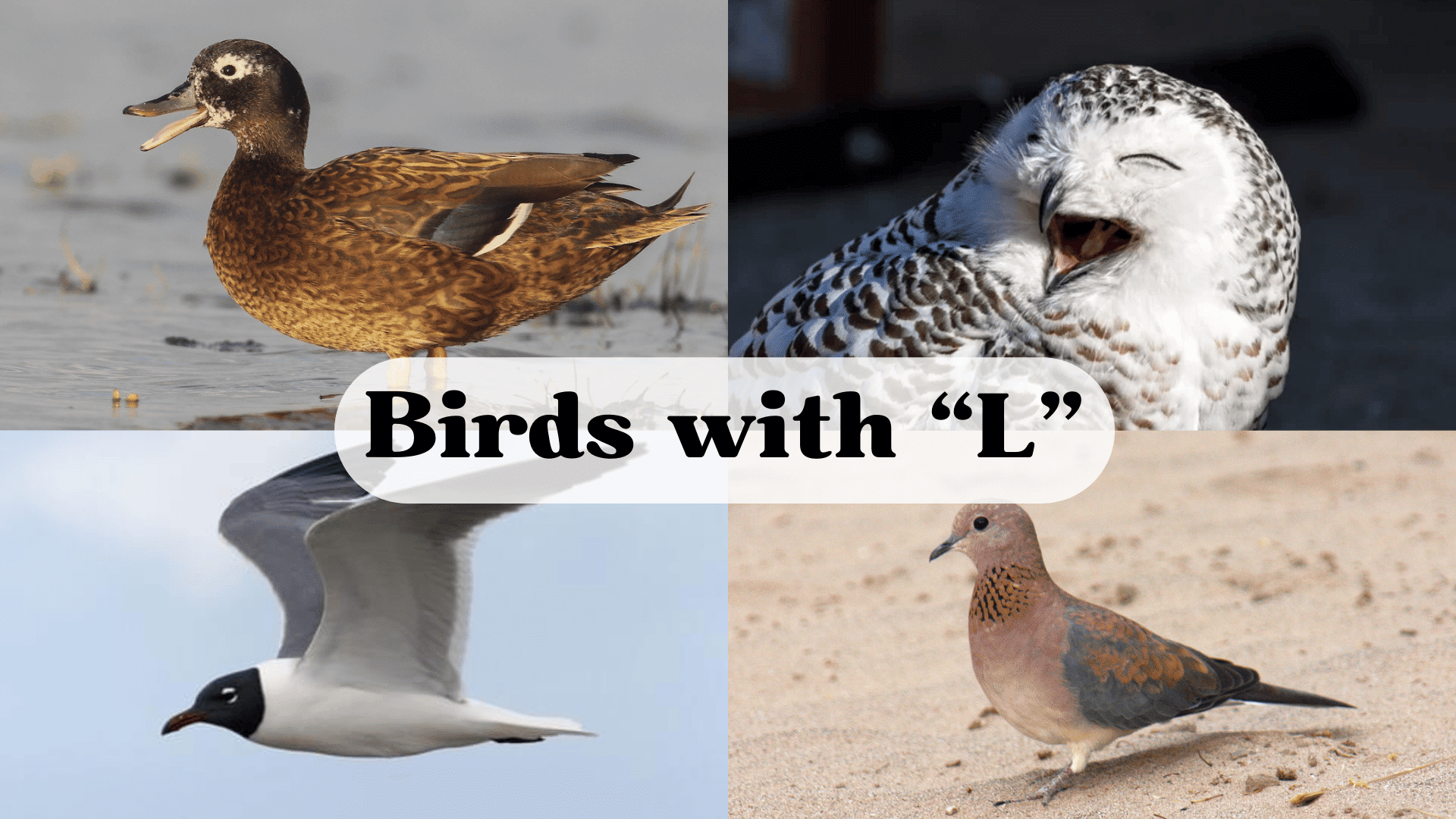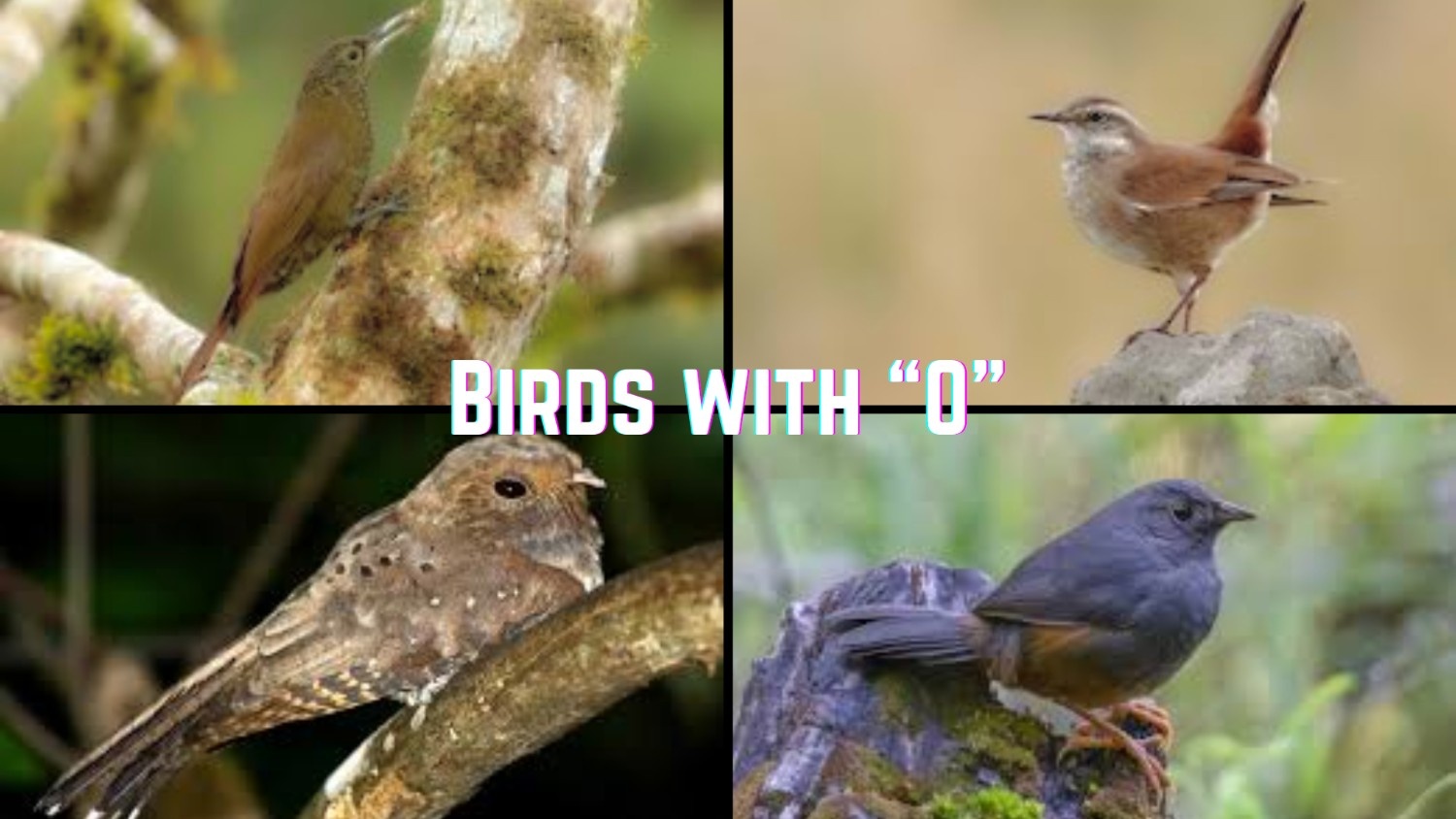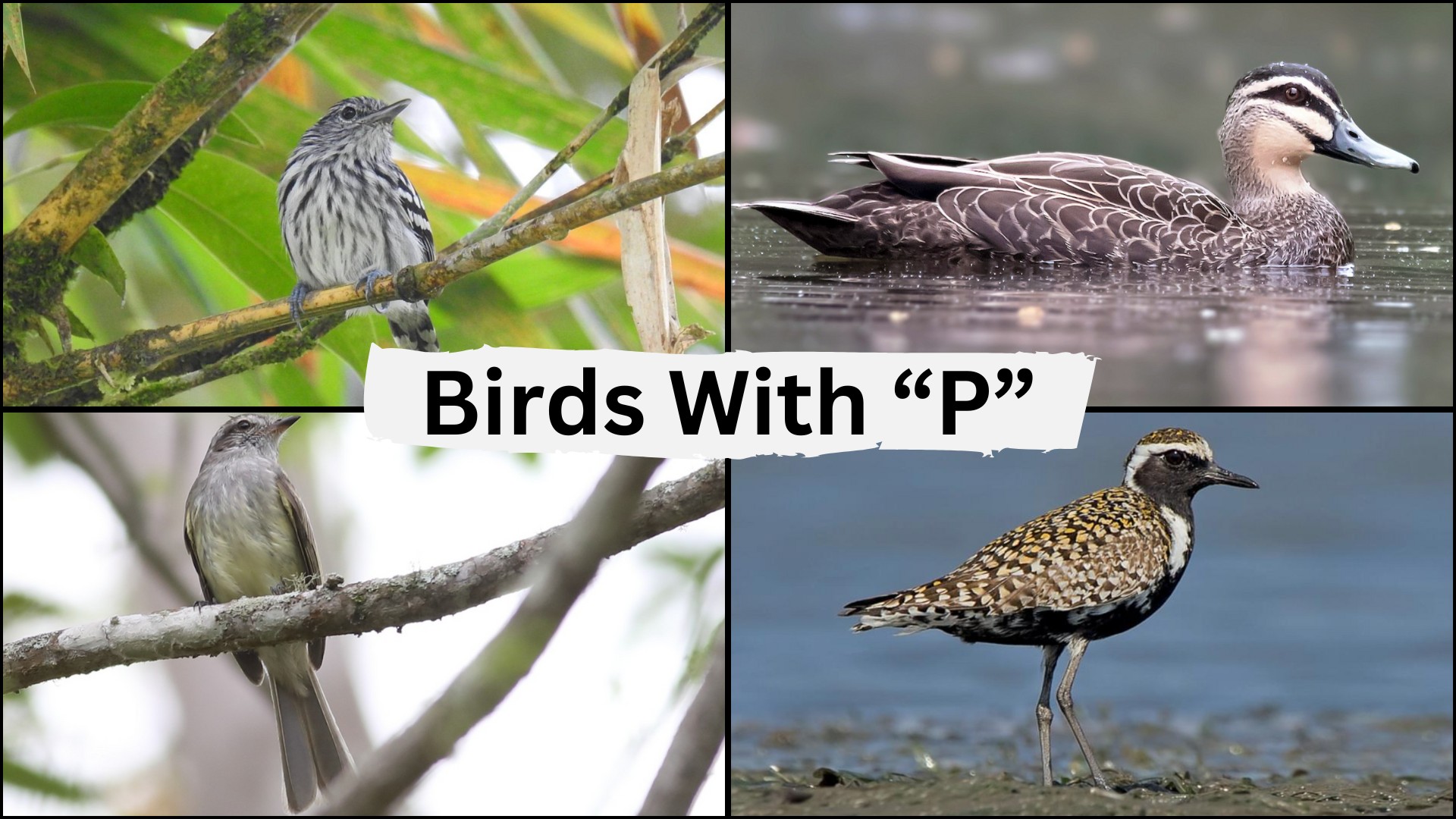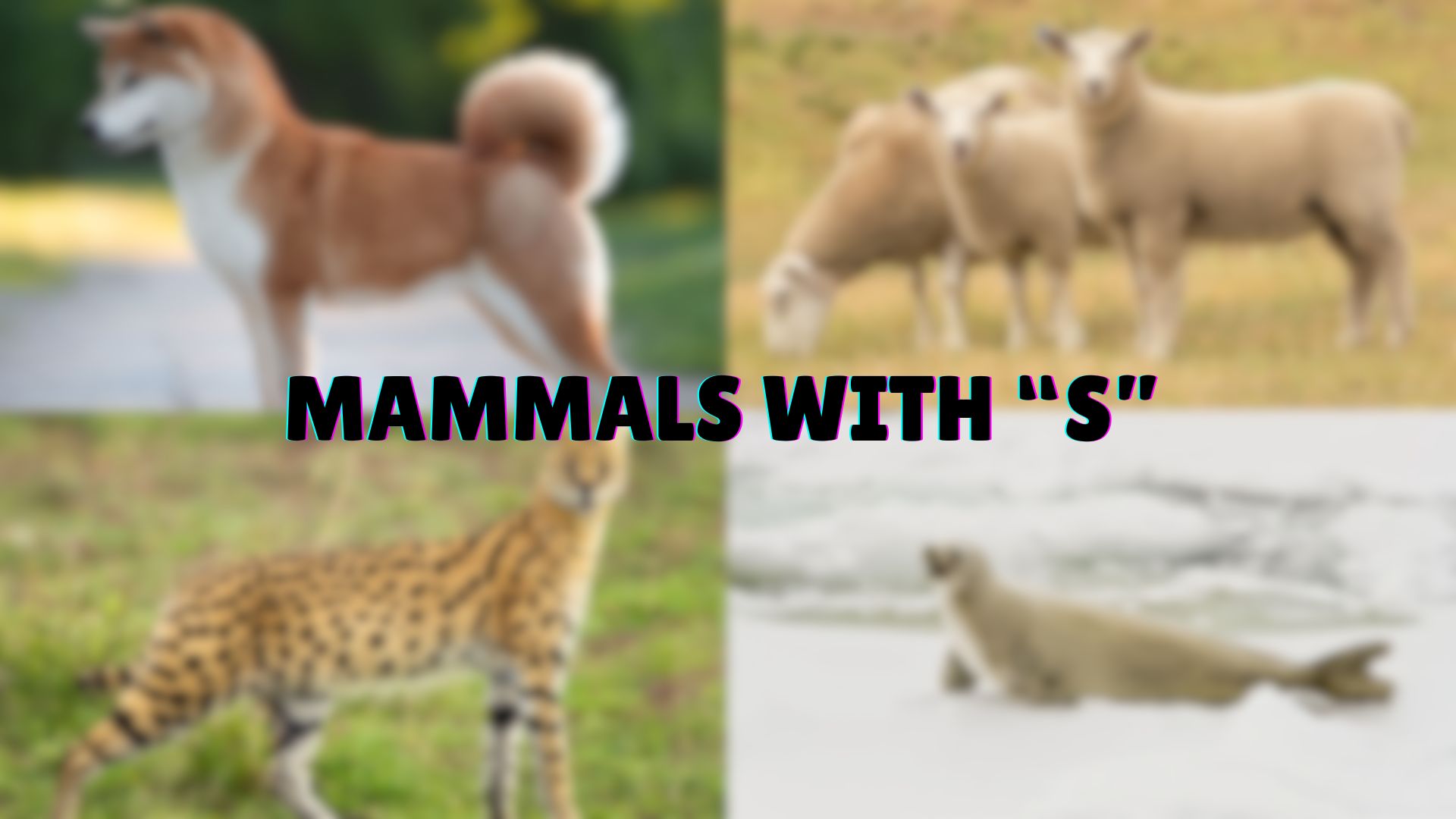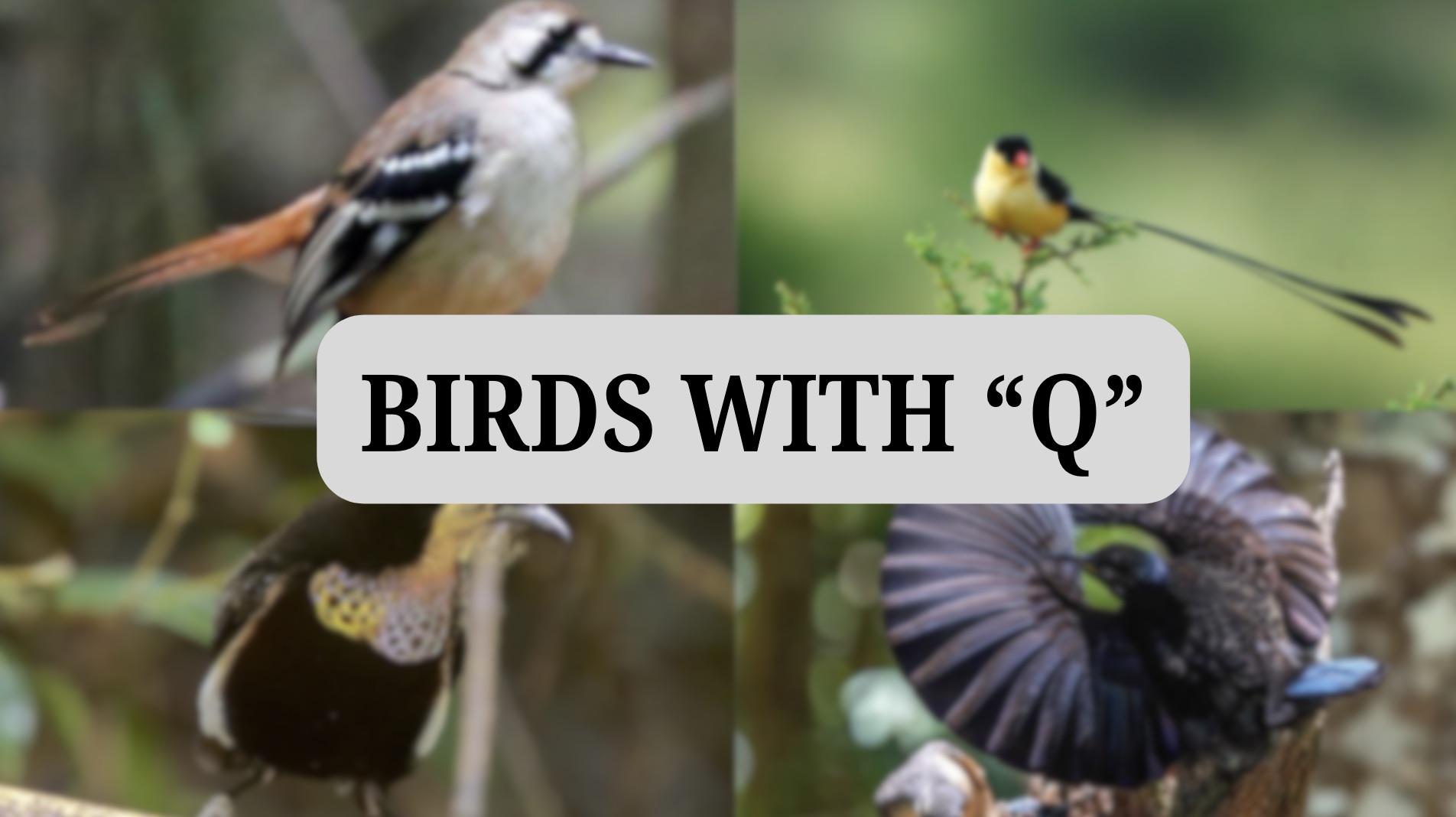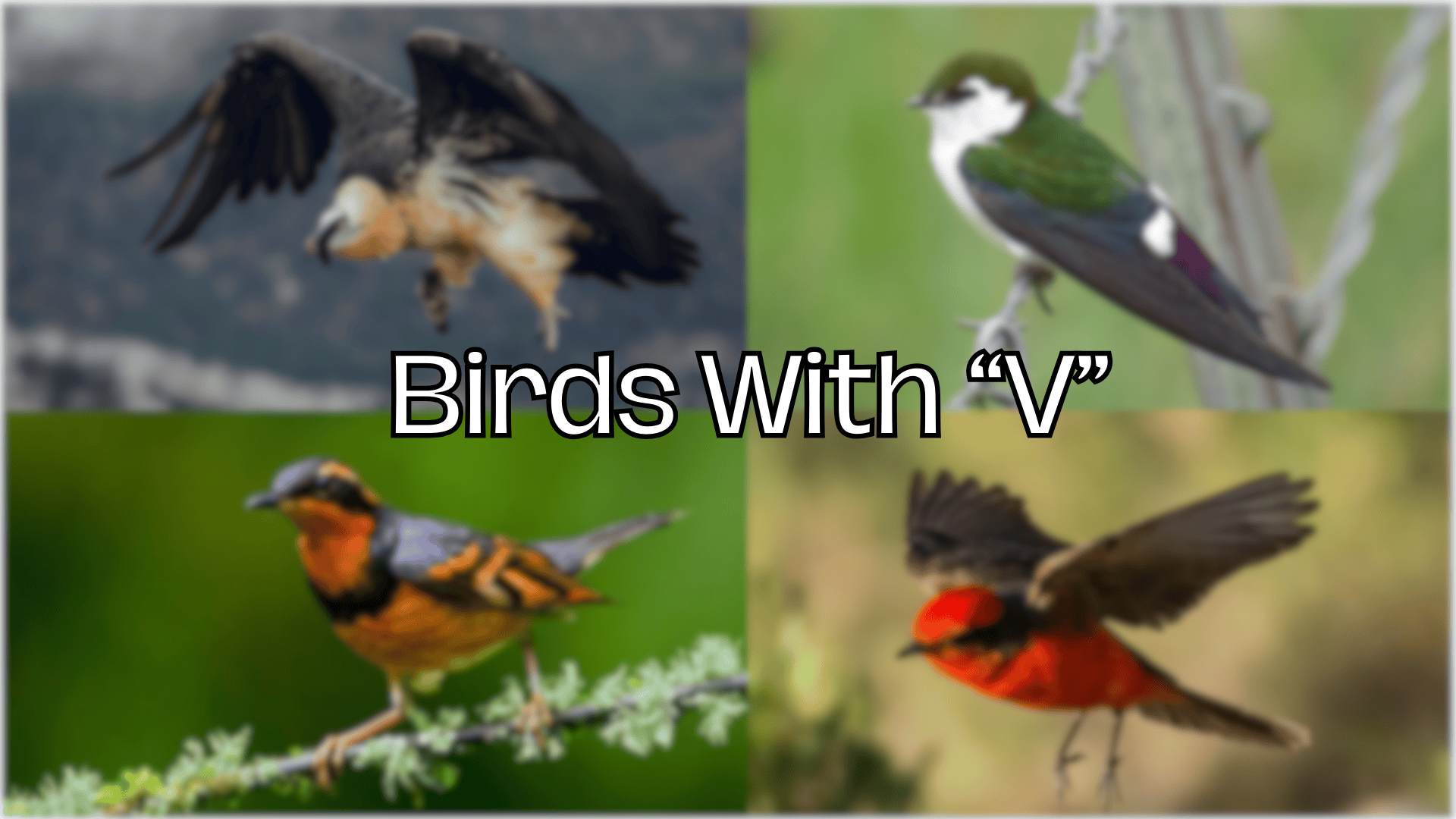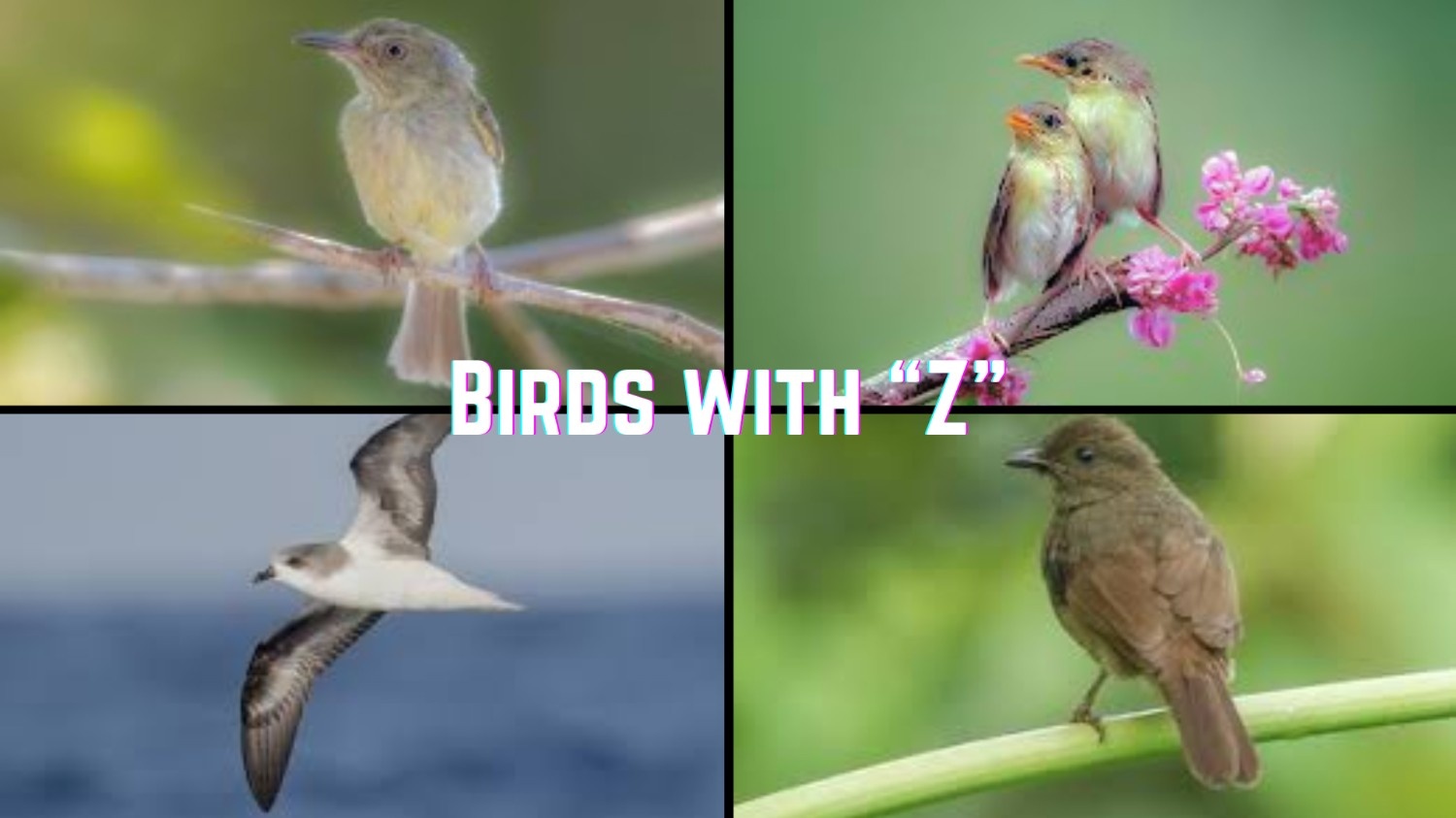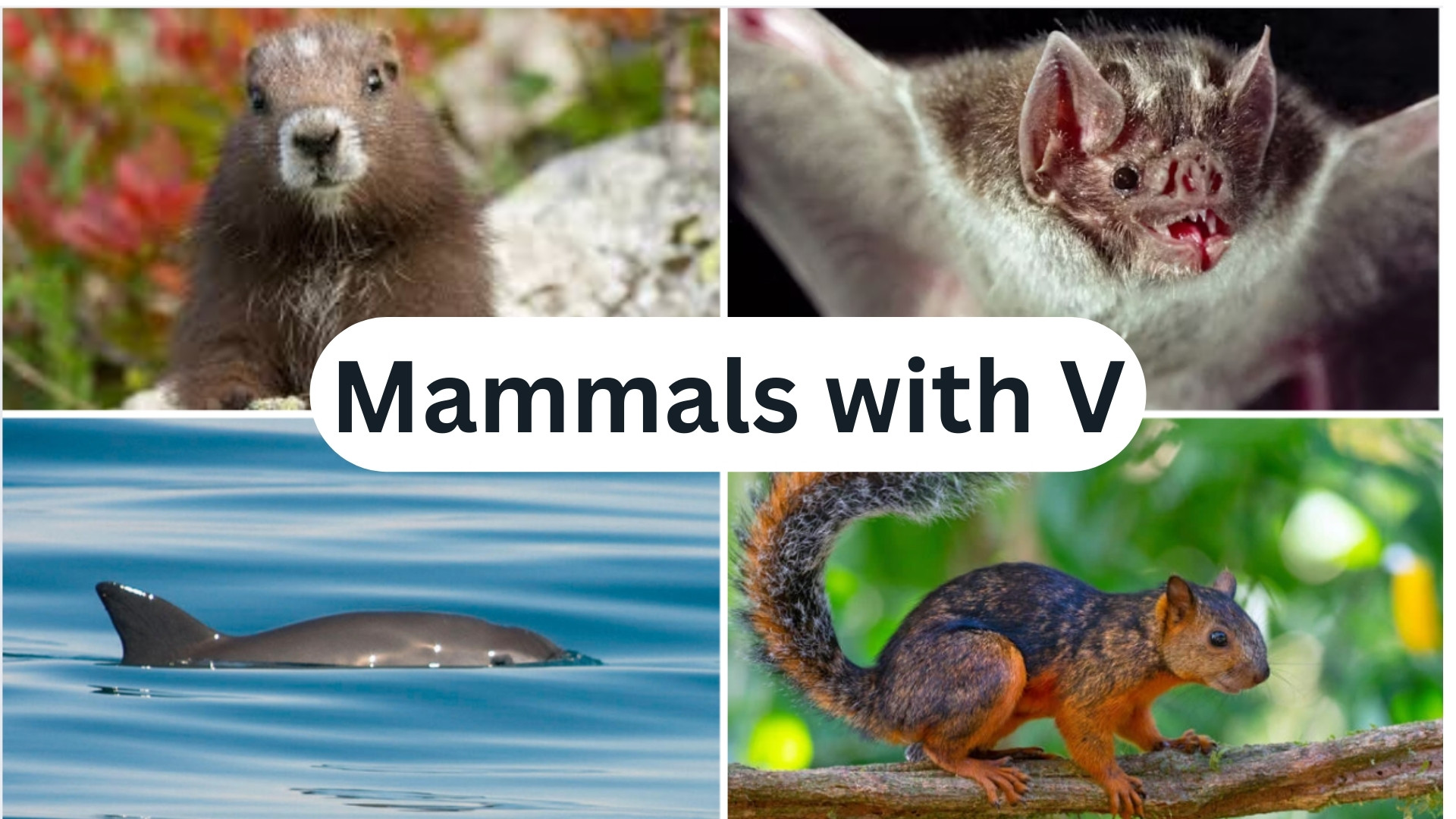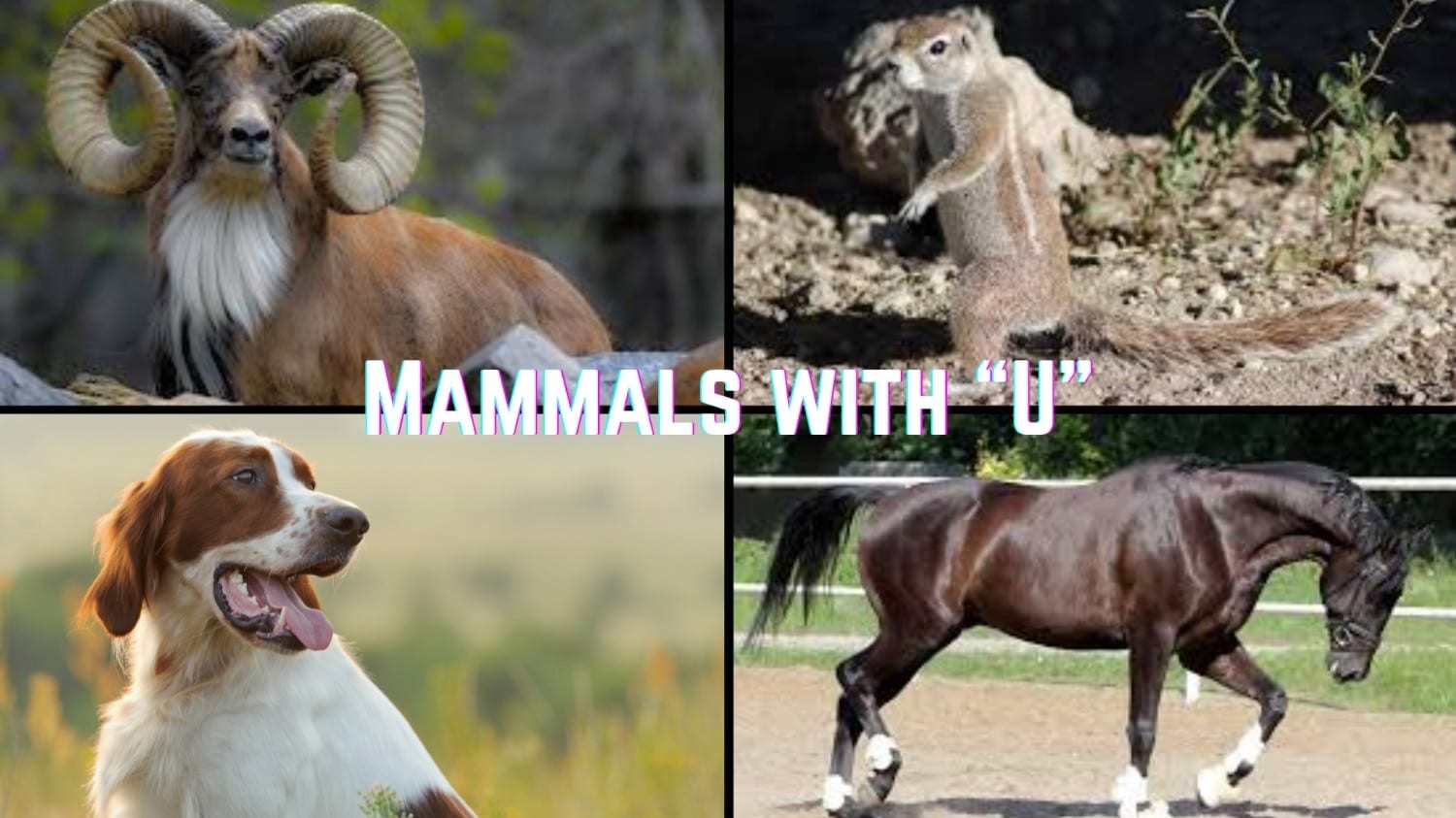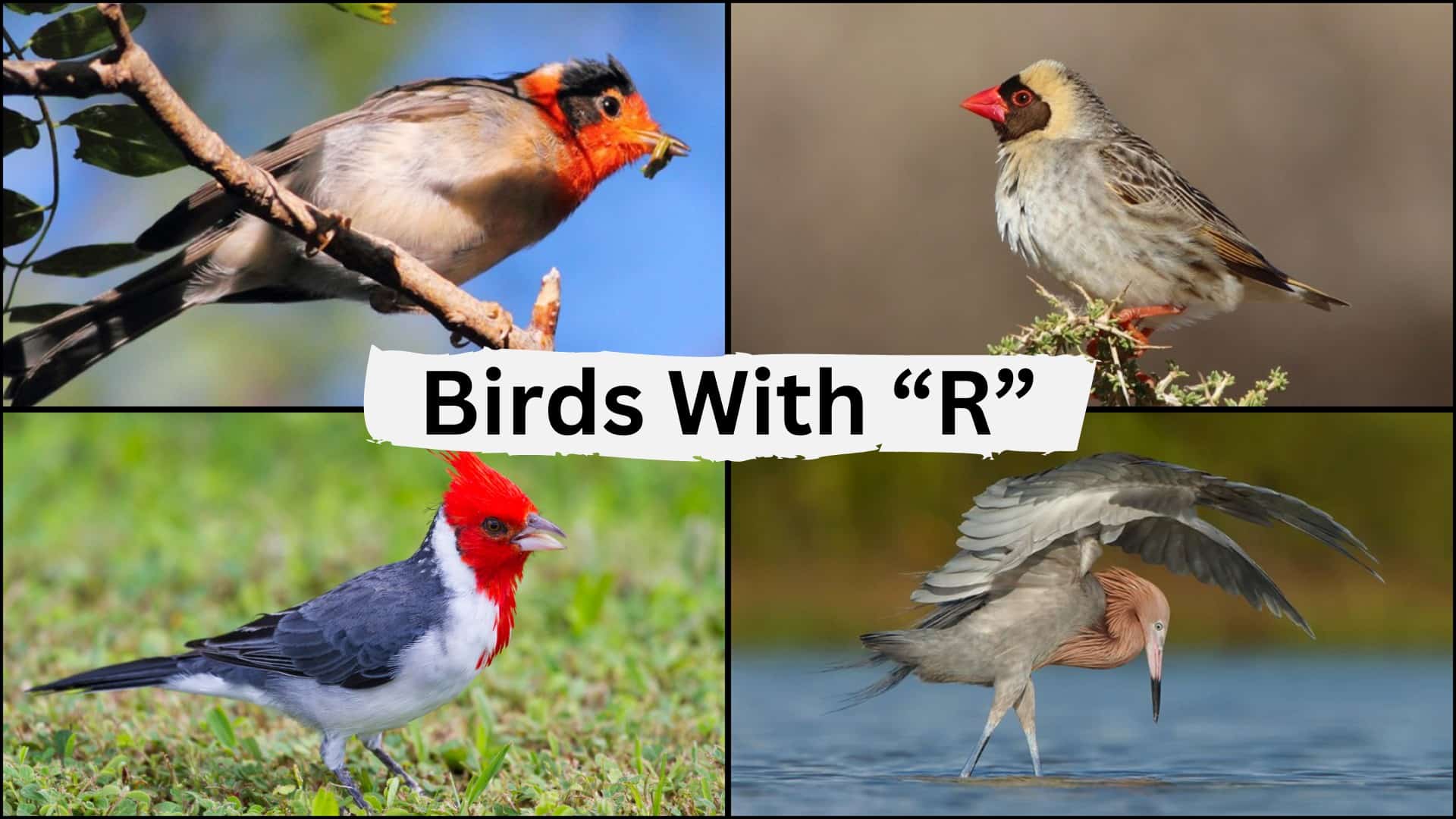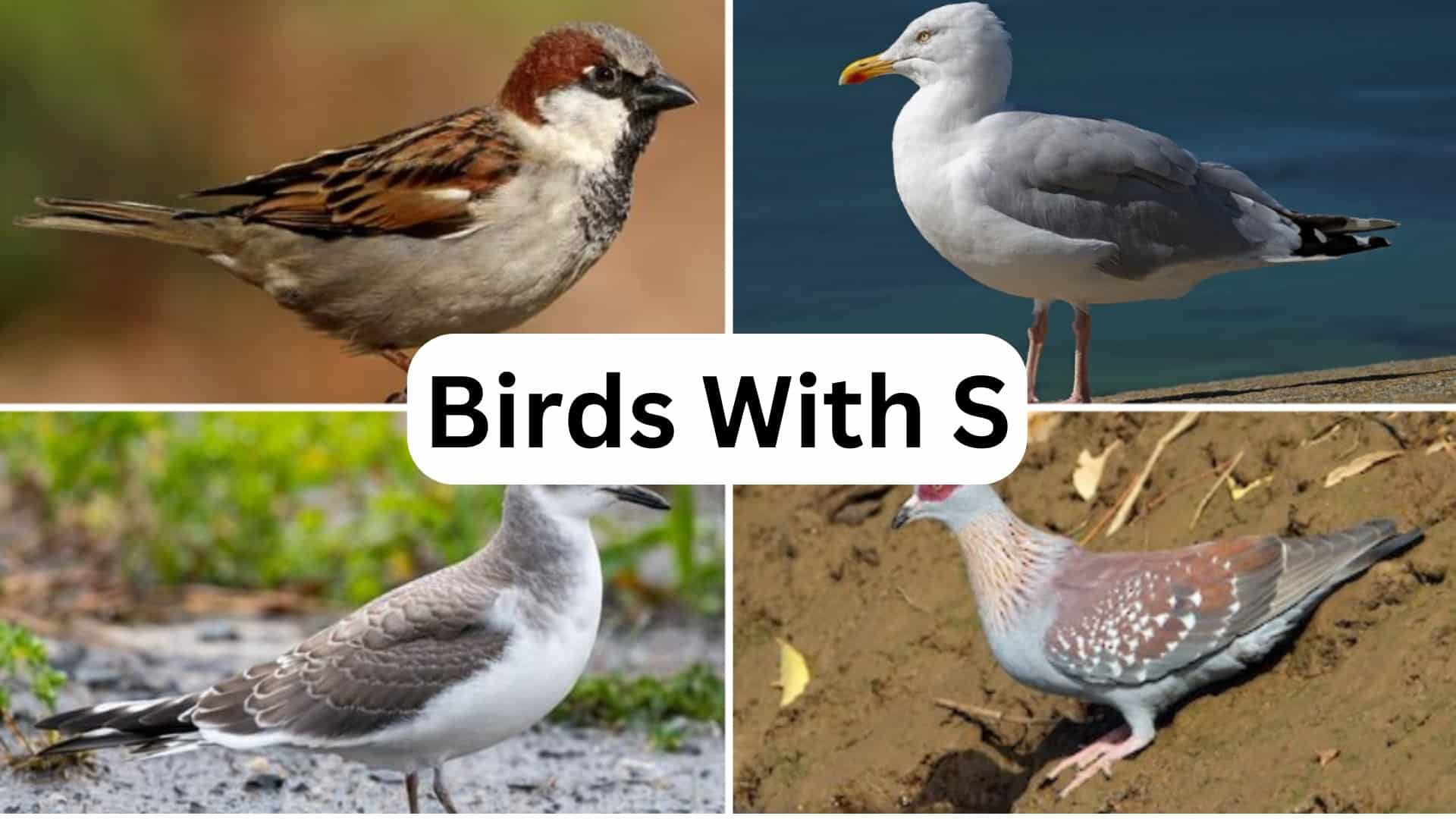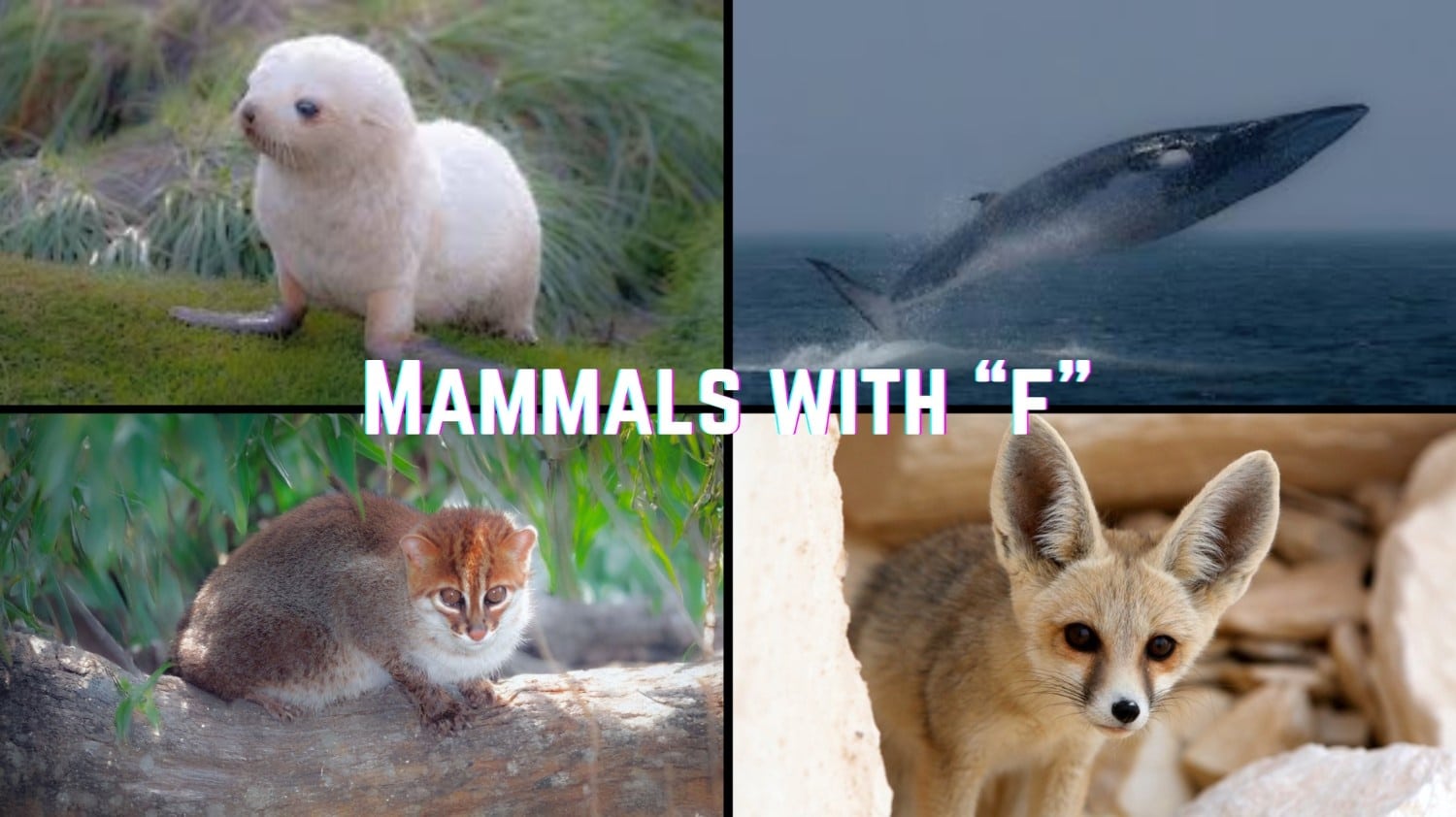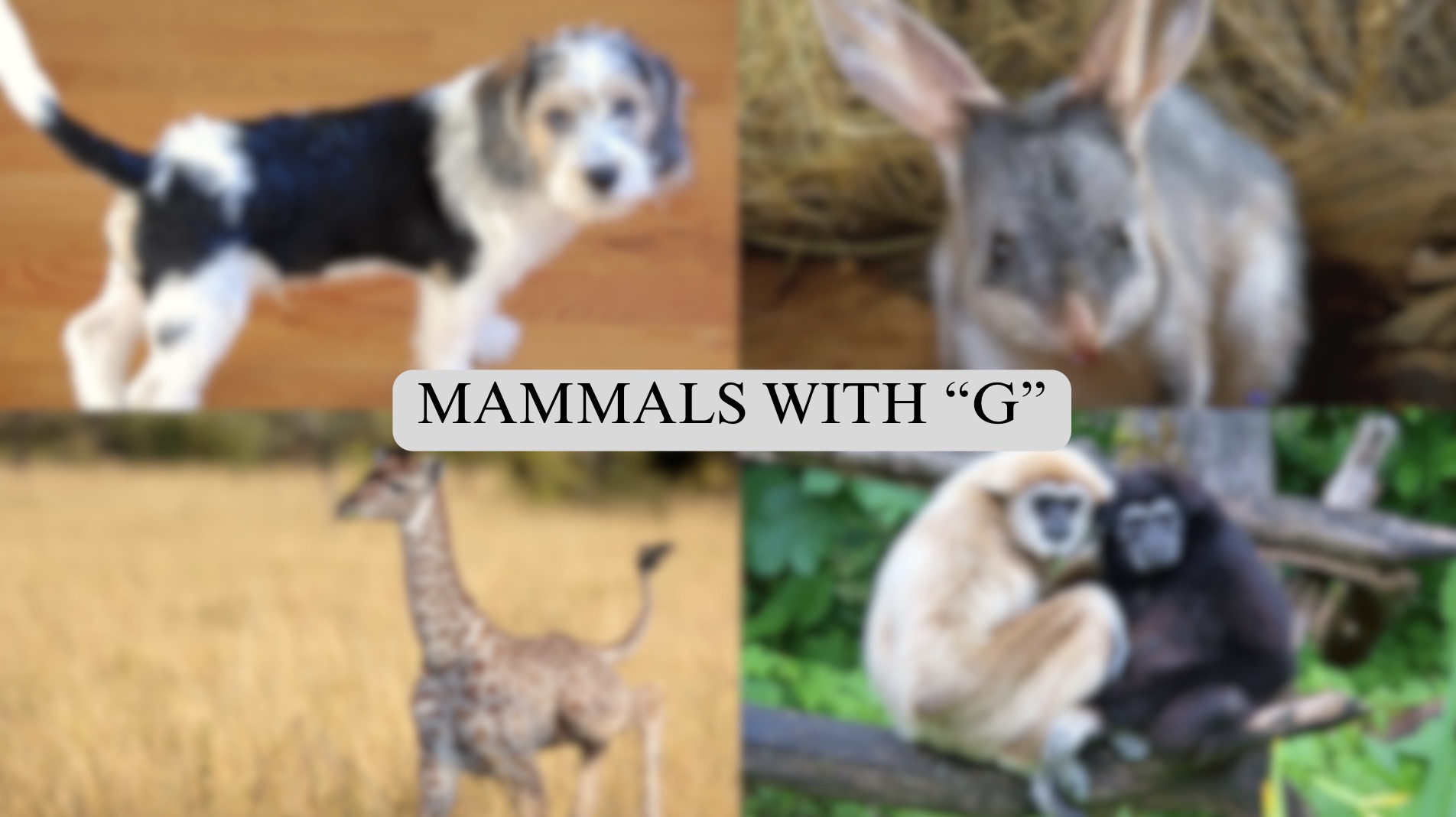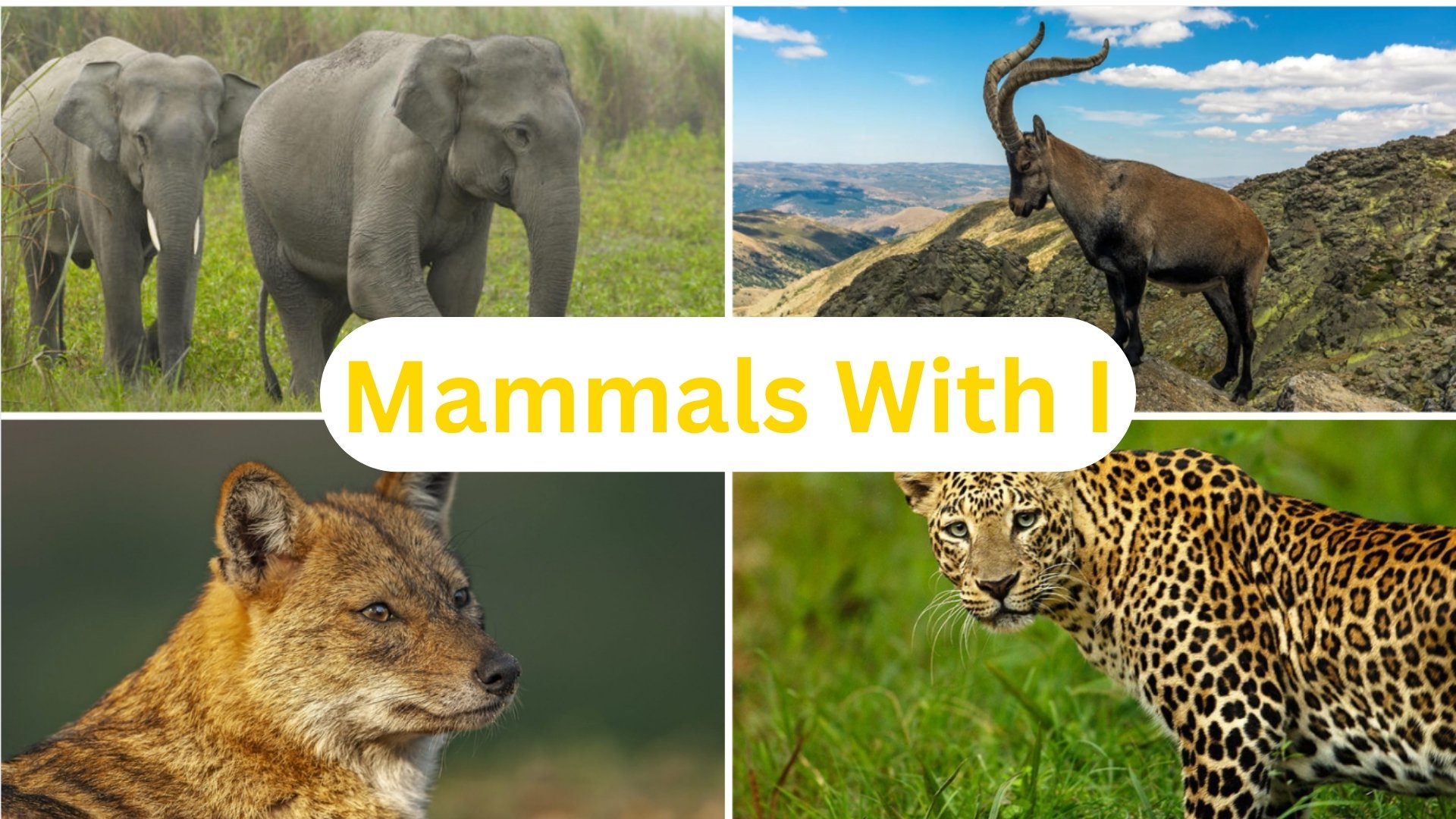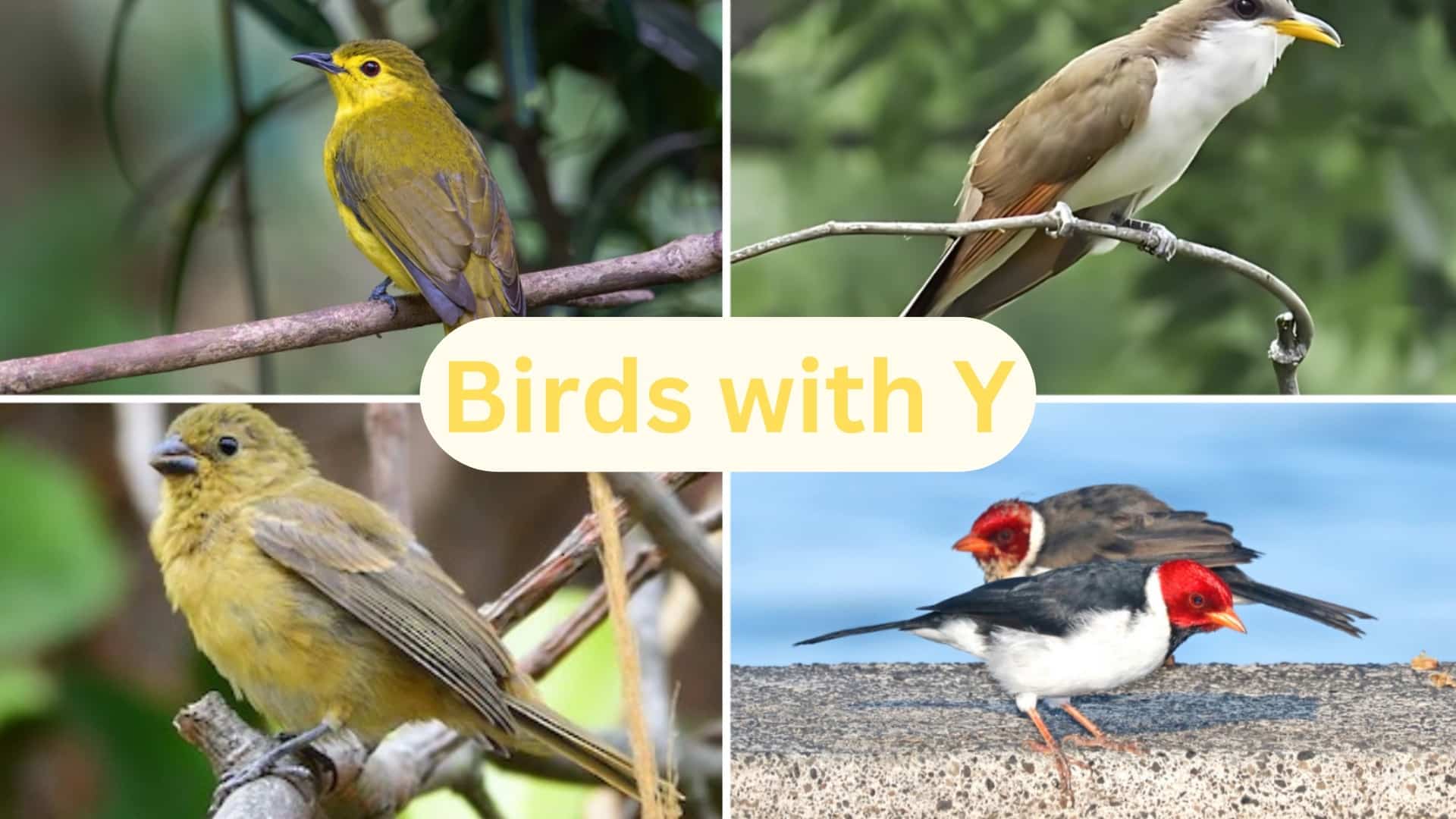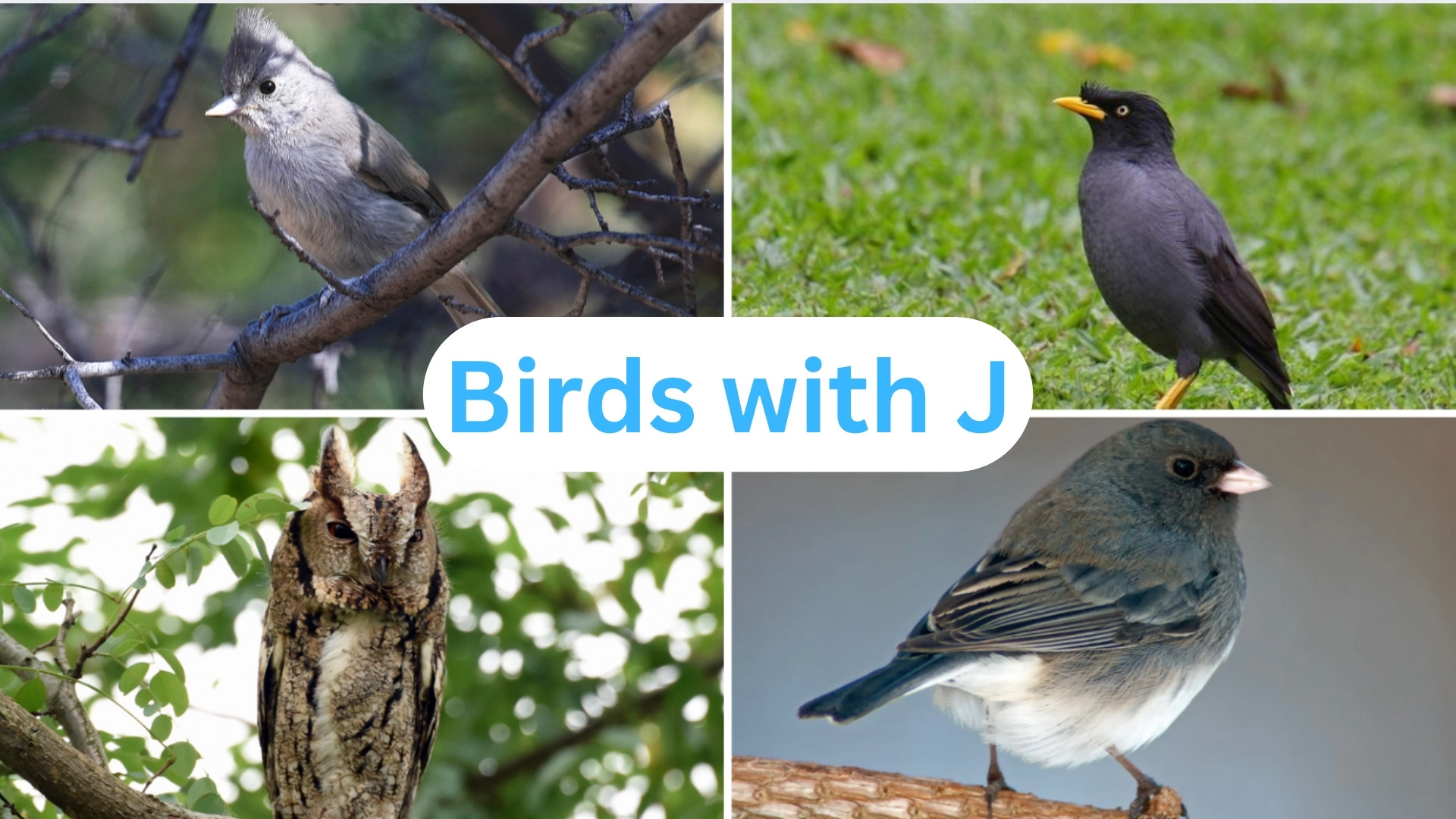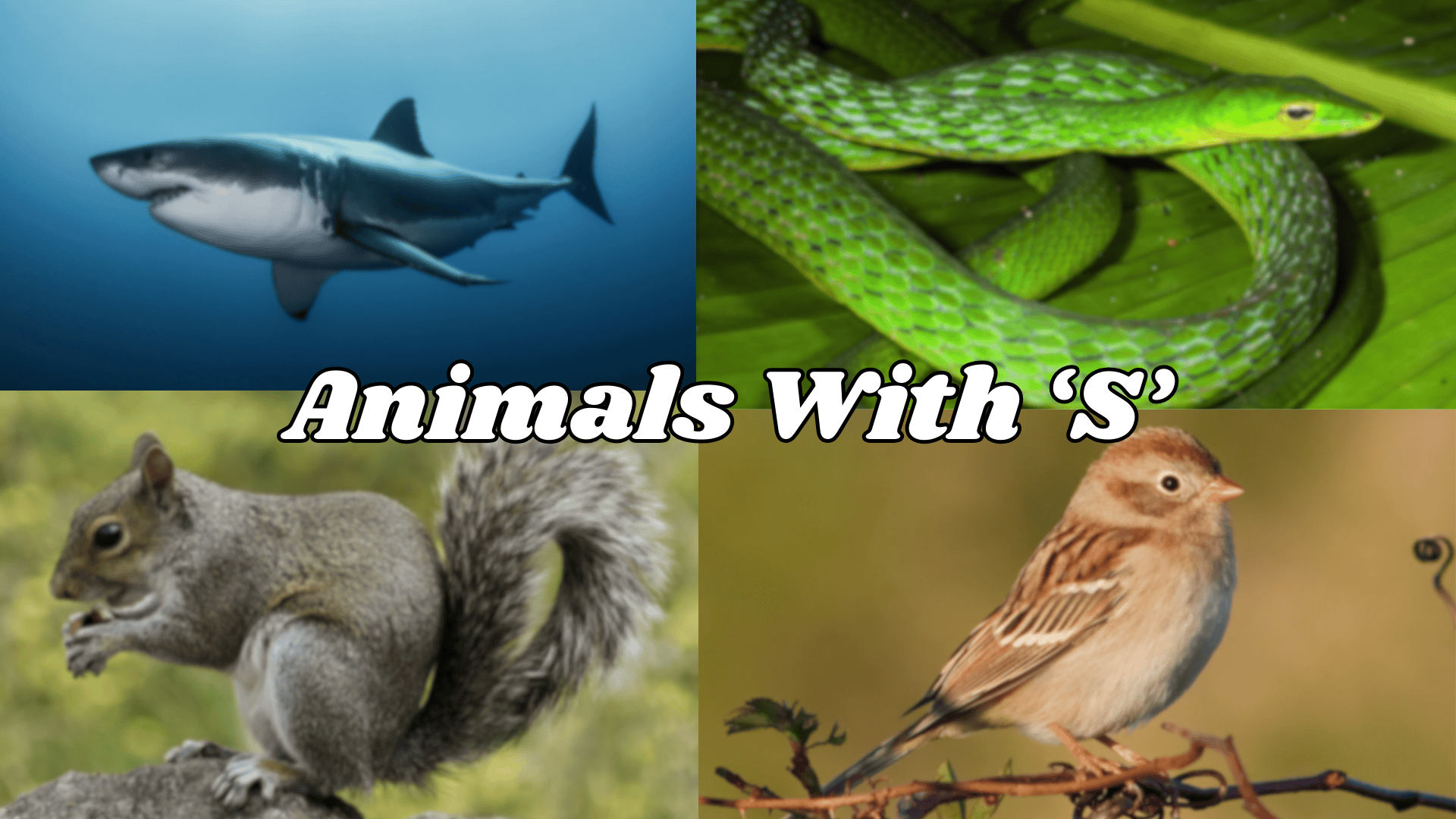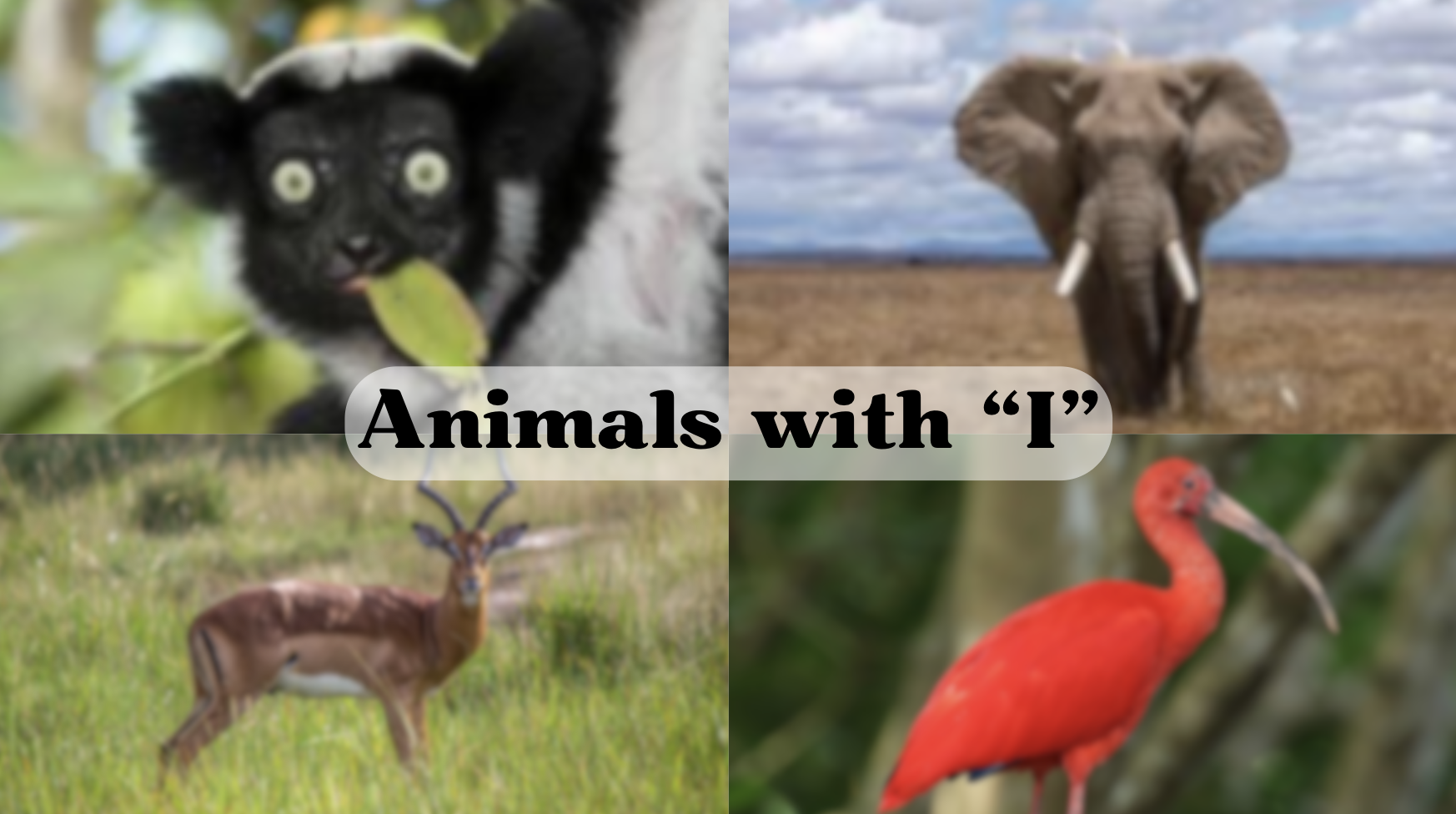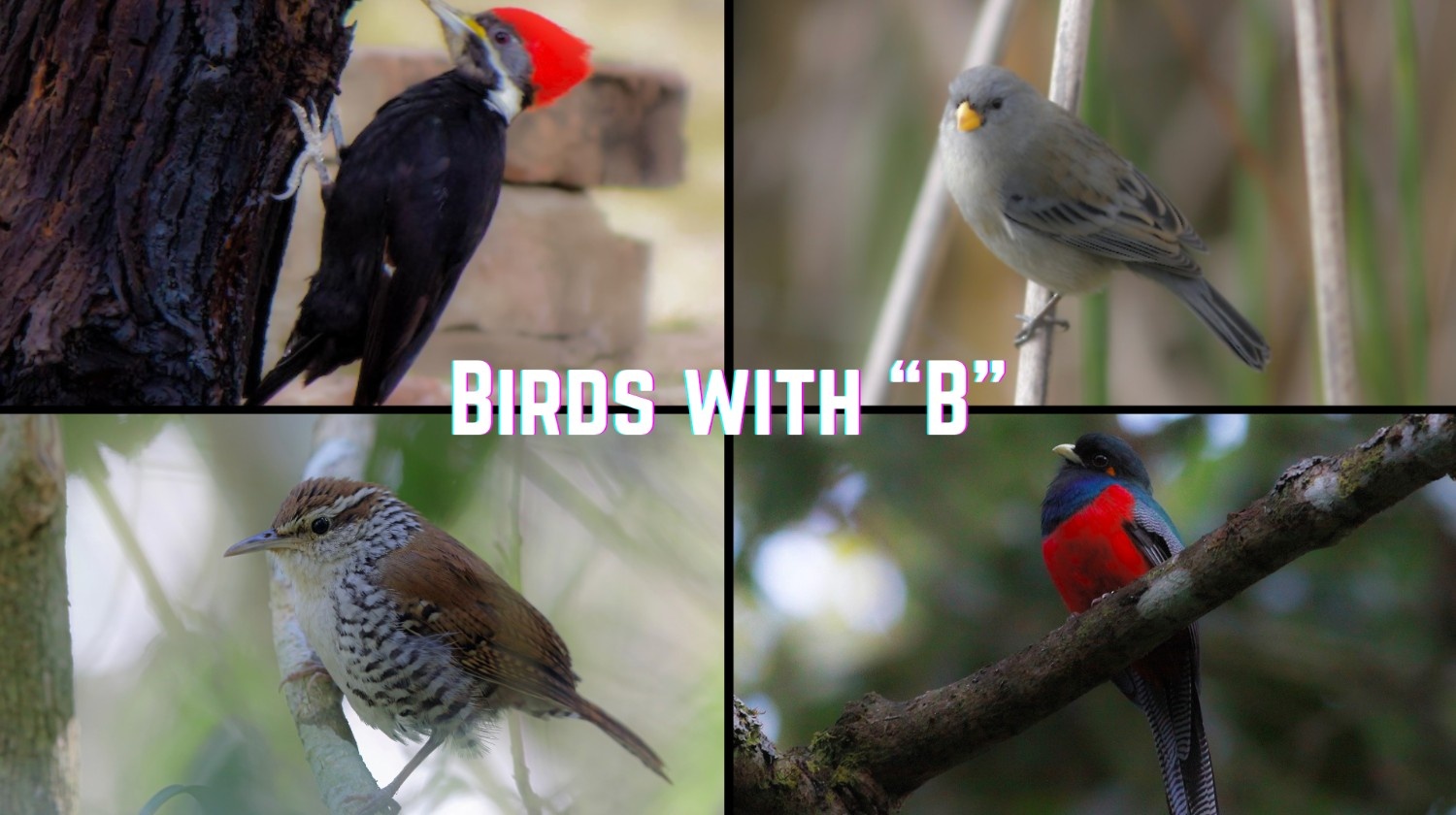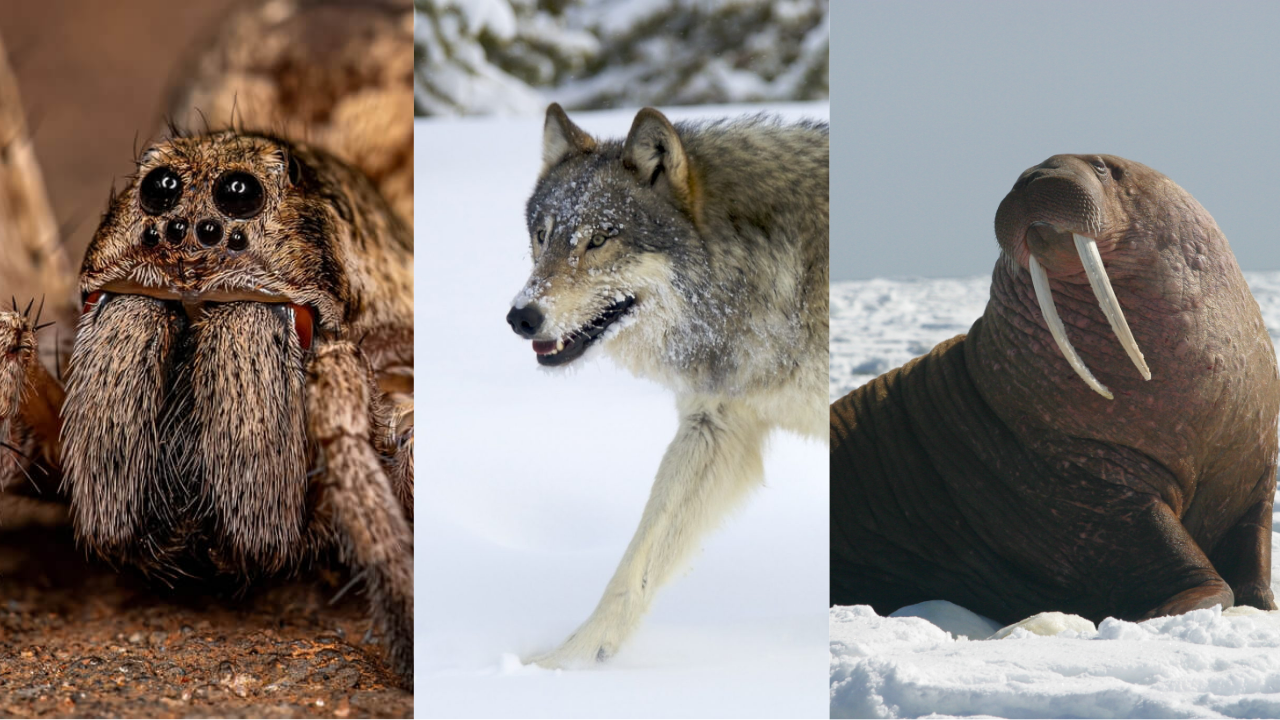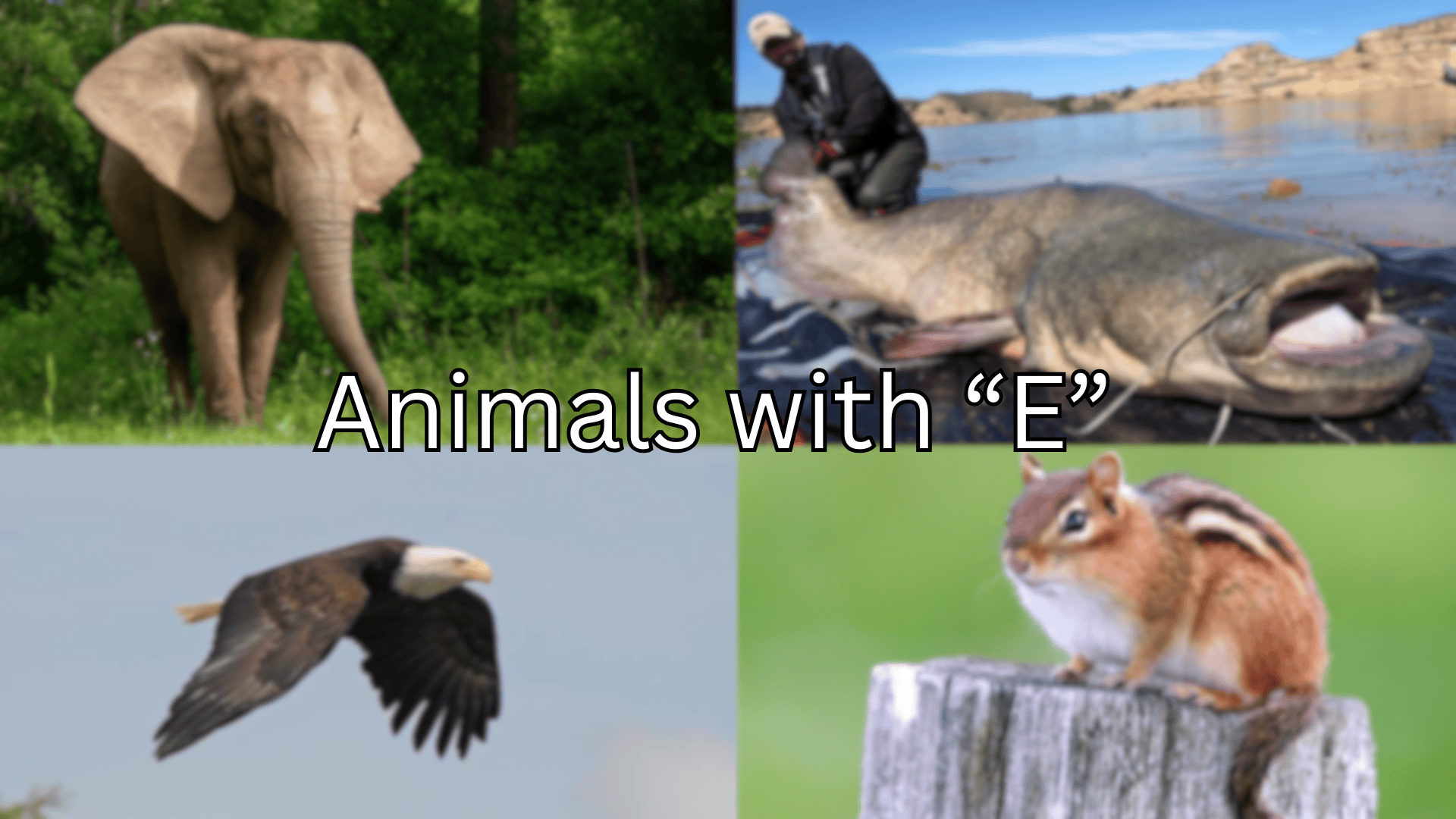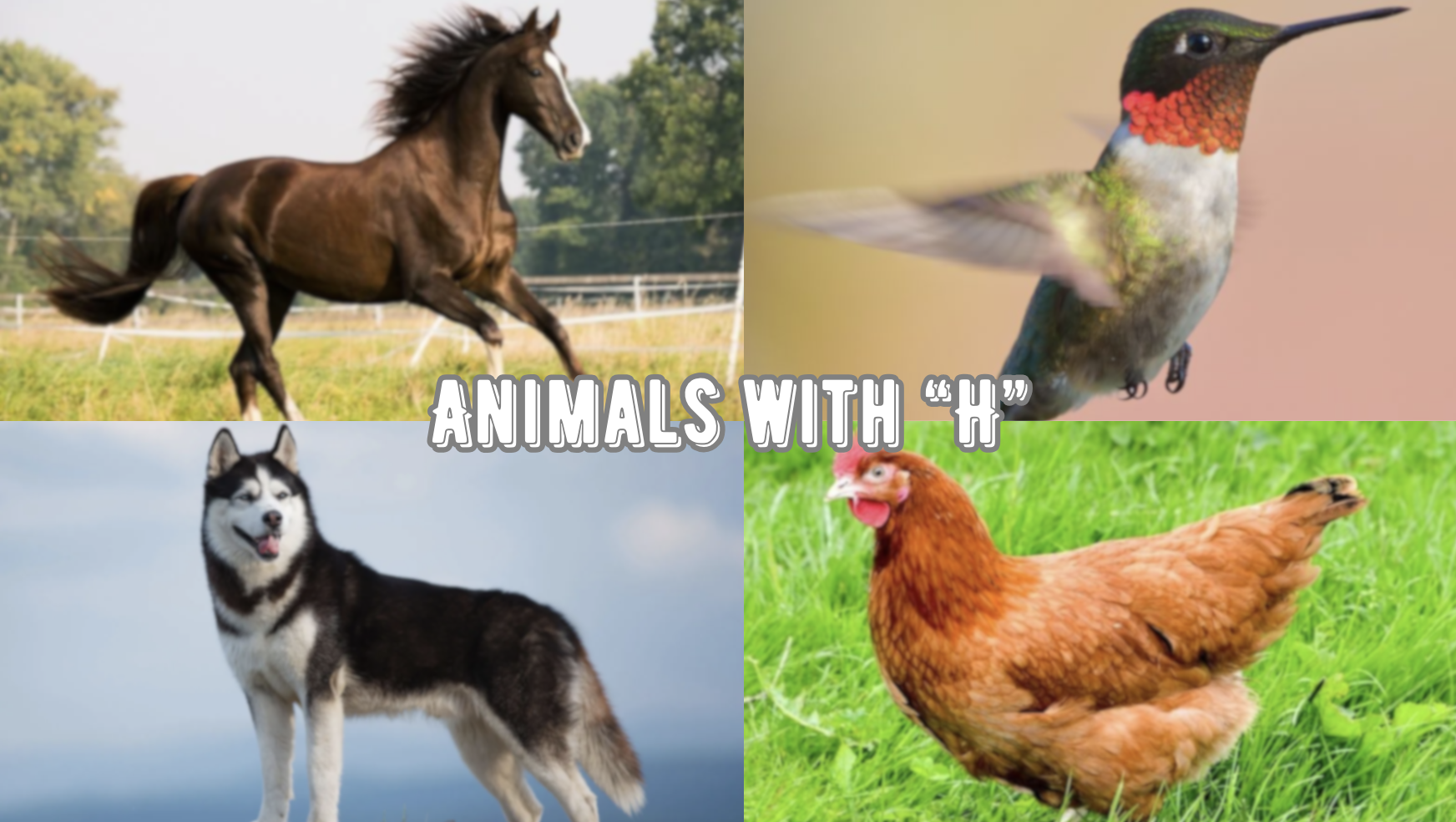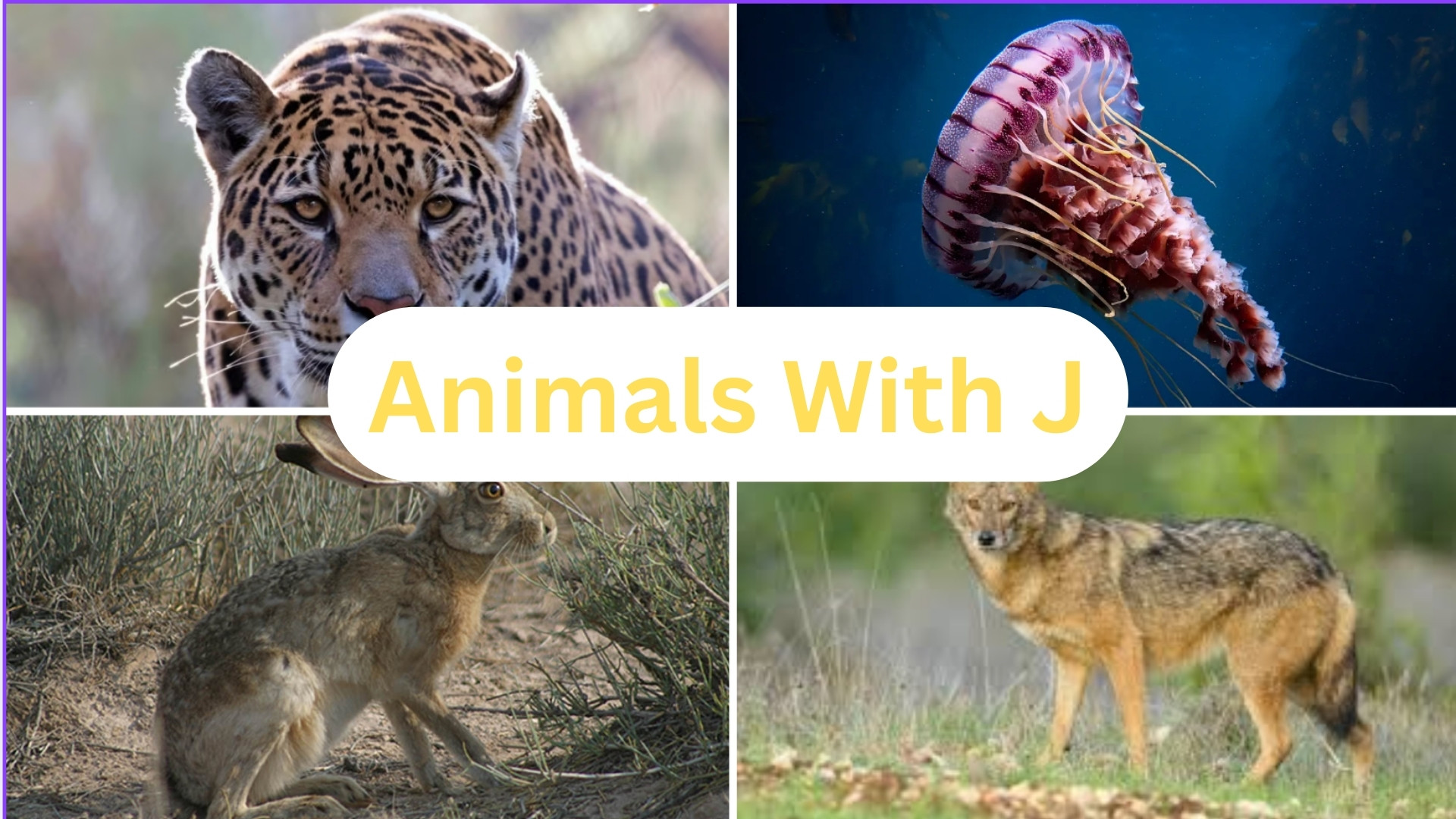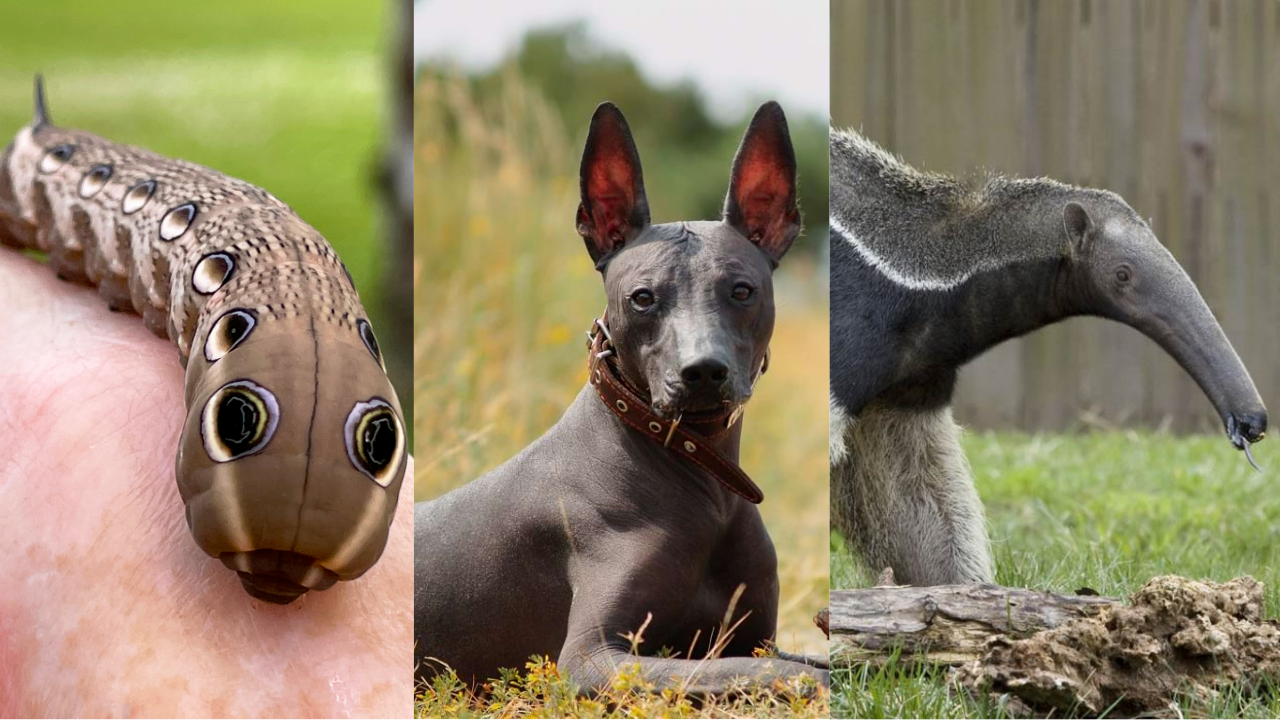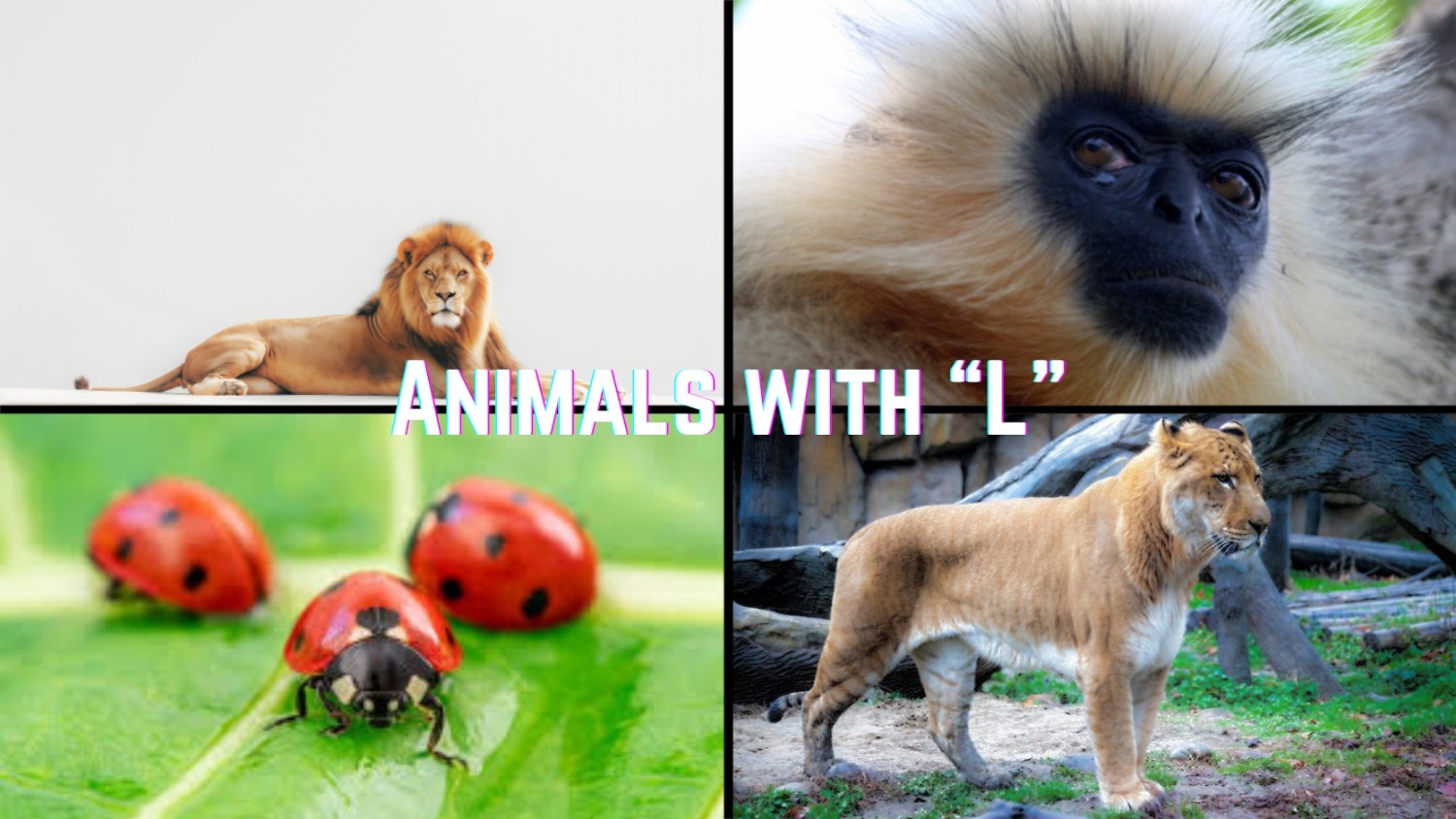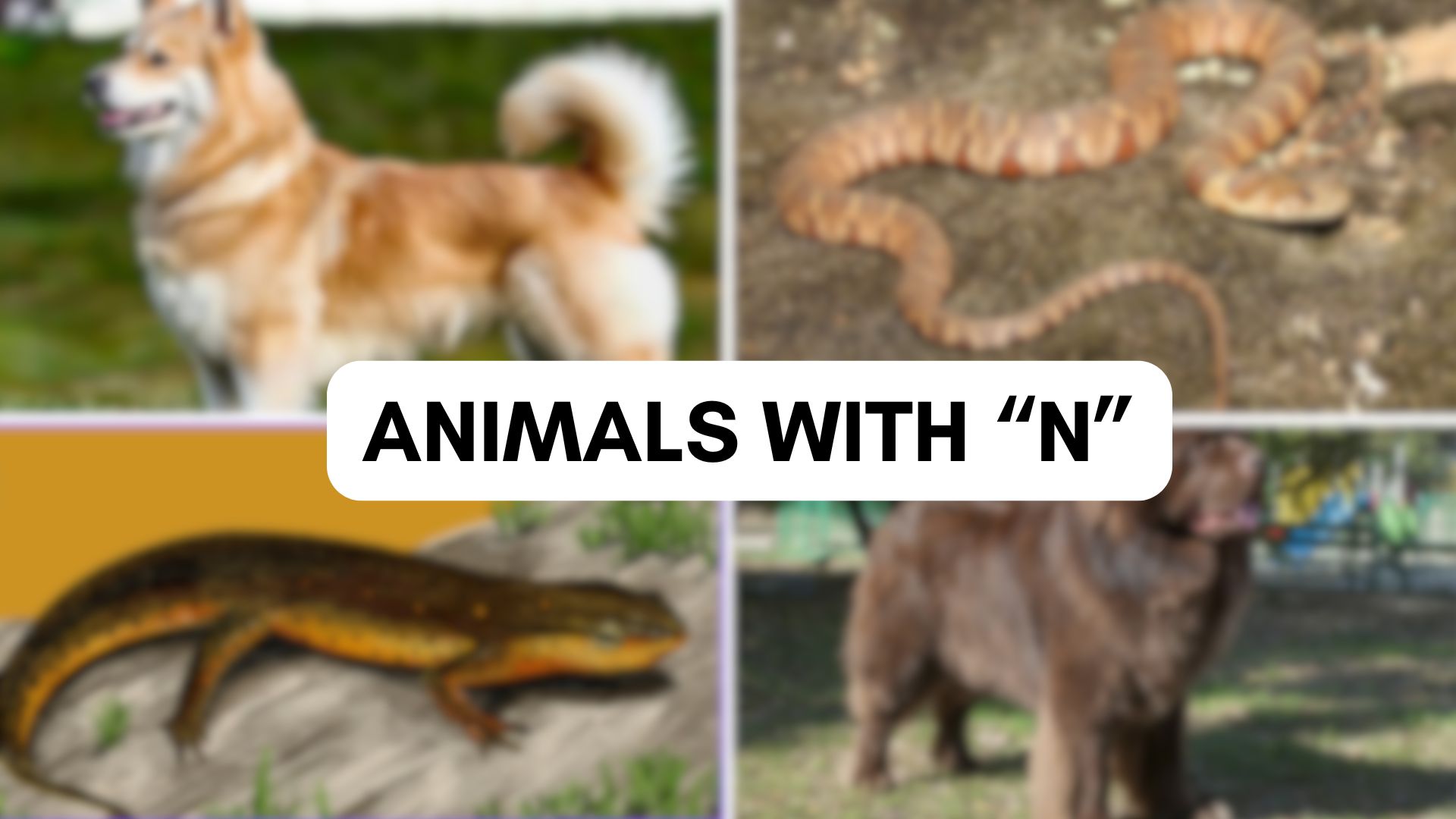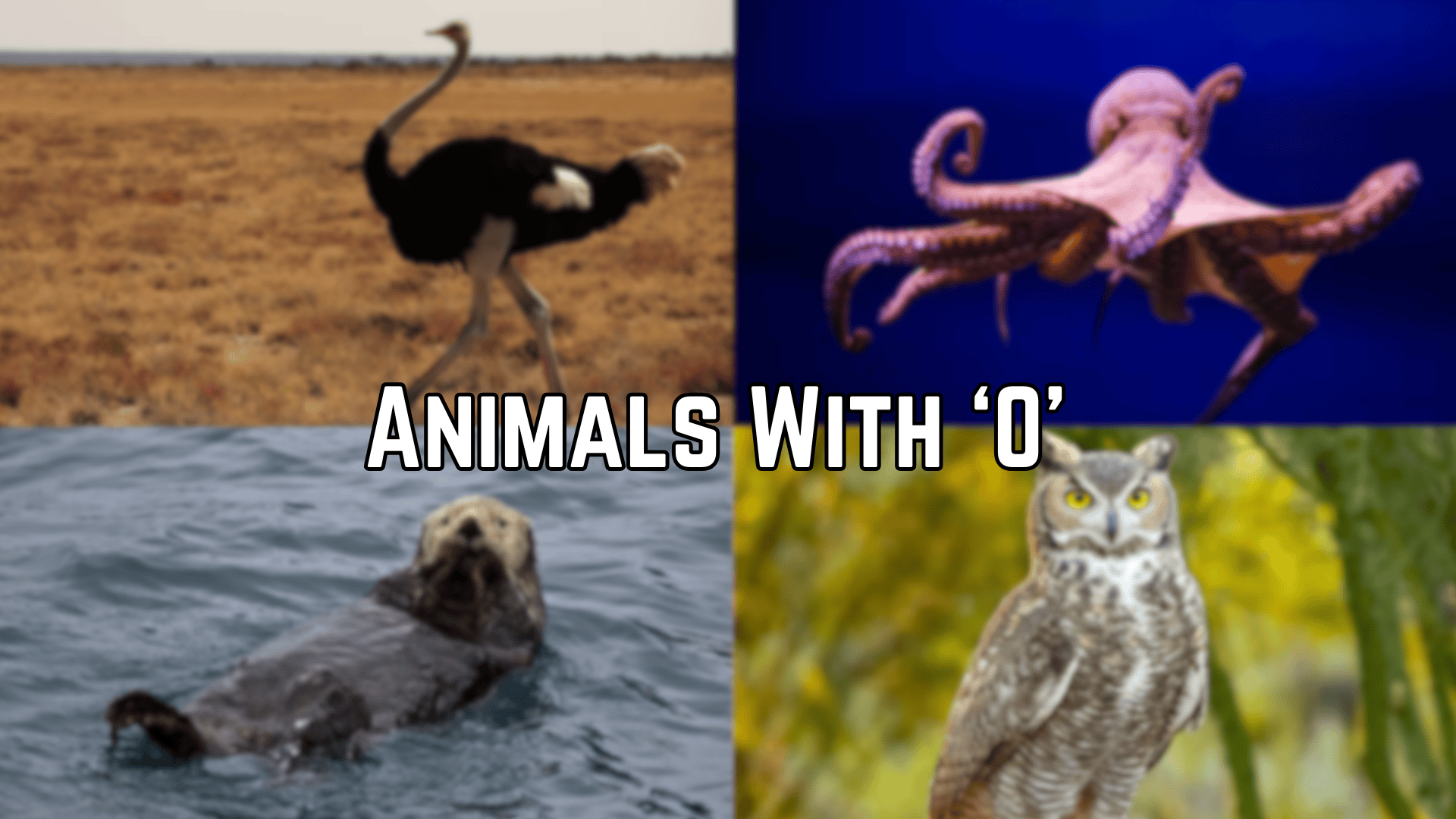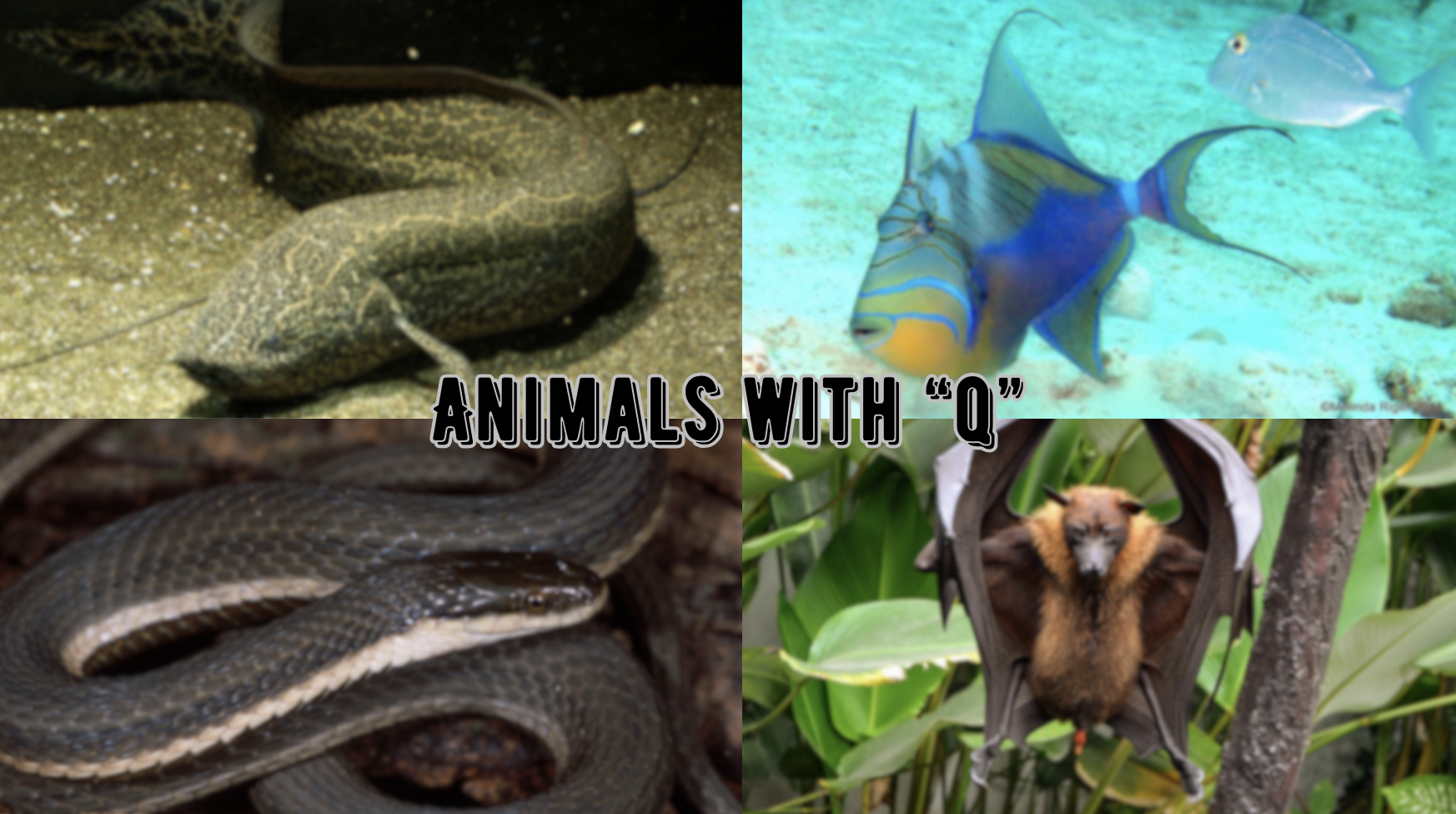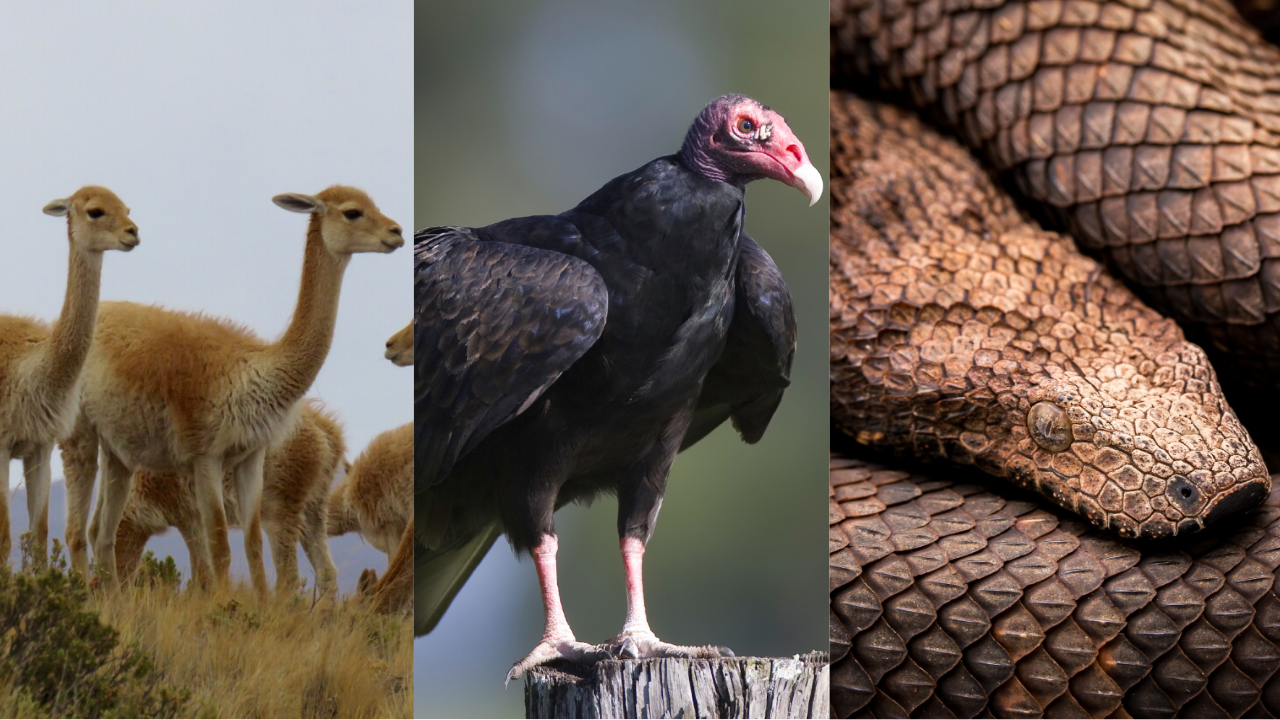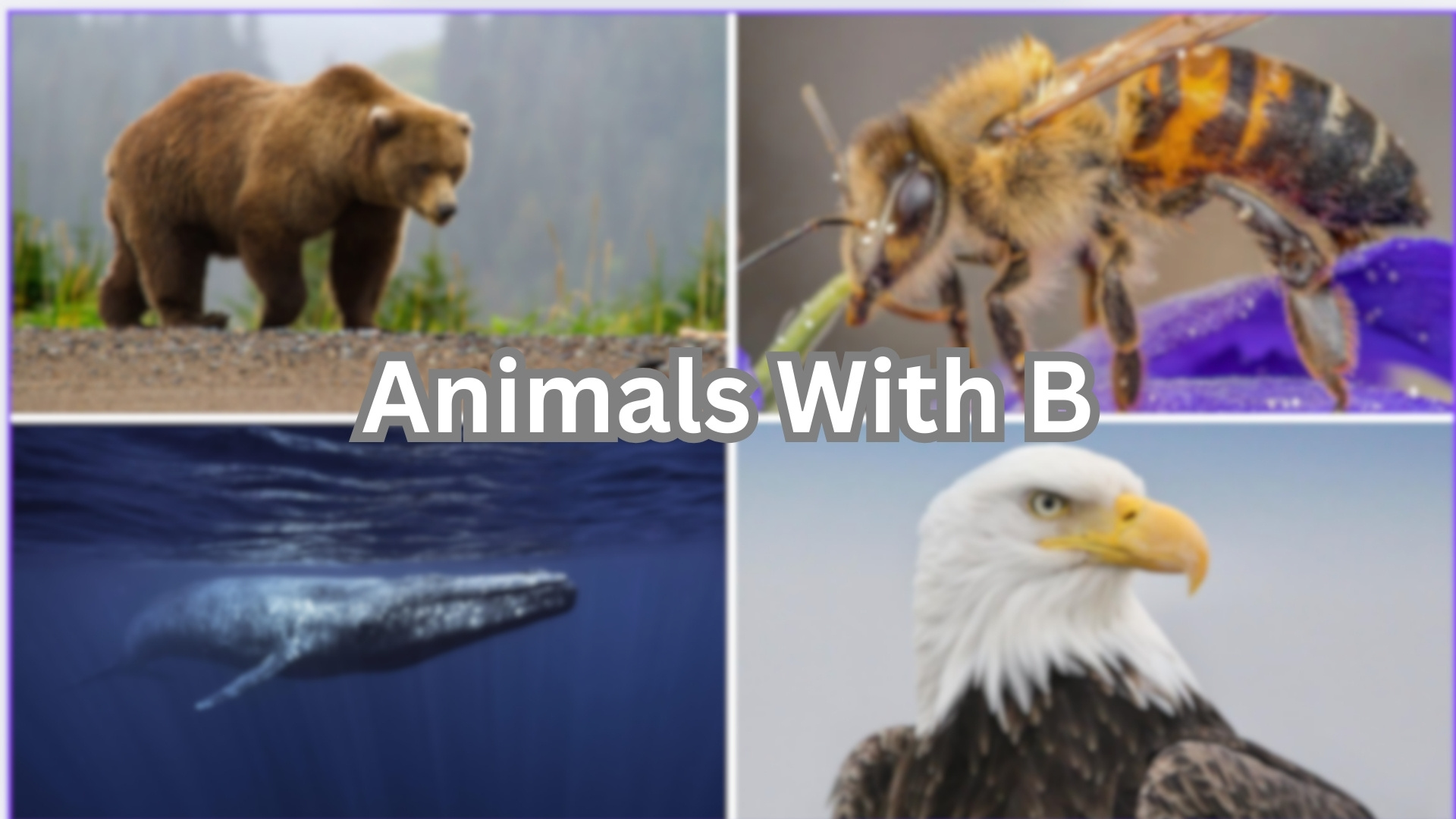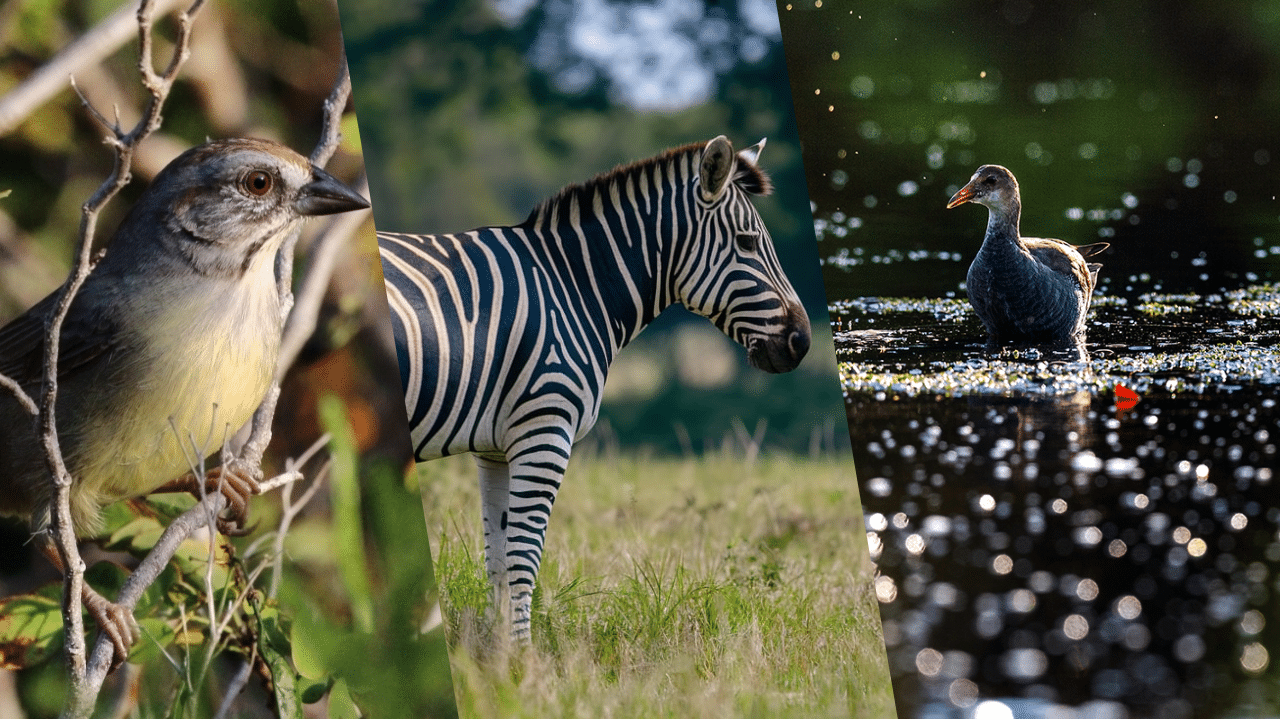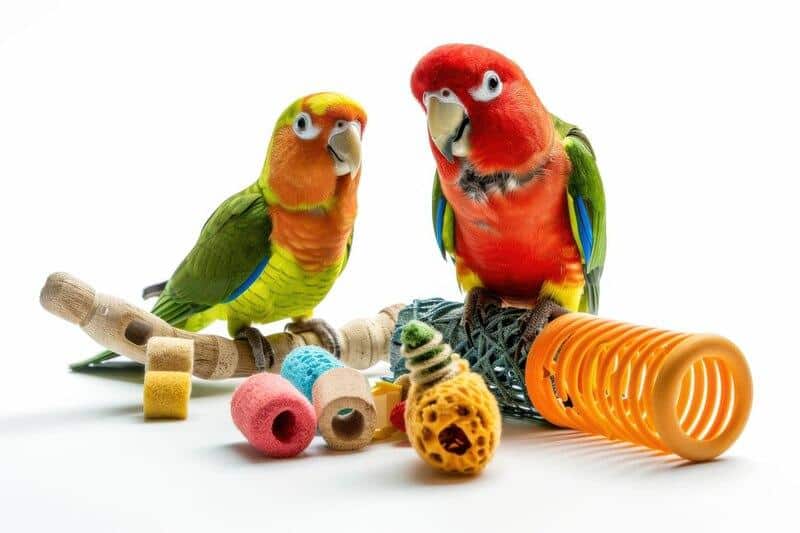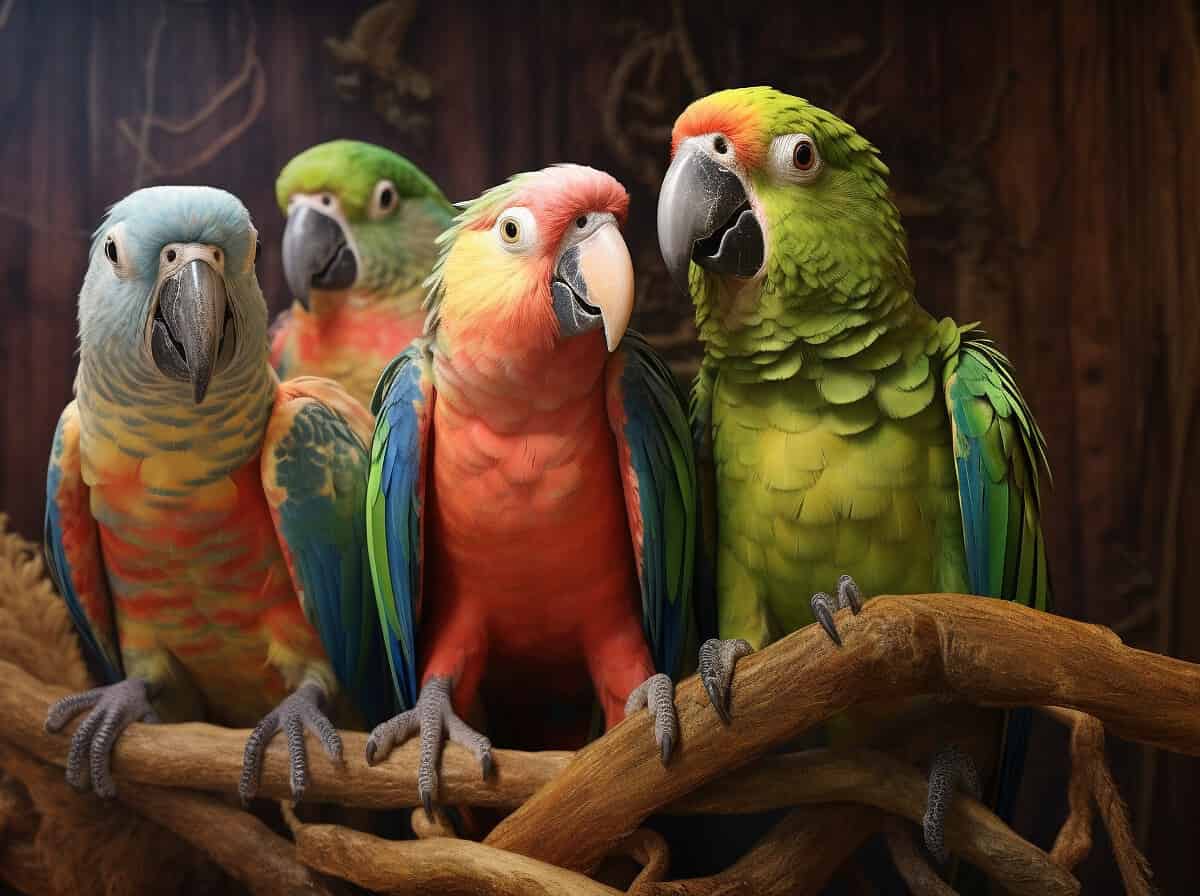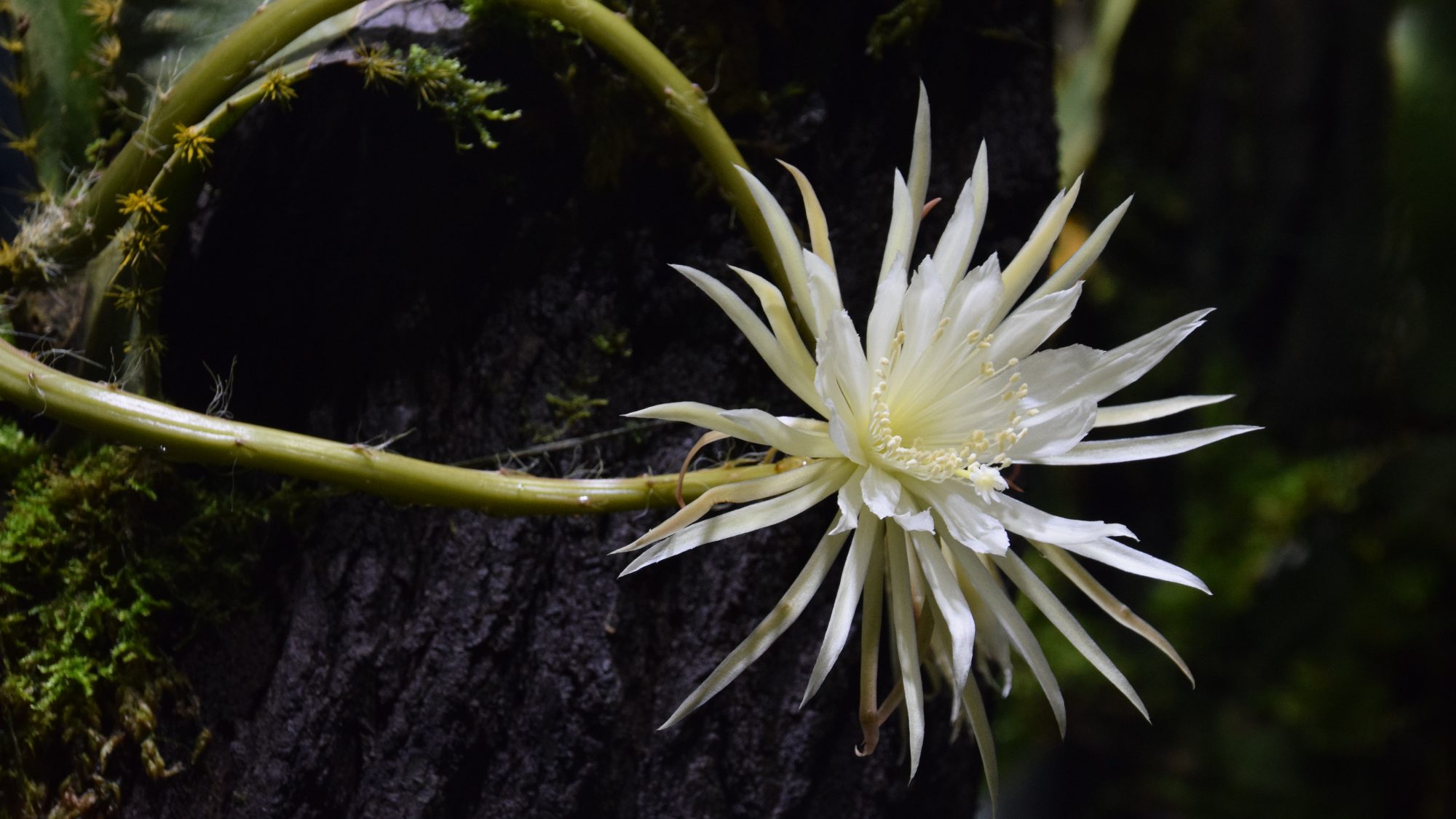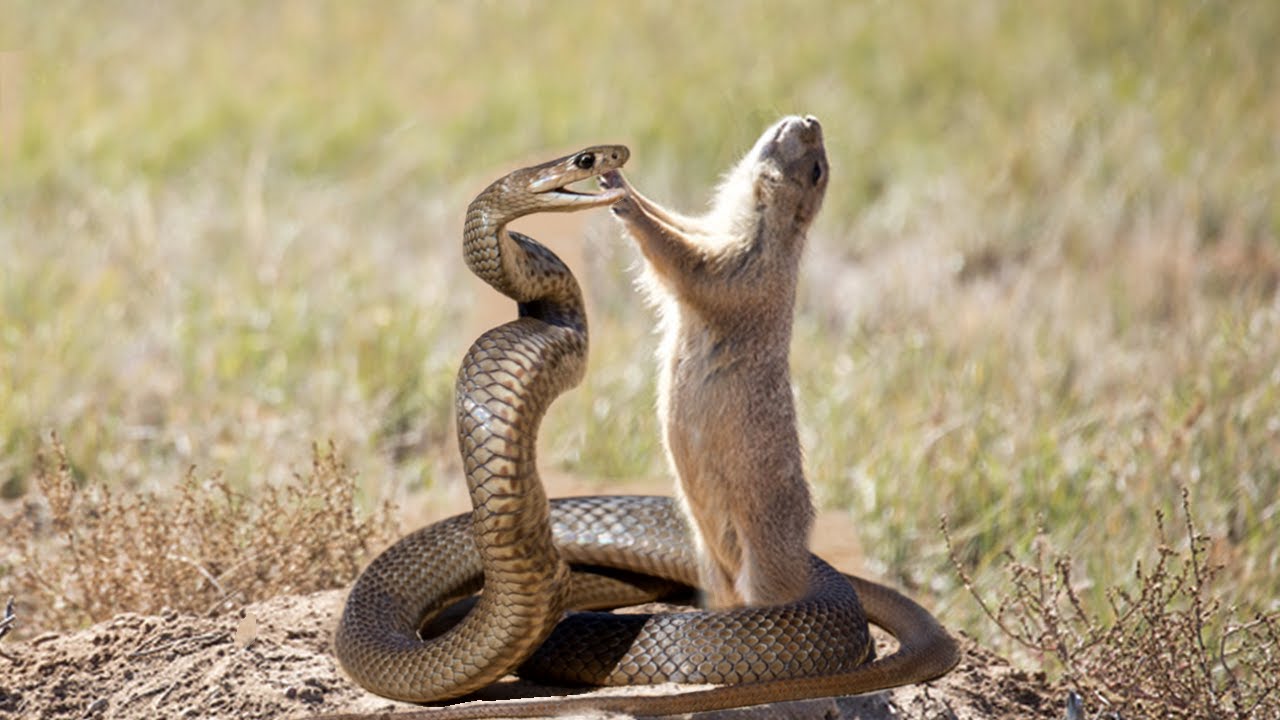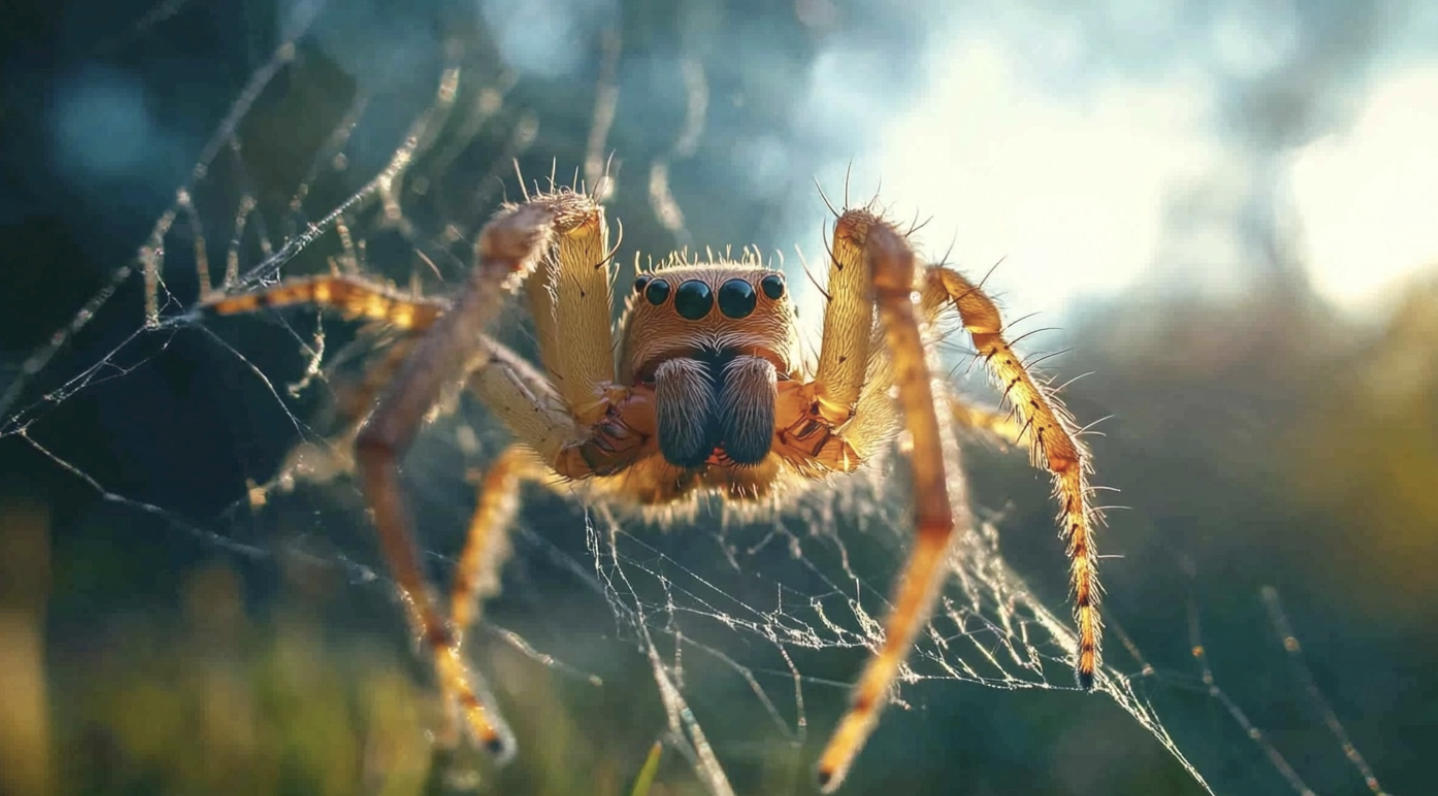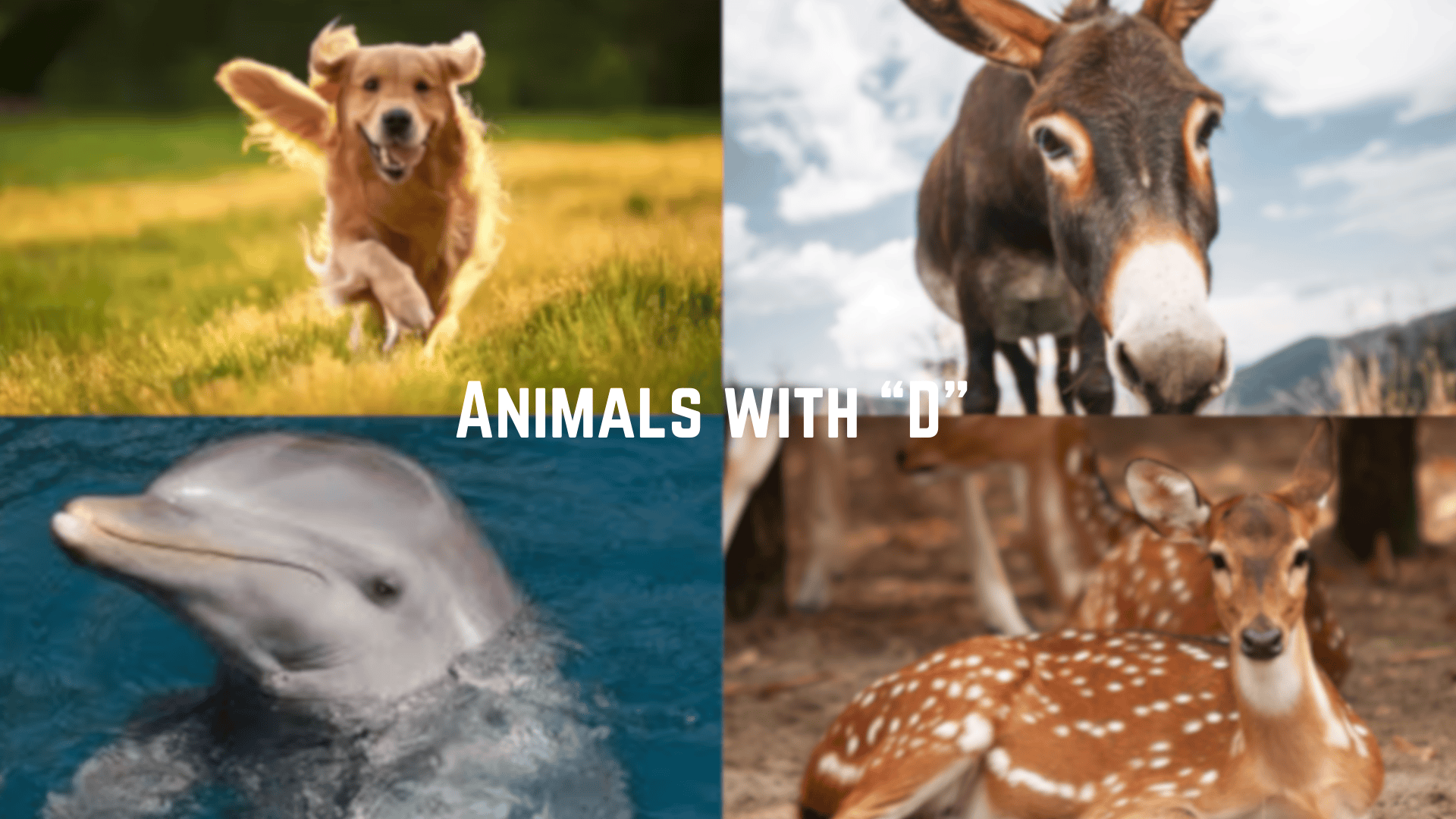
Look into the diverse world of animals beginning with the letter D. From the depths of the ocean to the highest mountains, these creatures showcase nature’s incredible variety.
This ultimate list features remarkable animals starting with D, spanning majestic mammals like dolphins and deer to lesser-known species such as dik-diks and dugongs.
If you’re a wildlife enthusiast, student, or simply curious about animal biodiversity, This collection offers intriguing insights into each creature’s habitat, characteristics, and ecological significance.
Some are endangered, others thrive abundantly, but all contribute uniquely to our planet’s rich mosaic of life. Join us on this alphabetical escapade as we probe these distinctive D-named denizens of the animal kingdom.
Meet the D: Animals That Start With “D”
1. Deer
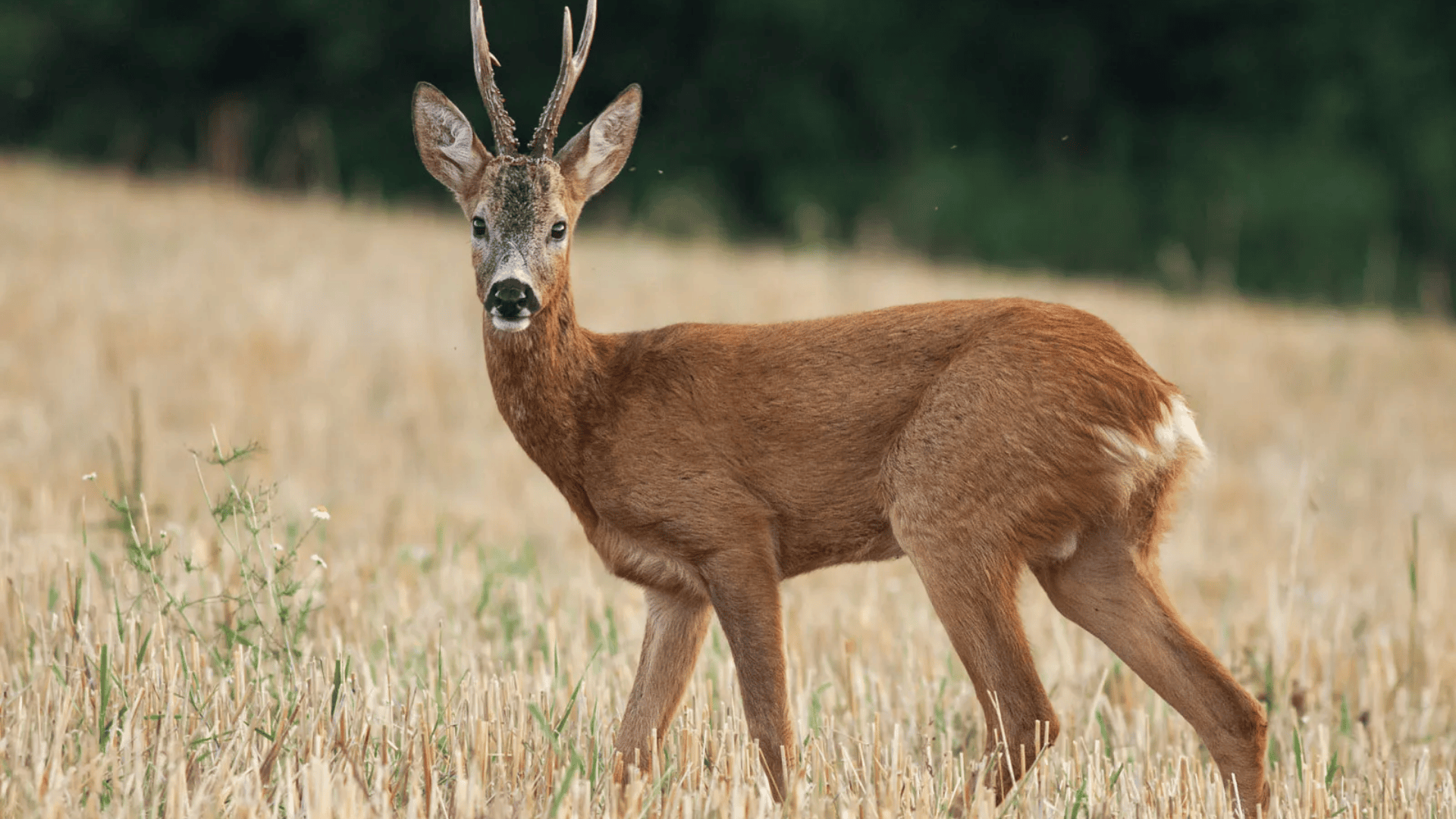
Deer are graceful, hoofed mammals known for their slender bodies, long legs, and, in many species, impressive antlers. They exhibit gentle features and swift agility, adapted for life in varied habitats.
Deer are often characterized by their alert demeanor and ability to blend into woodland environments. They use their keen senses to detect danger and communicate within their herds.
- Region of Habitat: Found in forests, grasslands, and mountainous areas across North America, Europe, Asia, and Africa.
- Scientific Name: Belong to the family Cervidae (e.g., Cervus elaphus, Odocoileus virginianus).
- Feeding Habits: Herbivorous; primarily grazes on grasses, leaves, and shoots.
- What Sound They Make: Communicate with grunts, bleats, and snorts to signal alarm or social bonding.
Fun Facts: Males regrow antlers annually. They help spread seeds and maintain healthy ecosystems.
2. Duck
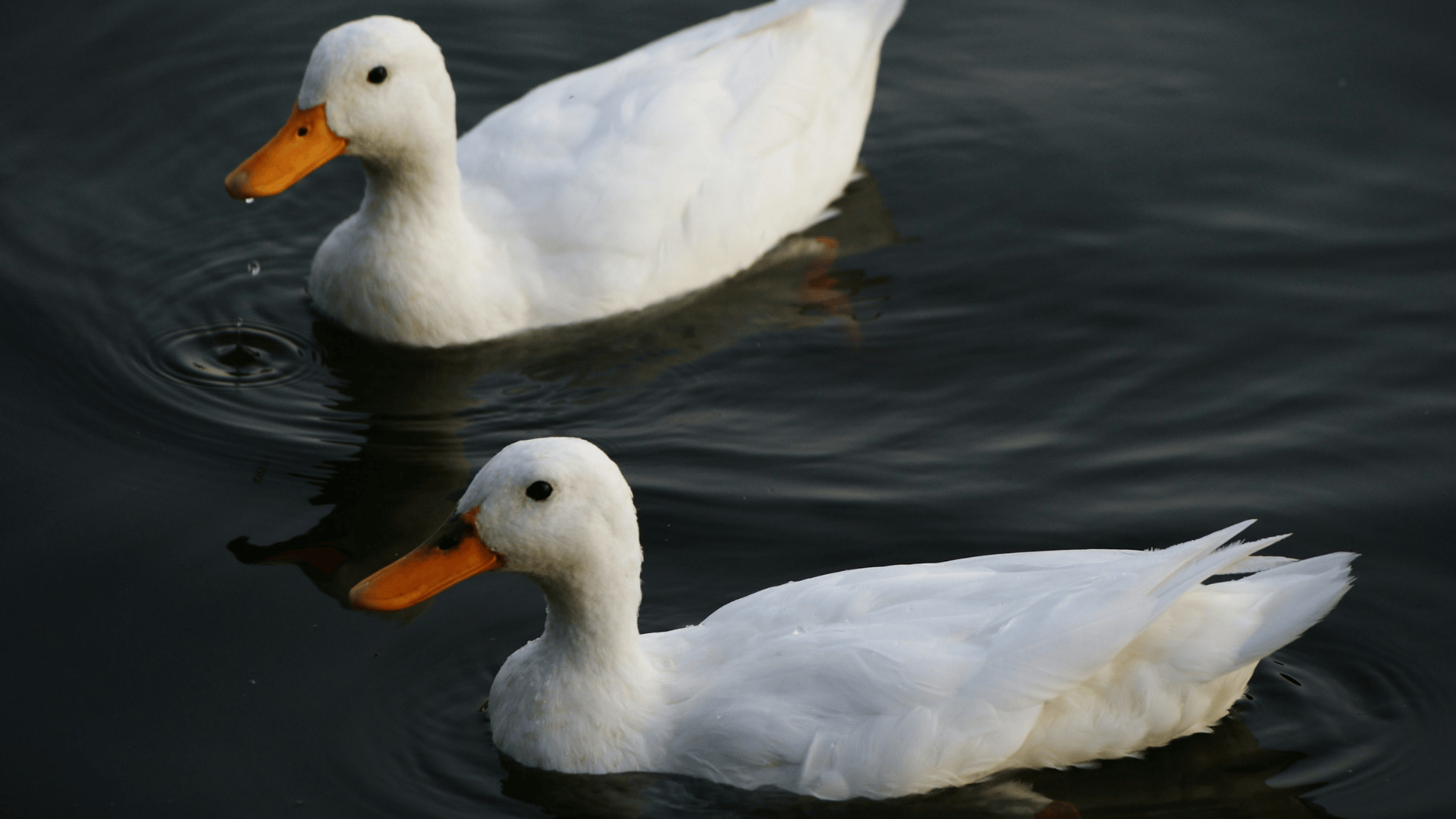
Ducks are medium-sized waterfowl known for their flat bills, webbed feet, and varied plumage. They can be found in both freshwater and coastal environments, and their adaptability has made them common on every continent except Antarctica.
Ducks are social creatures, often forming flocks and using a range of vocalizations to communicate. Males and females typically have distinct plumages, with males often sporting brighter colors to attract mates.
- Region of Habitat: Found on every continent except Antarctica; prefer wetlands, lakes, rivers, and coastal areas.
- Scientific Name: Varies by species; common examples include Anas platyrhynchos (mallard) and Aix sponsa (wood duck).
- Feeding Habits: Omnivorous; eats aquatic plants, insects, small fish, and grains. Ducks often “dabble” by tipping forward in the water to reach food beneath the surface.
- What Sound They Make: They produce a variety of quacks, whistles, and grunts, which can indicate alertness, courtship, or group cohesion.
Fun Facts: Some species of ducks can dive more than 10 feet underwater to reach food. Ducks have a specialized gland near their tails that produces oil, which they spread over their feathers to keep them waterproof.
3. Dachshund

A small but sturdy dog with a long body and short legs, the Dachshund was originally bred for hunting badgers and burrowing animals.
They are incredibly determined, fearless, and energetic, making them excellent watchdogs. Their playful nature and affectionate personality have made them one of the most popular dog breeds worldwide.
- Region of Habitat: Domesticated worldwide, adaptable to urban and rural settings.
- Scientific Name: Canis lupus familiaris
- Feeding Habits: Omnivorous; eats commercial dog food, meat, and vegetables.
- What Sound They Make: Barks loudly, often in a deep tone for its size.
Fun Facts: Known as the “sausage dog” due to its long body. Has a keen sense of smell, ranking among the top scent hounds.
4. Desert Kangaroo Rat
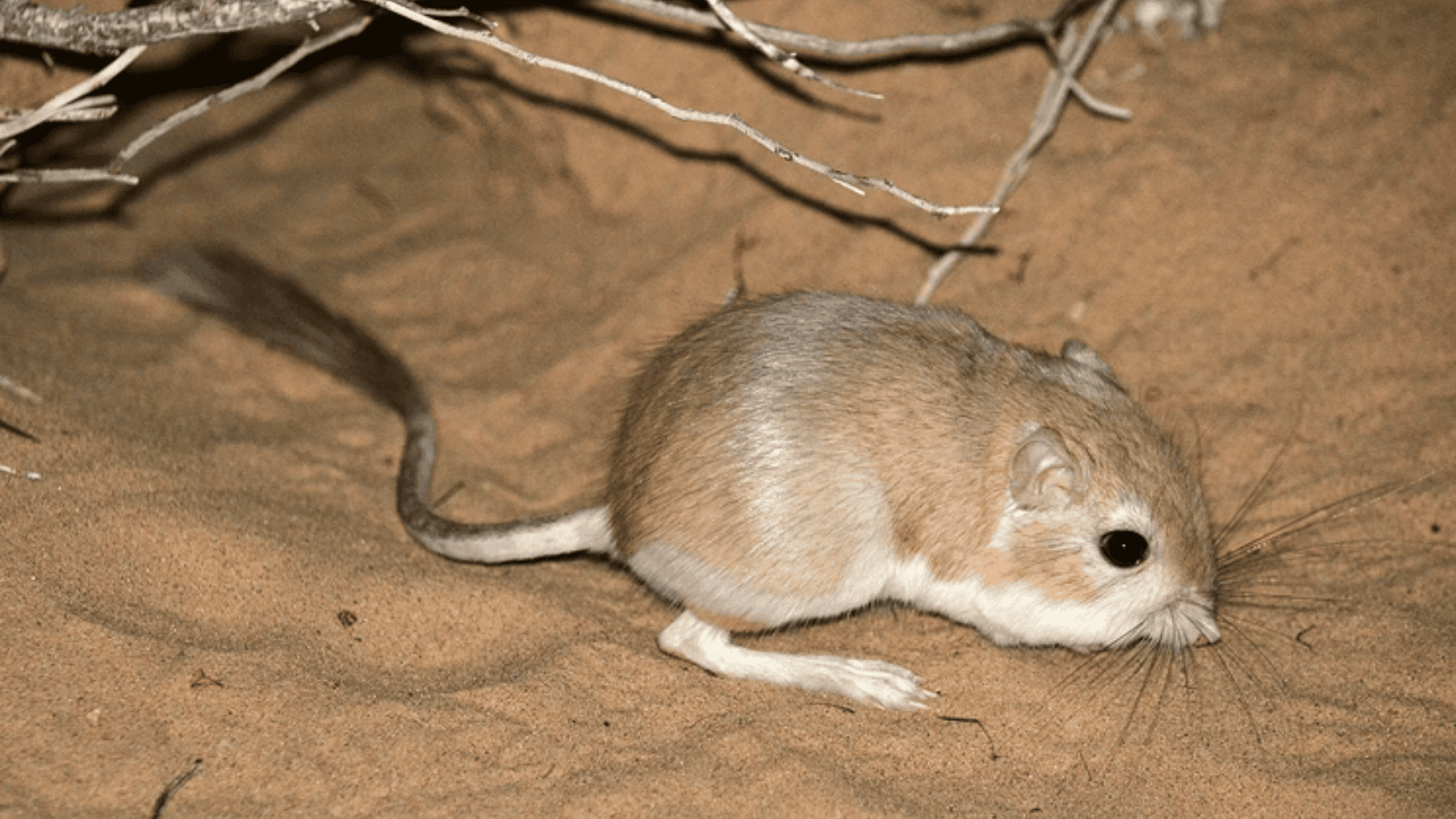
The Desert Kangaroo Rat is a small rodent with large hind legs, a long tail for balance, and big eyes adapted for nocturnal life.
They are excellent jumpers, capable of leaping several feet to escape predators. With a fur-covered body and a distinctive white stripe on the hips, this animal is perfectly suited to its arid habitat.
- Region of Habitat: Found in the deserts of North America, particularly in the southwestern United States.
- Scientific Name: Dipodomys deserti
- Feeding Habits: Herbivorous; primarily eats seeds and desert vegetation. It collects and stores seeds in burrows for future use.
- What Sound They Make: Produces soft thumping sounds by drumming its hind feet on the ground, often used for communication or to deter predators.
Fun Facts: The Desert Kangaroo Rat can survive without drinking water, obtaining all the moisture it needs from the seeds it eats. Its highly efficient kidneys minimize water loss, helping it thrive in extreme desert environments.
5. Daggernose Shark
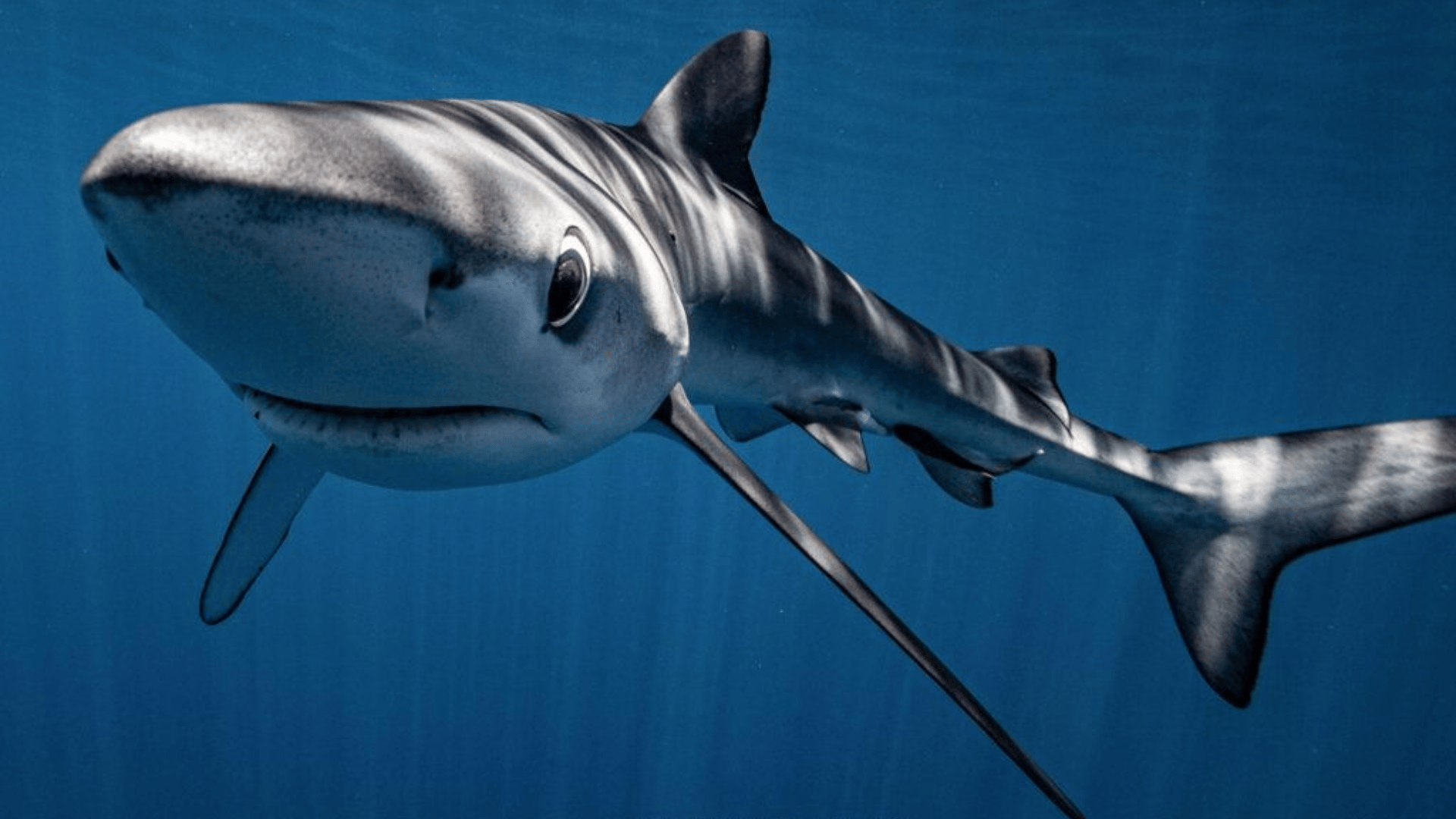
A rare and highly endangered species, the Daggernose Shark has an elongated snout that helps it detect prey in murky coastal waters.
This slow-moving predator feeds on small fish and crustaceans. Due to overfishing and habitat destruction, its population has drastically declined, making conservation efforts crucial.
- Region of Habitat: Native to the western Atlantic Ocean, particularly near Brazil and Venezuela.
- Scientific Name: Isogomphodon oxyrhynchus
- Feeding Habits: Carnivorous; preys on small fish and crustaceans.
- What Sound They Make: Silent predators do not produce vocal sounds.
Fun Facts: Critically endangered due to overfishing. Its snout aids in detecting prey in murky waters.
6. Dahl’s Whip Snake
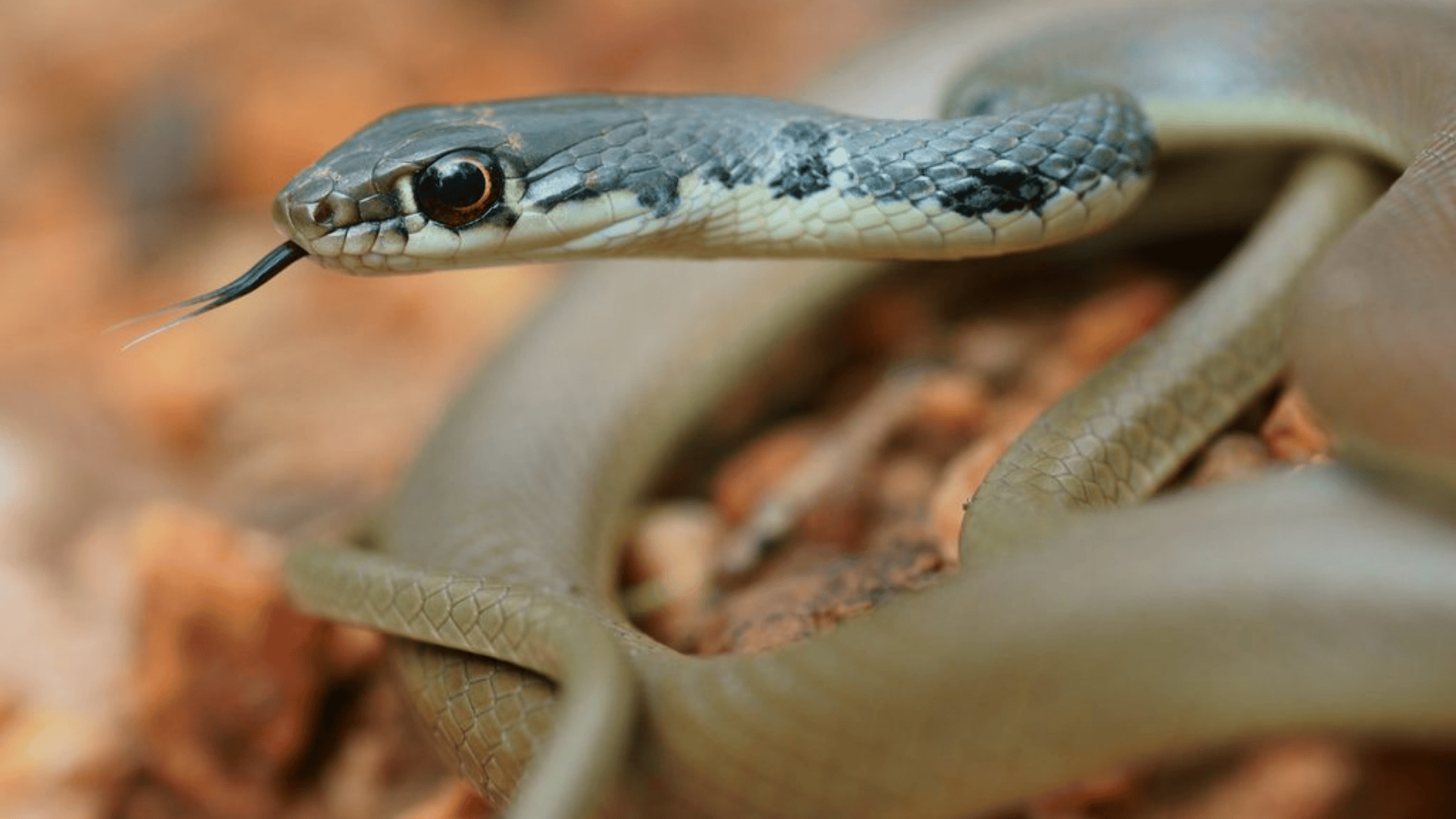
A fast-moving, slender snake with smooth scales, often mistaken for a vine. Dahl’s Whip Snake is a non-venomous species that relies on speed and agility to escape predators. It hunts small lizards, birds, and insects, striking quickly before swallowing its prey whole.
- Region of Habitat: Found in dry forests and grasslands of Central America.
- Scientific Name: Masticophis mentovarius
- Feeding Habits: Carnivorous; eats small lizards, birds, and insects.
- What Sound They Make: Hisses when threatened.
Fun Facts: You can climb trees to escape predators. Uses speed as its primary defense.
7. Daisy Parrotfish
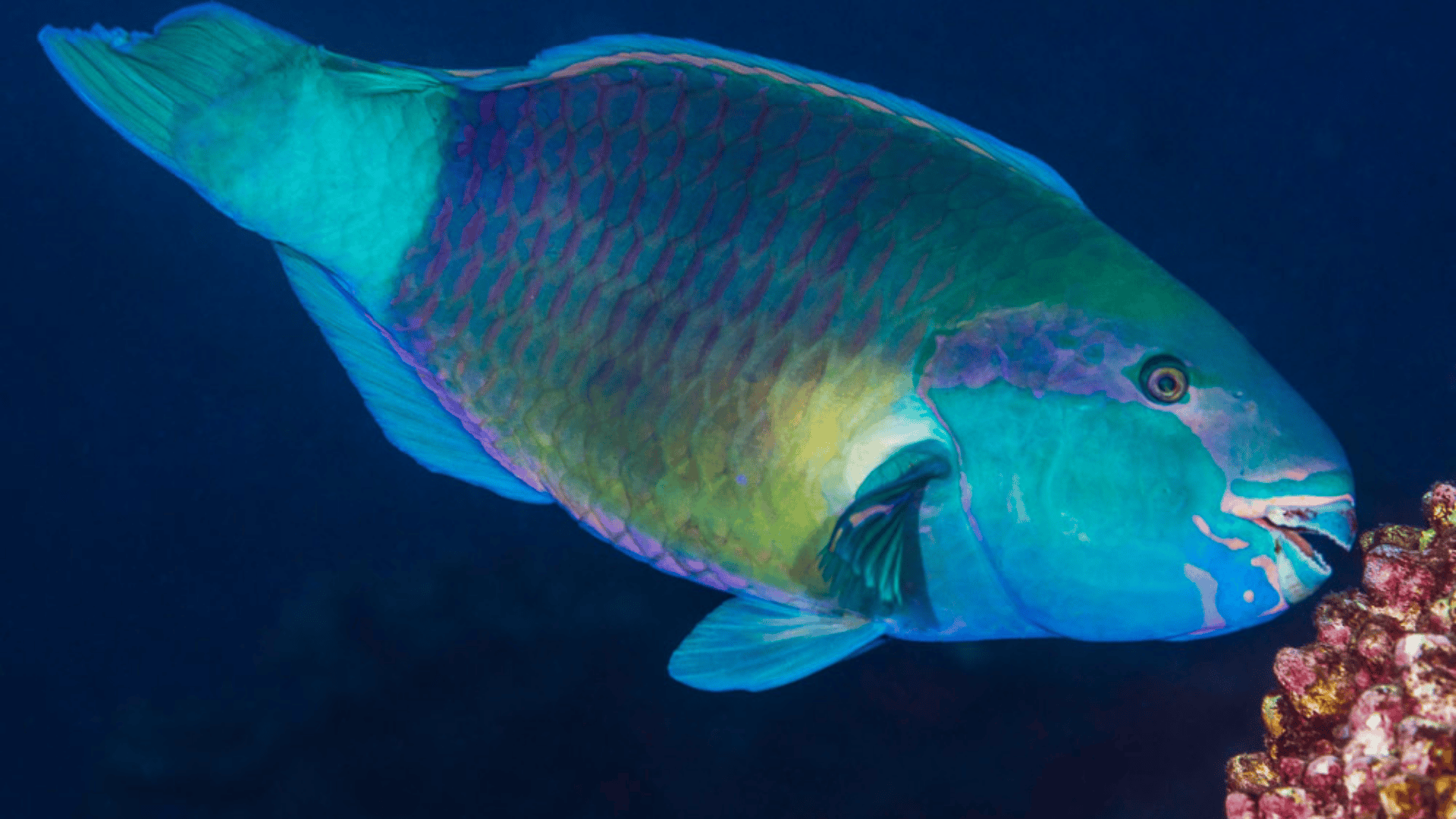
A vibrant species with a beak-like mouth, Daisy Parrotfish plays an essential role in maintaining coral reef health by grazing on algae.
These fish are known for their ability to change colors and even sexes during their lifetime. They use their fused teeth to scrape algae off rocks, ensuring a balanced reef ecosystem.
- Region of Habitat: Found in tropical coral reefs of the Pacific and Indian Oceans.
- Scientific Name: Chlorurus sordidus
- Feeding Habits: Herbivorous; primarily eats algae.
- What Sound They Make: Produces subtle grinding sounds while feeding.
Fun Facts: Contributes to reef health by controlling algae growth. It changes color as it matures.
8. Daisy’s Little Owl
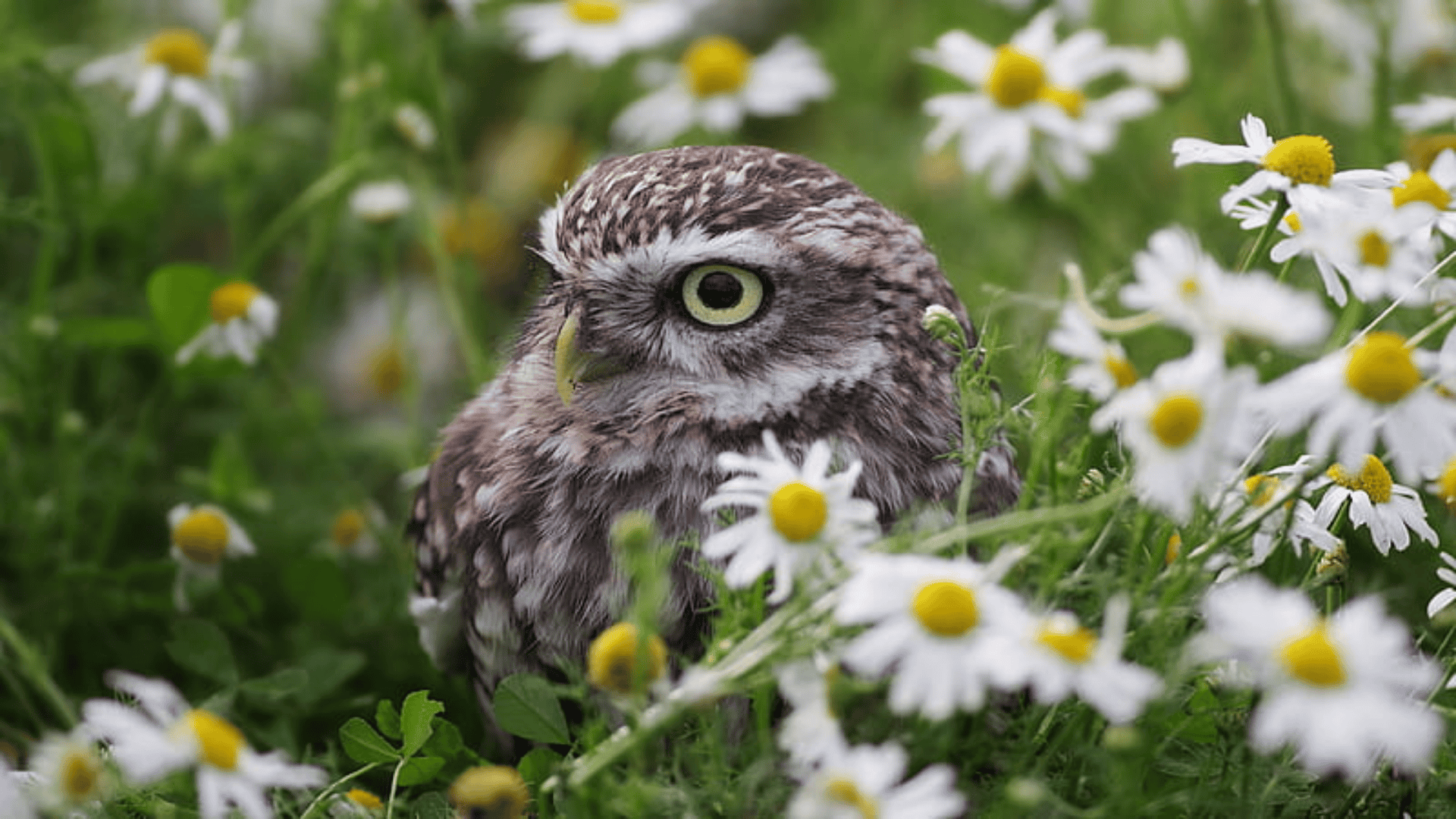
A small, nocturnal owl with spotted brown plumage and sharp talons, Daisy’s Little Owl is known for its adaptability to different environments.
These owls hunt small rodents, insects, and birds, swooping down silently on their unsuspecting prey. They are active during twilight hours and communicate using a variety of hoots and whistles.
- Region of Habitat: Found in open woodlands and farmlands of Europe and Asia.
- Scientific Name: Athene noctua
- Feeding Habits: Carnivorous; preys on small rodents and insects.
- What Sound They Make: Produces hoots and short whistles.
Fun Facts: Associated with Athena, the Greek goddess of wisdom. Active during twilight hours.
9. Dalmatian
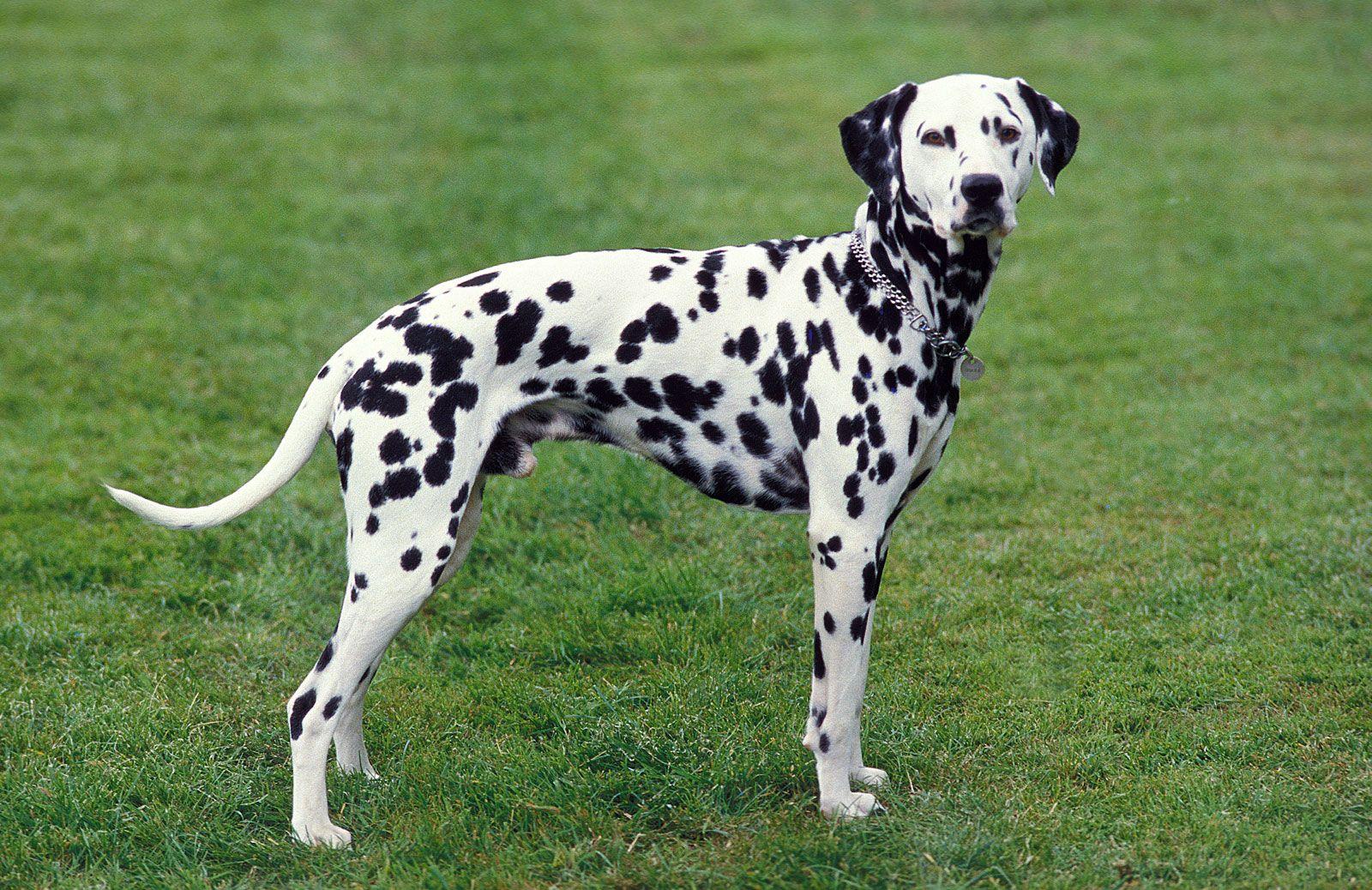
Dalmatians are a sleek, spotted dog breed known for its energetic personality and history as carriage dogs. They are highly intelligent and athletic and require regular exercise to stay happy.
Their black or liver spots make them one of the most recognizable dog breeds. They are loyal companions who often excel in agility and obedience training.
- Region of Habitat: Domesticated worldwide, commonly found in homes and firehouses.
- Scientific Name: Canis lupus familiaris
- Feeding Habits: Omnivorous; eats dog food, meats, and grains.
- What Sound They Make: Barks loudly and can be very vocal when excited.
Fun Facts: Dalmatians are born completely white and develop their spots later. They were traditionally used as carriage dogs to protect horses from threats.
10. Dalmatian Pelican
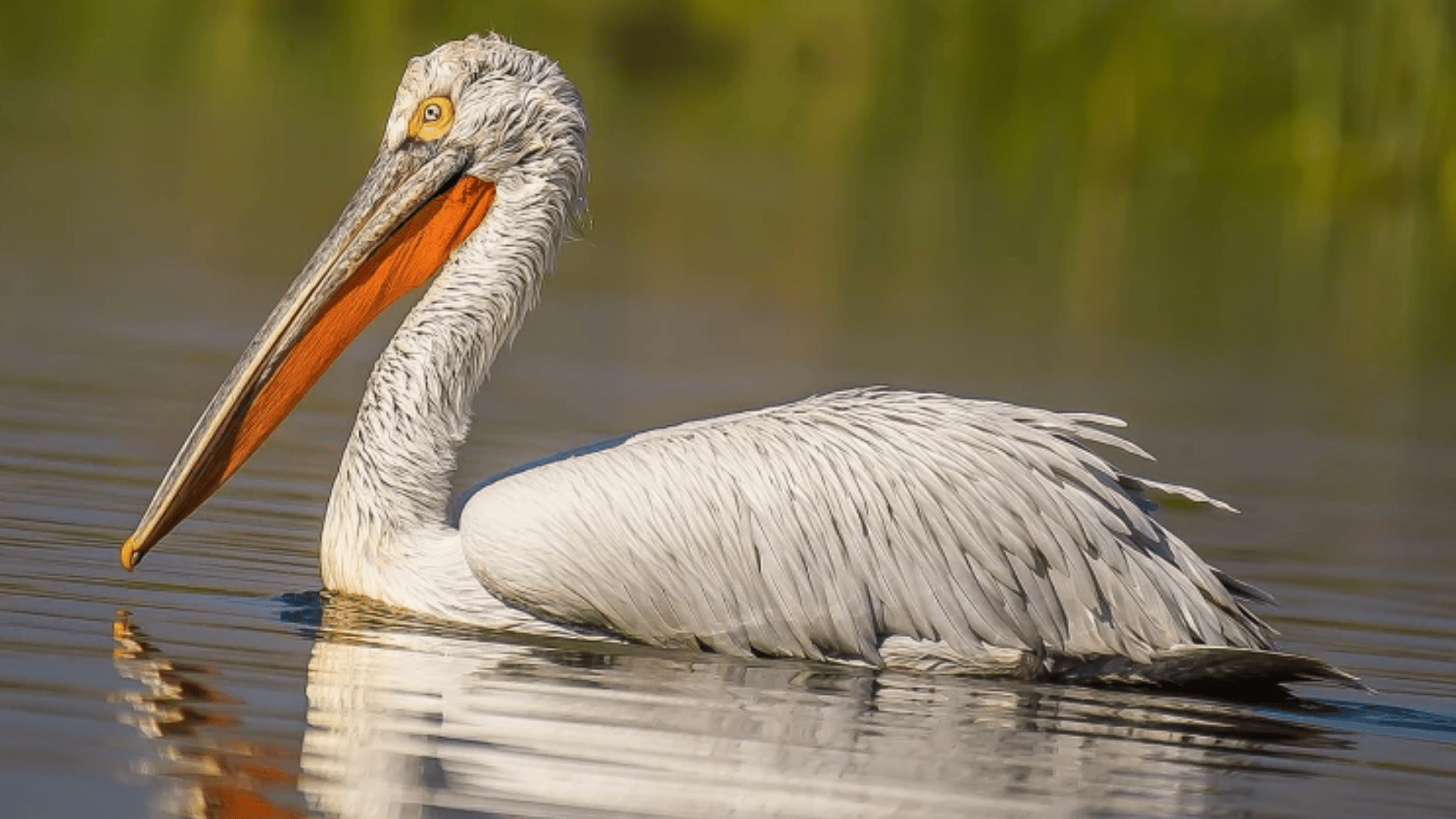
One of the largest flying birds, the Dalmatian Pelican, has an enormous wingspan and striking white plumage. Its large throat pouch helps it catch fish efficiently.
These birds are strong fliers and prefer freshwater lakes and rivers, where they hunt in coordinated groups.
- Region of Habitat: Found in wetlands, lakes, and rivers across Europe and Asia.
- Scientific Name: Pelecanus crispus
- Feeding Habits: Piscivorous; primarily eats fish.
- What Sound They Make: Generally silent but can produce deep croaks and hisses.
Fun Facts: One of the heaviest flying birds, weighing up to 15 kg (33 lbs). Works in groups to herd fish into shallow water for easy catching.
11. Damselfish
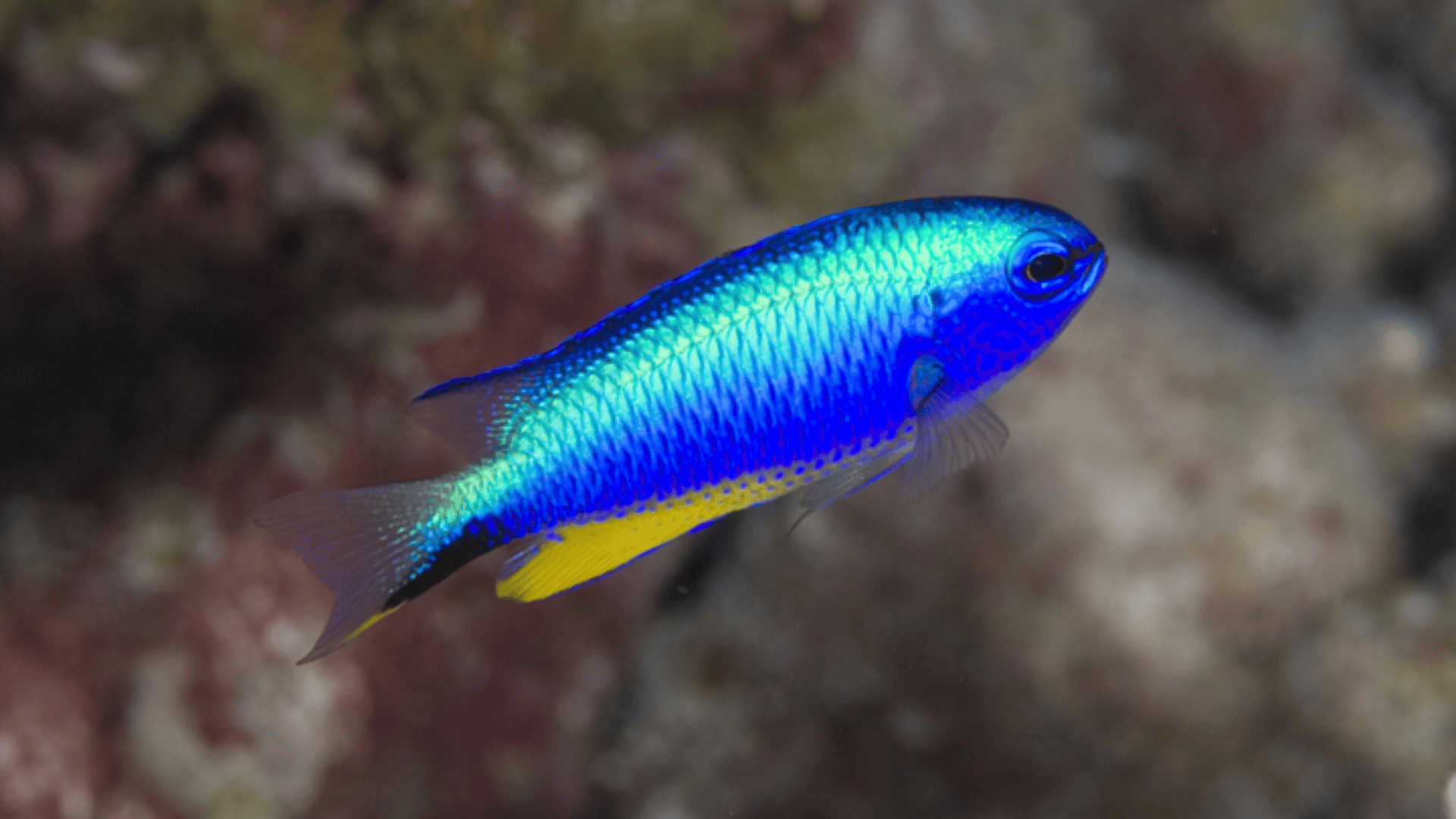
A small, vibrant reef fish known for its territorial behavior and bright coloration. Damselfish are often found near coral reefs, where they defend their territories aggressively against intruders.
Some species form symbiotic relationships with anemones, using them as shelter.
- Region of Habitat: Found in warm tropical coral reefs worldwide.
- Scientific Name: Pomacentridae
- Feeding Habits: Omnivorous; eats plankton, algae, and small invertebrates.
- What Sound They Make: Produces clicking and chirping sounds for communication.
Fun Facts: Some damselfish cultivate algae gardens and defend them from other fish. Can change color based on mood or during mating displays.
12. Dolphin
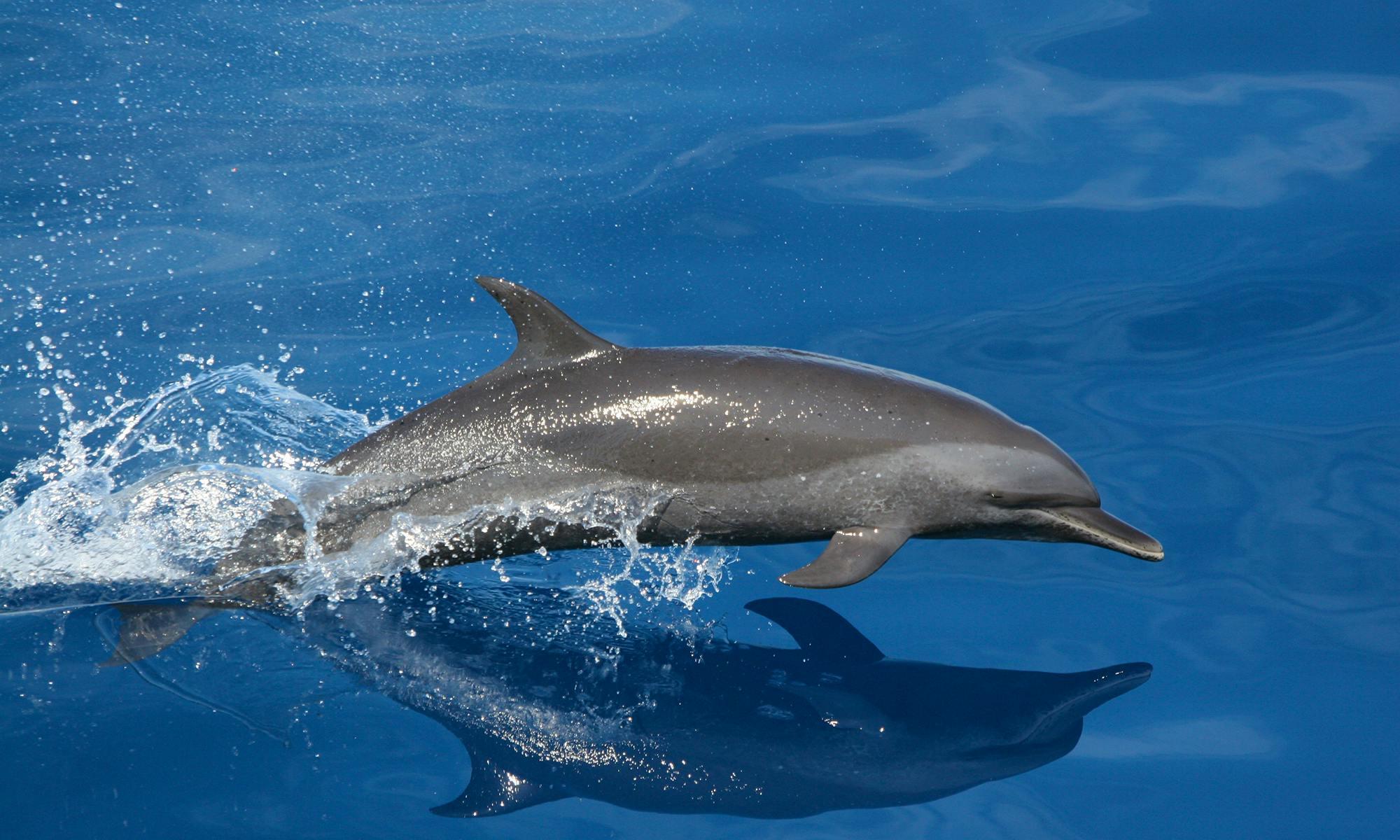
Dolphins are highly intelligent marine mammals known for their streamlined bodies, sleek grayish-blue skin, and remarkable agility in the water. Their long beaks, sharp teeth, and dorsal fins make them easily recognizable.
Social and playful, dolphins form complex pods and use a sophisticated form of echolocation to navigate and hunt. Their interactions with humans and their acrobatic displays have made them one of the most beloved creatures of the sea.
- Region of Habitat: Found in oceans, seas, and some large rivers around the world; they inhabit a range of environments from shallow coastal waters to deep open oceans.
- Scientific Name: Delphinidae
- Feeding Habits: Carnivorous; primarily feeds on fish, squid, and crustaceans. Dolphins hunt in coordinated groups, often corralling schools of fish.
- What Sound They Make: Produces a variety of whistles, clicks, and high-pitched squeaks for communication, navigation, and hunting.
Fun Facts: Dolphins are capable of recognizing themselves in mirrors, a trait seen in only a few species. They are known to form alliances, help injured members of their pod, and even rescue humans in distress.
13. Danish Swedish Farmdog

A small, energetic working dog originally bred for farm work, hunting, and companionship. This intelligent breed is highly trainable and enjoys activities such as agility and herding.
They are affectionate with their families and make great watchdogs.
- Region of Habitat: Domesticated, mainly found in Denmark and Sweden.
- Scientific Name: Canis lupus familiaris
- Feeding Habits: Omnivorous; eats a diet of meat, grains, and vegetables.
- What Sound They Make: Barks sharply when alert or excited.
Fun Facts: Recognized as a distinct breed in the 1980s despite its long history. He has a natural hunting instinct and excels at rodent control.
14. Donkey
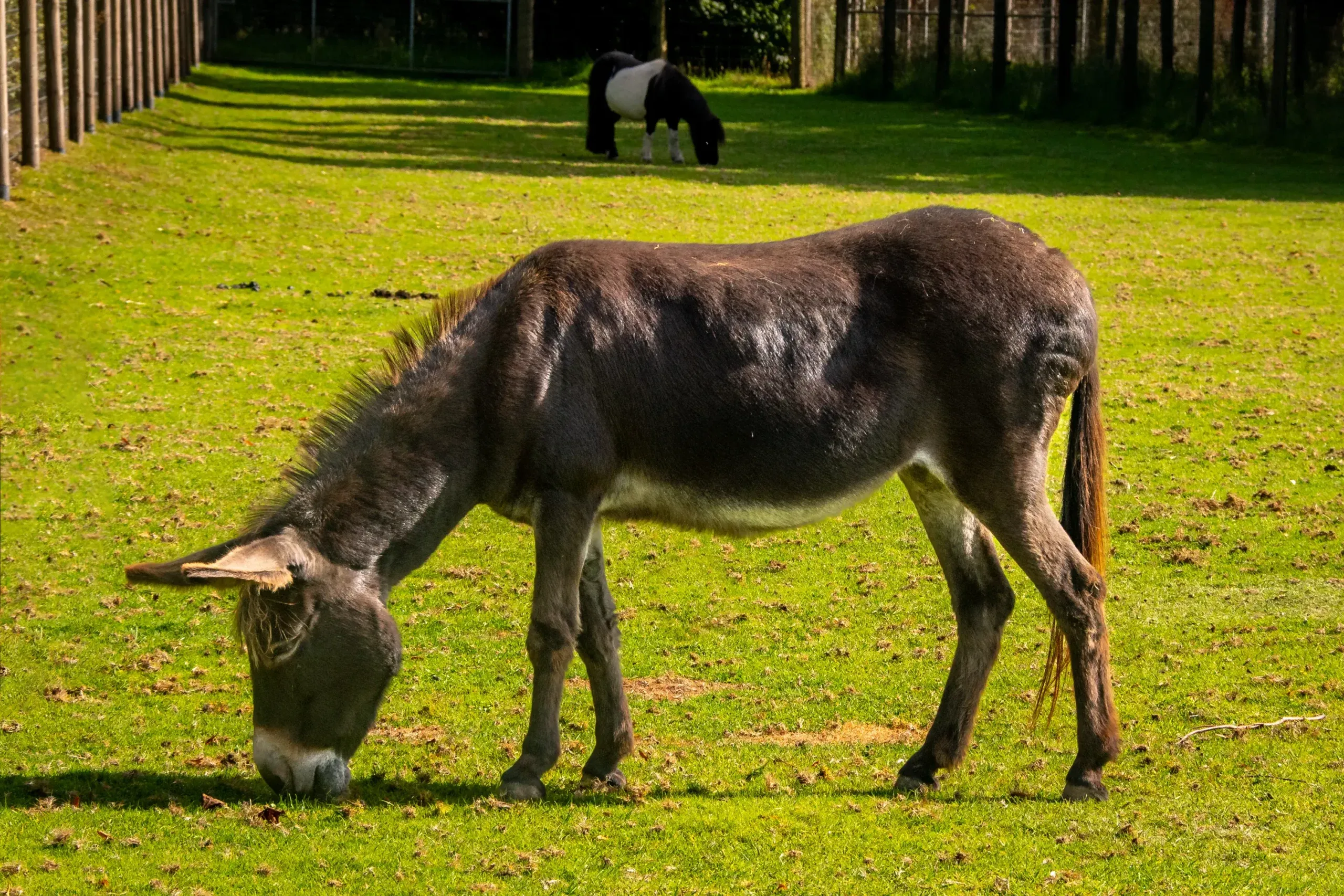
Donkeys are sturdy, medium-sized, hoofed animals with long ears, a coarse coat, and a calm, gentle demeanor. Known for their strong sense of survival, donkeys have been domesticated for over 5,000 years and have played a vital role as pack animals in rural and agricultural communities.
They are social creatures, often forming strong bonds with other donkeys, humans, and even other species. Their keen sense of hearing and adaptability have allowed them to thrive in a variety of climates and terrains.
- Region of Habitat: Found in arid and semi-arid areas around the world, including Africa, the Middle East, and South America.
- Scientific Name: Equus africanus asinus
- Feeding Habits: Herbivorous; grazes on grass, shrubs, and hay. In desert environments, they rely on tough, dry vegetation and are highly efficient at extracting nutrients.
- What Sound They Make: Produces a distinctive “bray” that can carry over long distances. This sound helps donkeys communicate with each other and find companions in sparse landscapes.
Fun Facts: Donkeys have a strong memory and can remember places and other animals for decades. Unlike horses, donkeys have tougher hooves and a more robust digestion system, making them well-suited to harsh environments.
15. Dapple Gray Horse
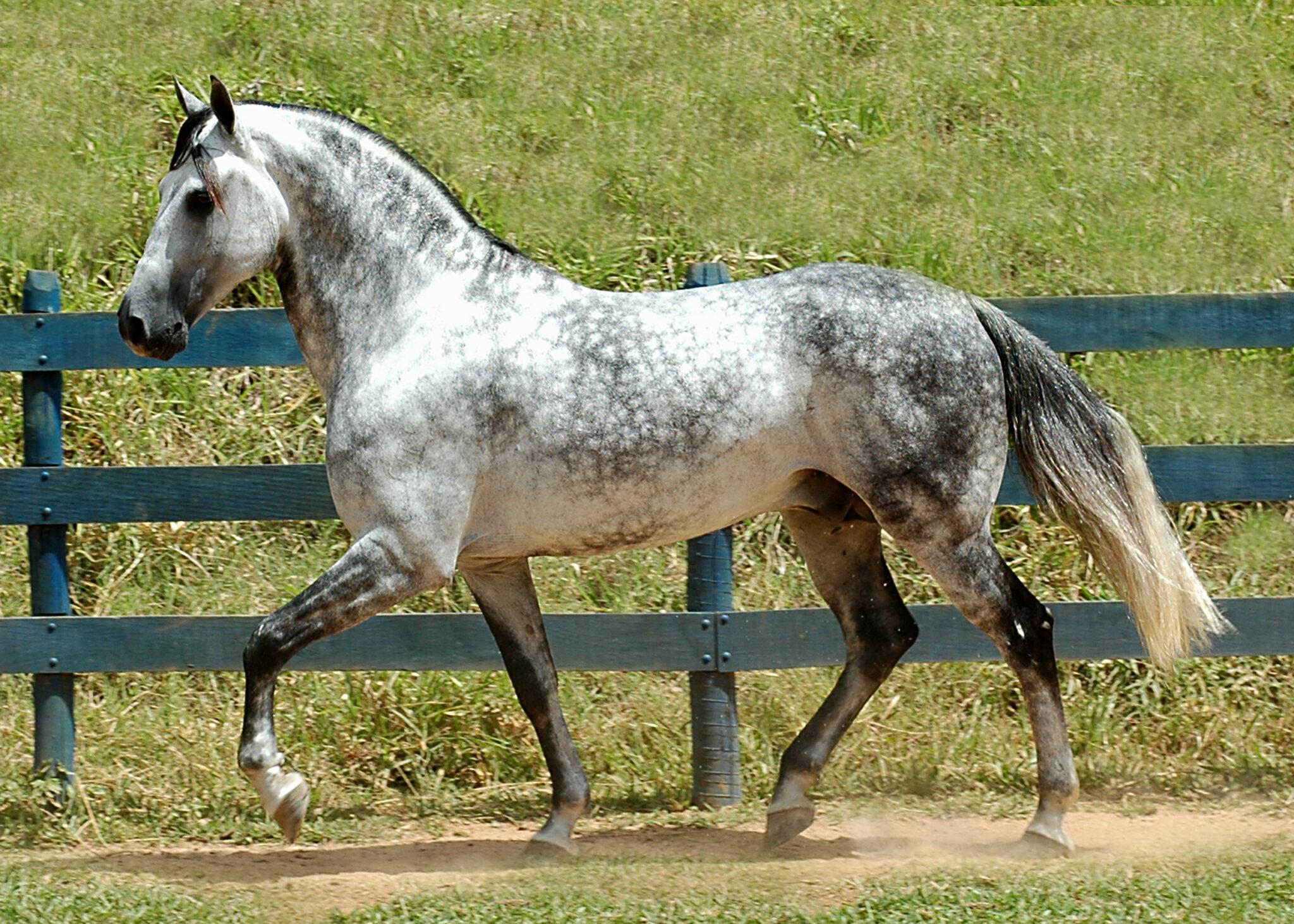
A stunning horse with a unique coat pattern that changes over time. Dapple Gray Horses are born with a darker coat that lightens as they age, leaving behind striking gray dapples.
They are known for their strength, agility, and elegance in various equestrian disciplines.
- Region of Habitat: Domesticated worldwide, commonly found on farms and in sports.
- Scientific Name: Equus ferus caballus
- Feeding Habits: Herbivorous; eats grass, hay, and grains.
- What Sound They Make: Neighs, whinnies, and snorts for communication.
Fun Facts: As they age, their dapples fade, eventually turning white. Due to their athleticism, they are used in dressage, racing, and show jumping.
16. Dappled Fruit Bat
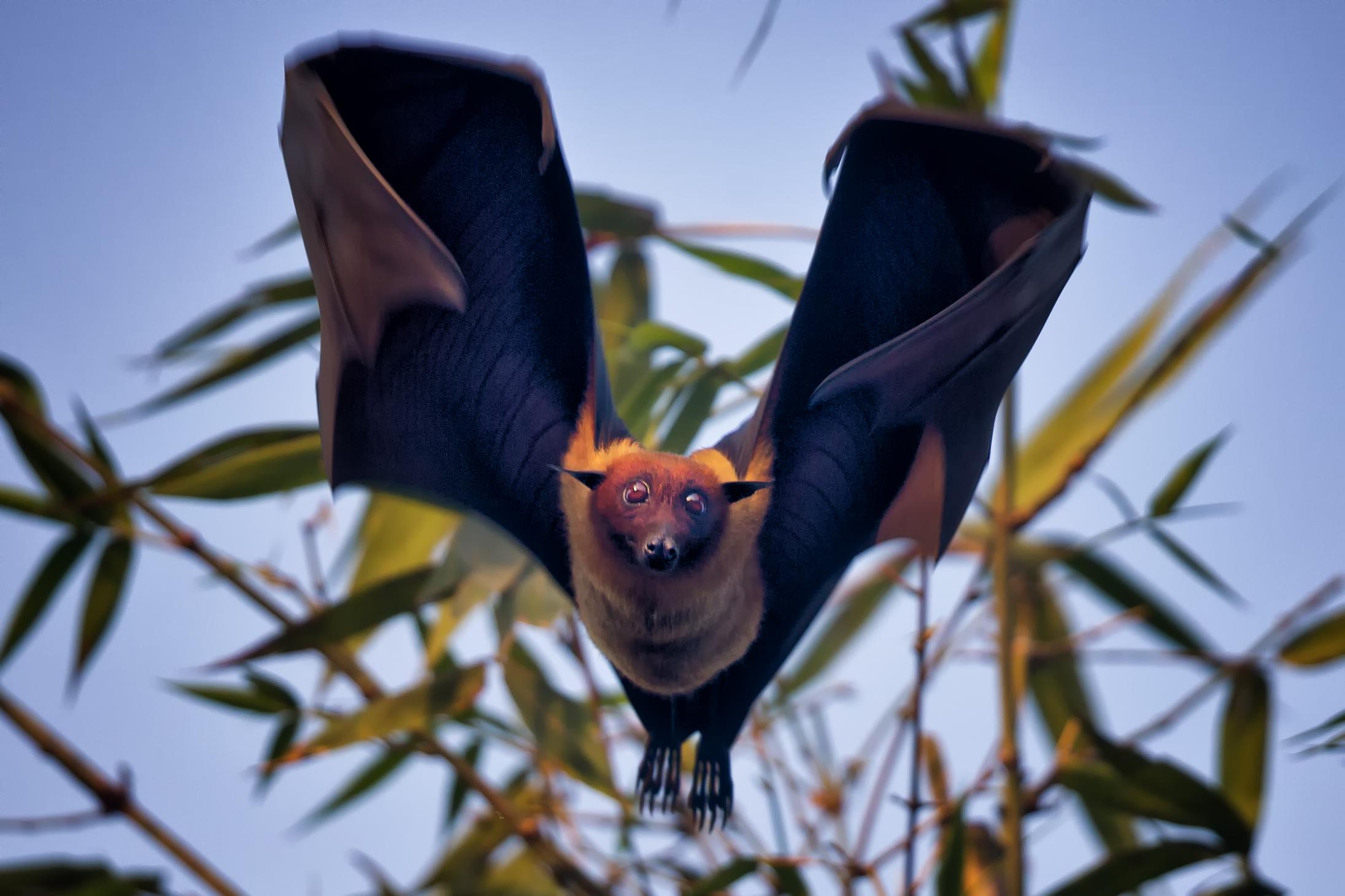
A medium-sized bat with a spotted or mottled fur pattern adapted for nocturnal life. It plays a crucial role in ecosystems by pollinating plants and dispersing seeds. These bats rely on echolocation and excellent night vision to navigate.
- Region of Habitat: Found in tropical forests of Africa and Southeast Asia.
- Scientific Name: Myonycteris torquata
- Feeding Habits: Frugivorous; primarily eats fruits, nectar, and flowers.
- What Sound They Make: Uses echolocation clicks and high-pitched calls.
Fun Facts: Essential for pollination of many tropical fruit trees. Can travel long distances at night in search of food.
17. Dappled Studfish
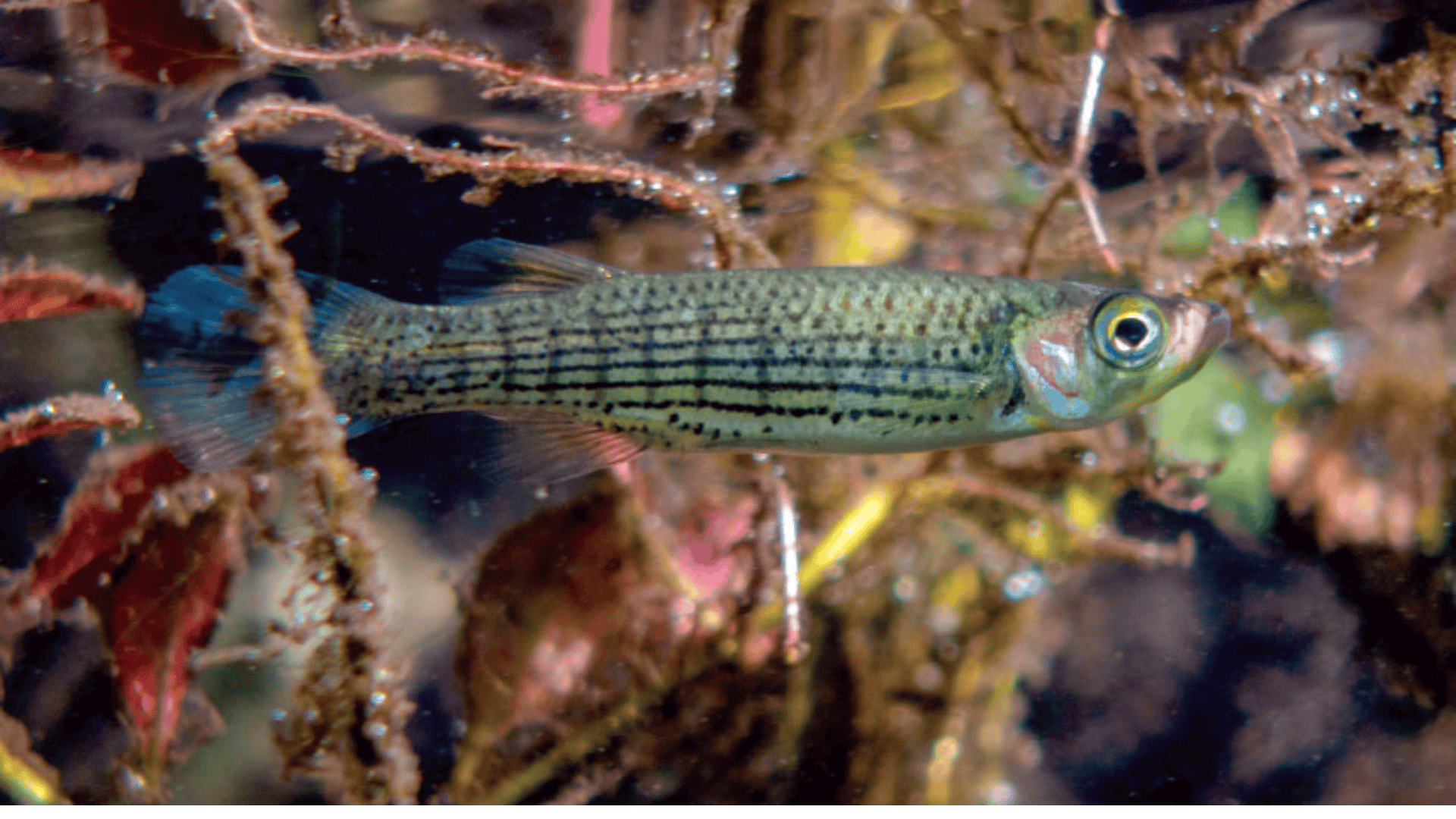
A freshwater fish with iridescent scales and a distinctive spotted pattern. It prefers slow-moving rivers and is known for its territorial behavior. Dappled Studfish are hardy and can survive in varying water conditions.
- Region of Habitat: Found in rivers and streams of North America.
- Scientific Name: Fundulus olivaceus
- Feeding Habits: Carnivorous; eats small invertebrates and insect larvae.
- What Sound They Make: Silent, communicates through body movements.
Fun Facts: Males become more vibrant in color during the breeding season. It plays an important role in controlling insect populations.
18. Deadly Nightshade Moth
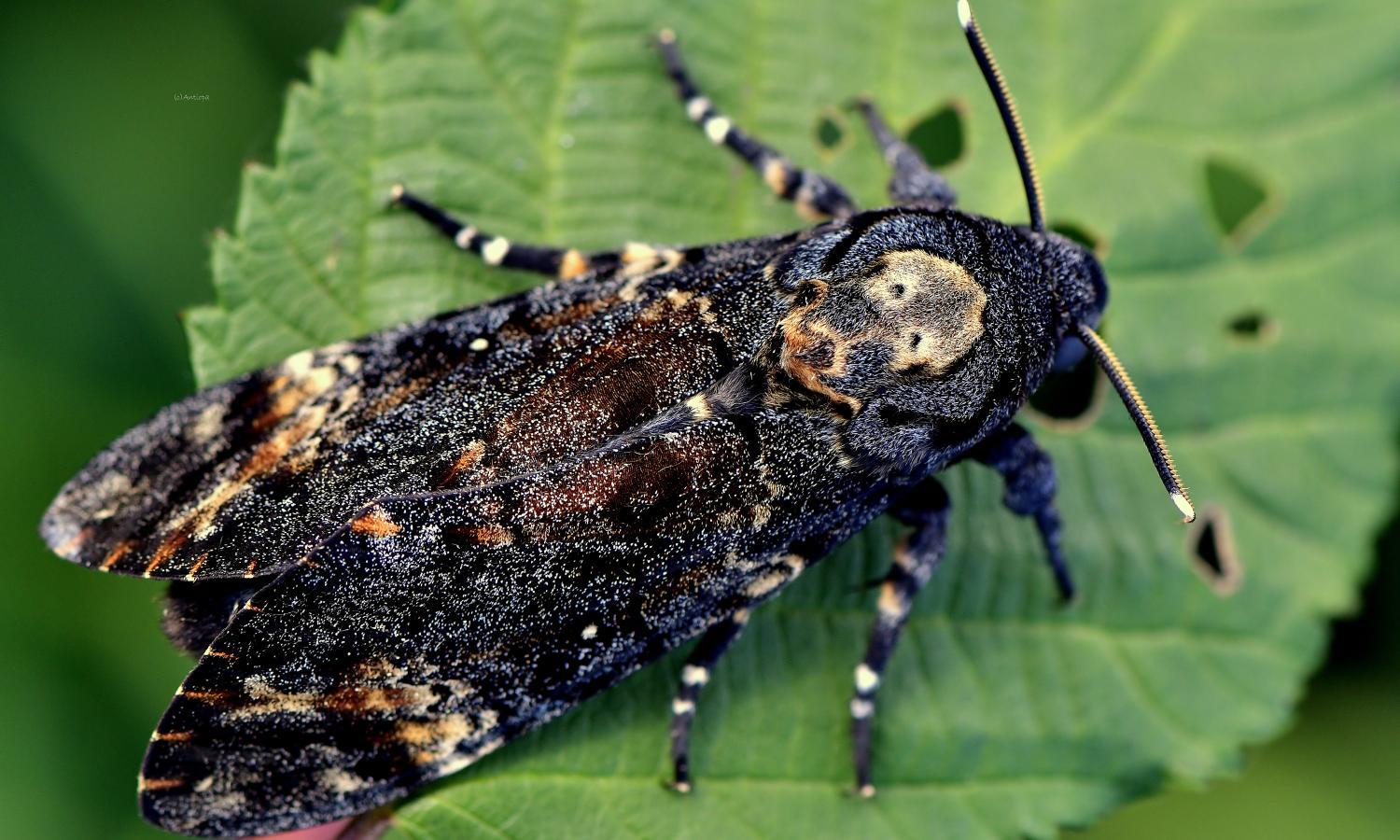
A moth species that feeds on plants from the nightshade family, which contain toxic compounds. Its larvae absorb these toxins, making them unpalatable to predators. The adult moth has muted brown and gray wings for camouflage.
- Region of Habitat: Found in Europe, North Africa, and parts of Asia.
- Scientific Name: Syntomis phegea
- Feeding Habits: Herbivorous; larvae feed on nightshade plants, adults drink nectar.
- What Sound They Make: Silent, communicates through wing patterns.
Fun Facts: The bright spots on its wings warn predators of its toxicity. It mimics wasps to deter attacks.
19. Dark Grass Blue Butterfly
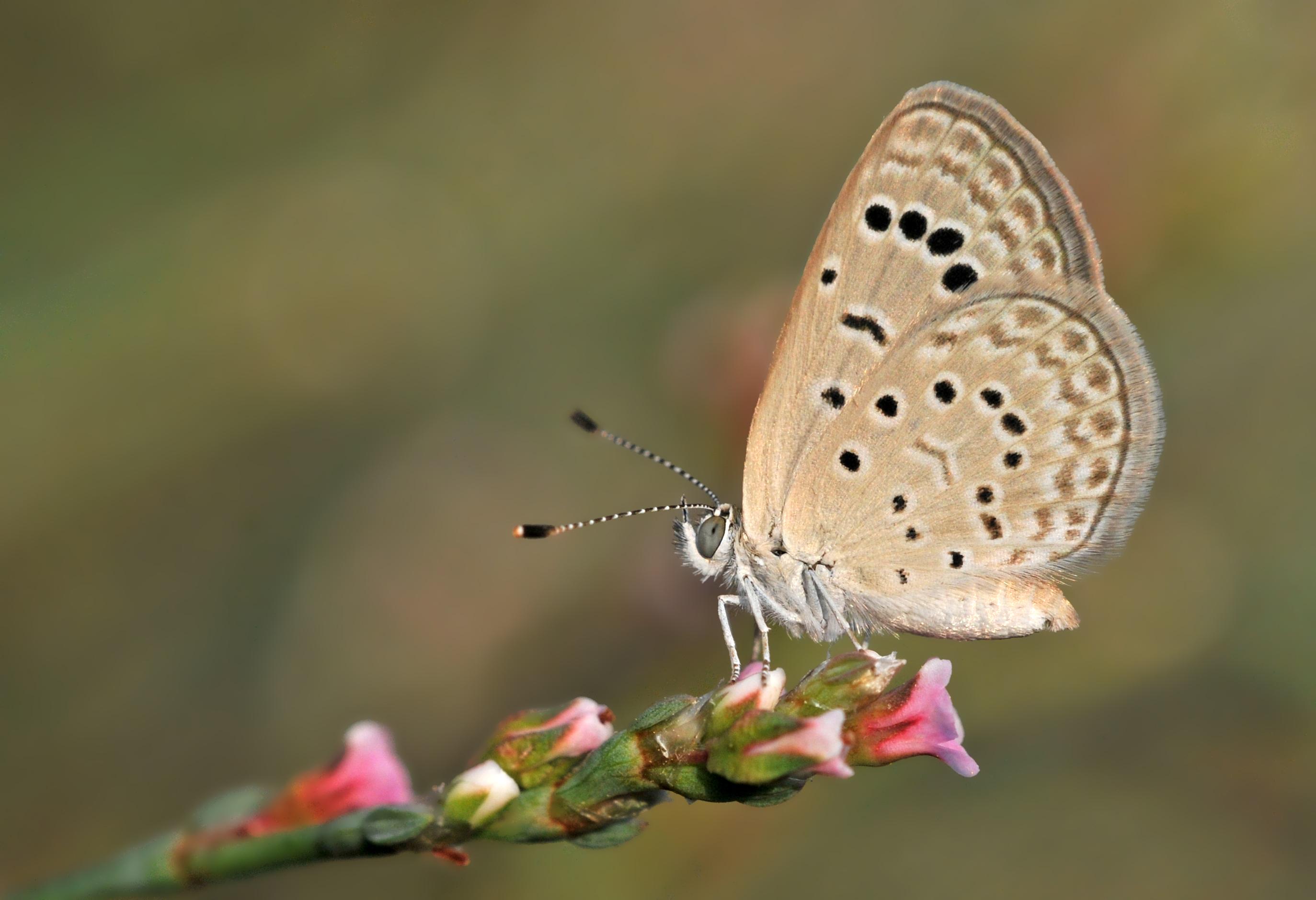
A small butterfly with grayish-blue wings and delicate markings. It prefers open fields and gardens, where it feeds on flower nectar and plays a role in pollination. Its larvae feed on legumes and other host plants.
- Region of Habitat: Found in grasslands and meadows of Asia and Australia.
- Scientific Name: Zizeeria karsandra
- Feeding Habits: Herbivorous; feeds on flower nectar and plant leaves as larvae.
- What Sound They Make: Silent, communicates through wing displays.
Fun Facts: Its wings change shades depending on the angle of light. Often mistaken for other blue butterfly species.
20. Dark-bellied Brent Goose
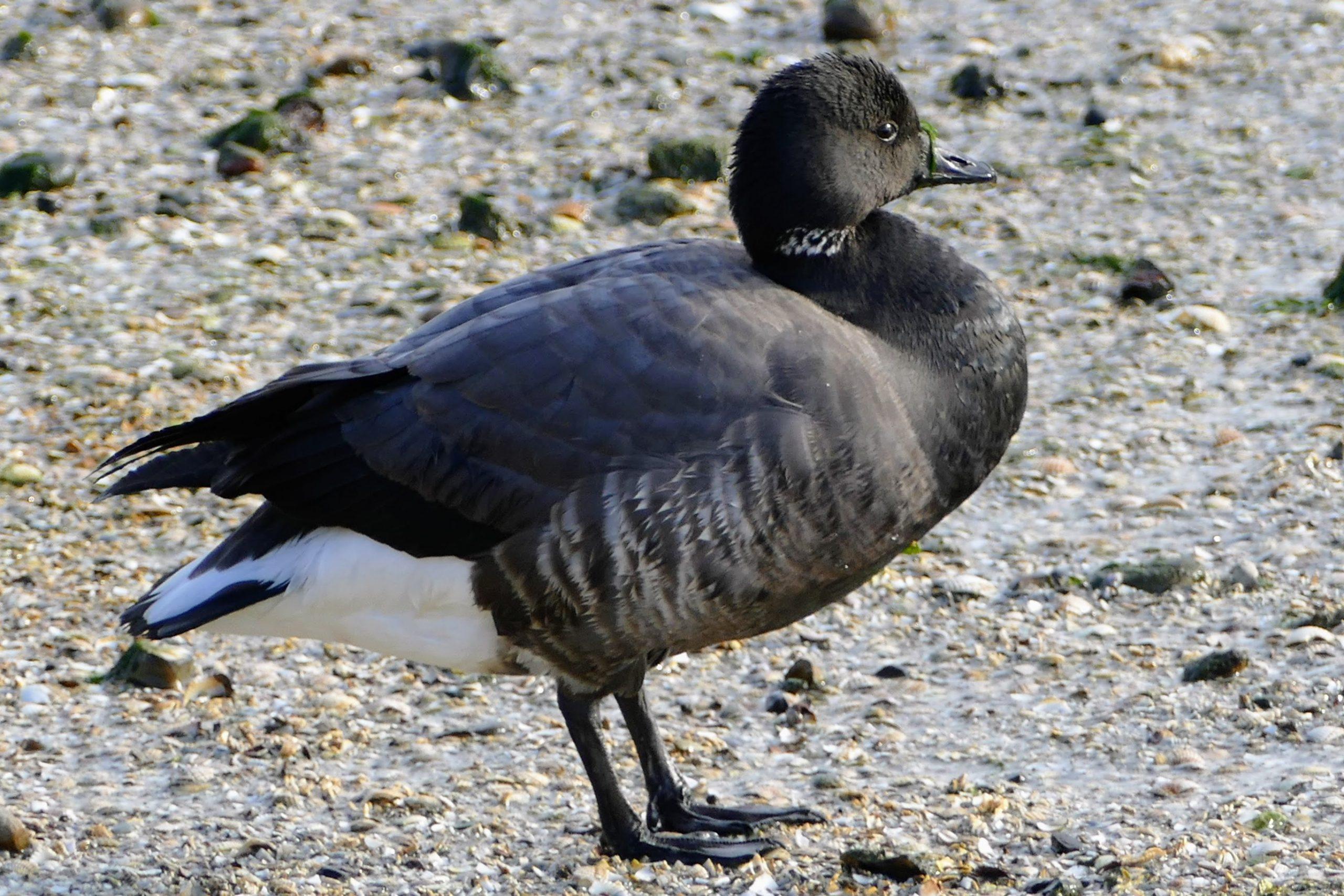
A migratory waterfowl with dark plumage and a distinctive white patch on its neck. These geese travel long distances between Arctic breeding grounds and coastal wintering sites. They form strong family bonds and migrate in large flocks.
- Region of Habitat: Breeds in the Arctic, winters in coastal Europe and Asia.
- Scientific Name: Branta bernicla
- Feeding Habits: Herbivorous; grazes on grasses, seaweed, and aquatic plants.
- What Sound They Make: Produces soft honking sounds while in flight.
Fun Facts: One of the smallest geese species in the world. It often follows tidal movements to find fresh vegetation.
21. Dark-eared Myotis
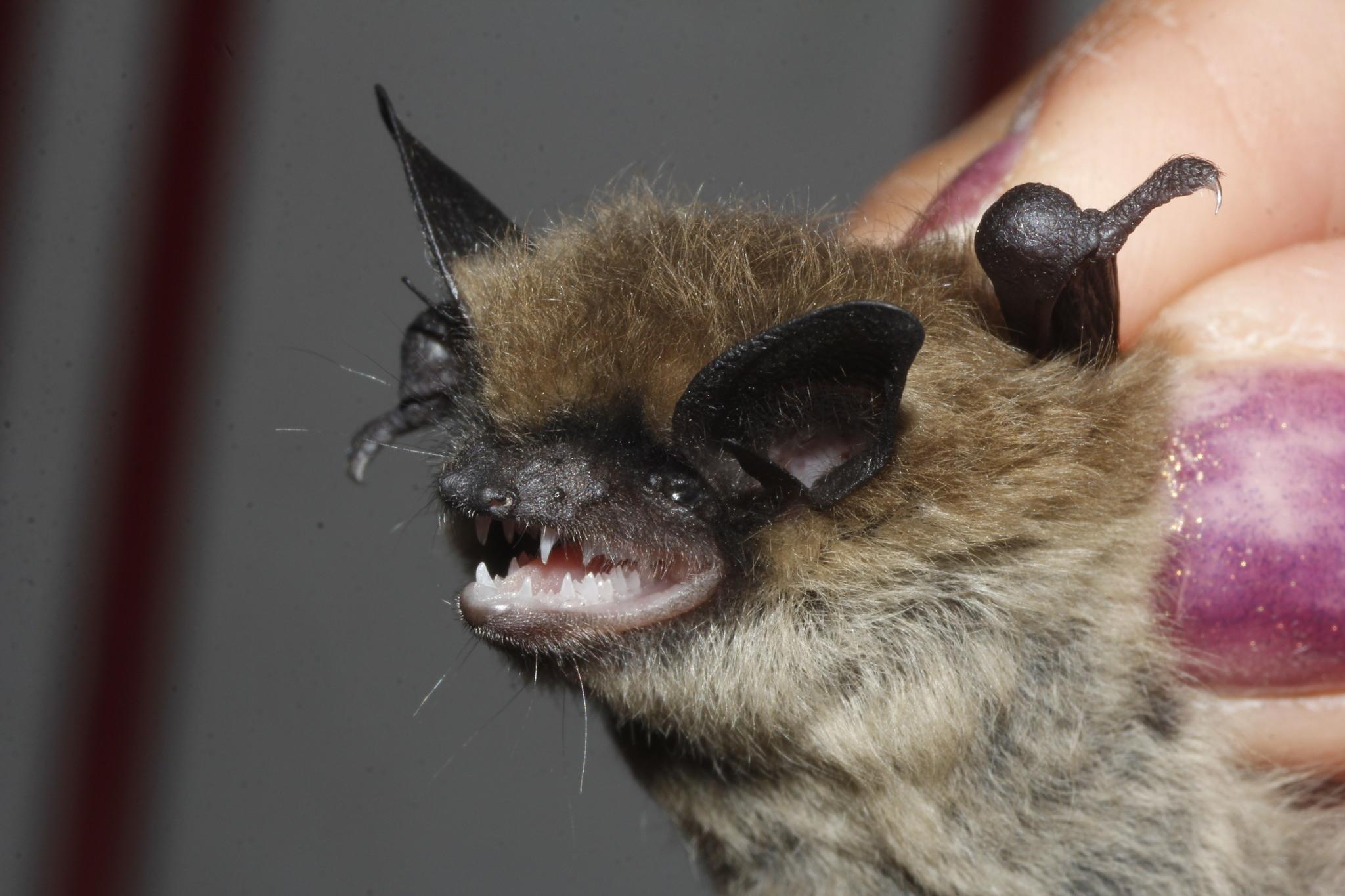
A species of bat with large, rounded ears and a dark fur coat. It is a nocturnal hunter that relies on echolocation to find flying insects in forests and caves. These bats form colonies and roost in hidden locations during the day.
- Region of Habitat: Found in woodlands and caves across Asia.
- Scientific Name: Myotis melanotis
- Feeding Habits: Insectivorous; feeds on moths, beetles, and flies.
- What Sound They Make: Uses echolocation clicks for navigation and hunting.
Fun Facts: It can consume thousands of insects in a single night. It plays a vital role in controlling insect populations.
22. Dark-eyed Junco
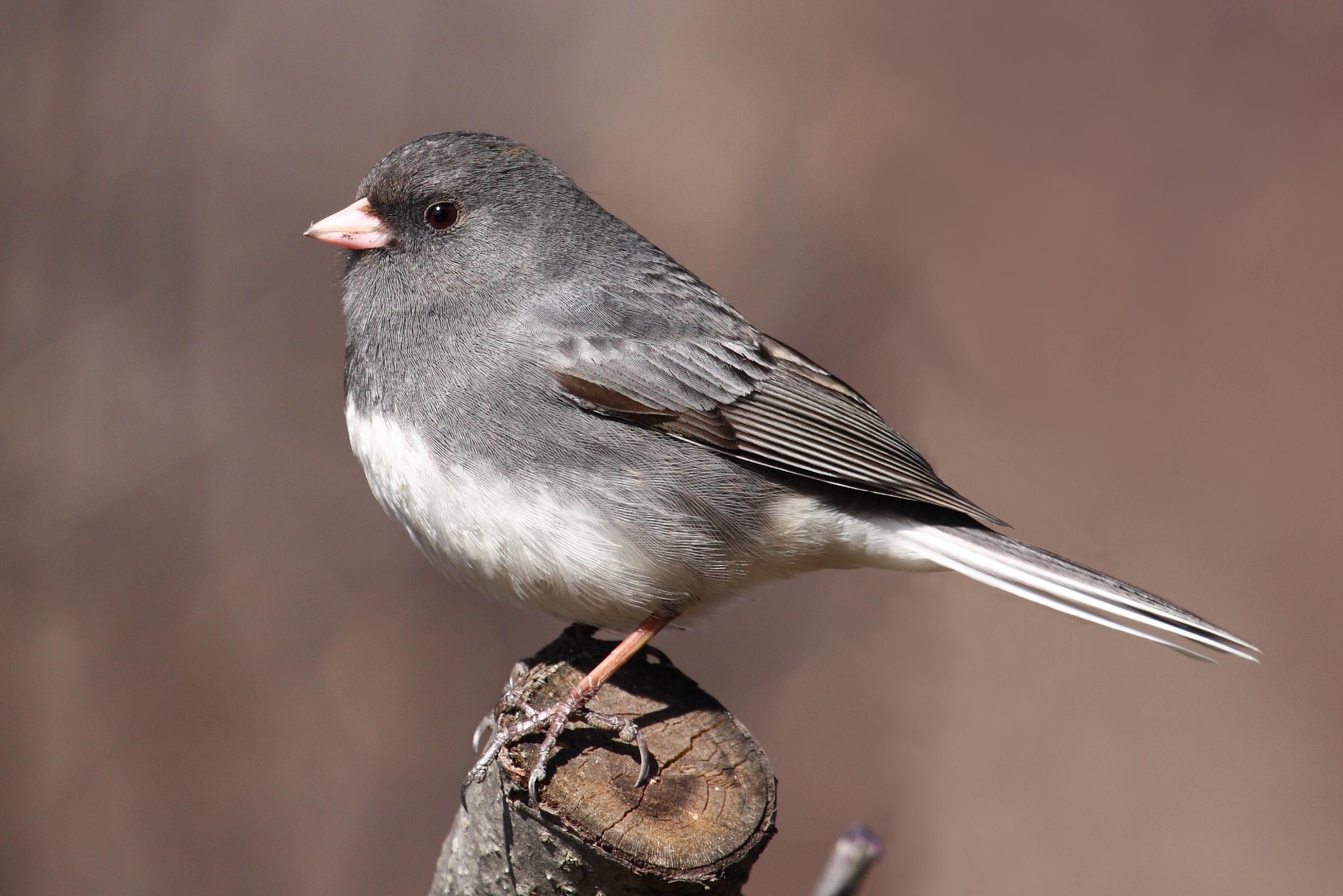
A small, round songbird with a dark head and white belly. Dark-eyed Juncos are common in backyards and forests, where they forage for seeds on the ground. They migrate seasonally, moving from northern forests to milder climates in winter.
- Region of Habitat: Found in North America, from Canada to Mexico.
- Scientific Name: Junco hyemalis
- Feeding Habits: Omnivorous; eats seeds, berries, and small insects.
- What Sound They Make: Produces trills and high-pitched chip notes.
Fun Facts: Known as the “snowbird” because it appears in winter. Males have darker plumage than females.
23. Darkling Beetle
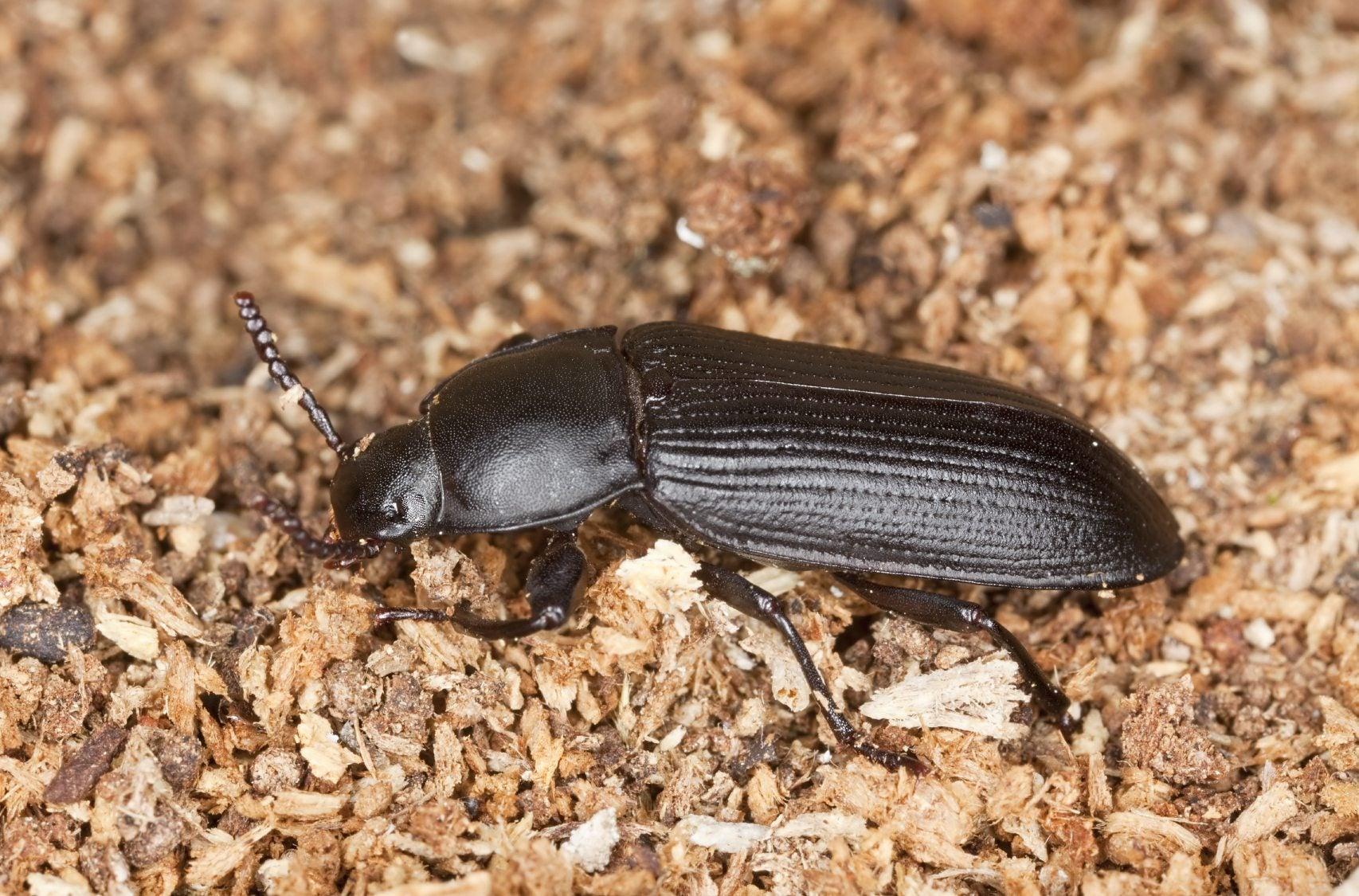
A hardy beetle species with a tough exoskeleton and a dark, matte body. It thrives in arid environments and is well adapted to conserving water. Some species play dead when threatened, while others emit defensive chemicals to deter predators.
- Region of Habitat: Found in deserts and dry regions worldwide.
- Scientific Name: Tenebrionidae
- Feeding Habits: Omnivorous; eats decaying plants, fungi, and small insects.
- What Sound They Make: Silent, communicates through pheromones and vibrations.
Fun Facts: The larvae of some species are called “mealworms” and are used as reptile food. They can survive without direct water intake for long periods.
24. Dart Frog
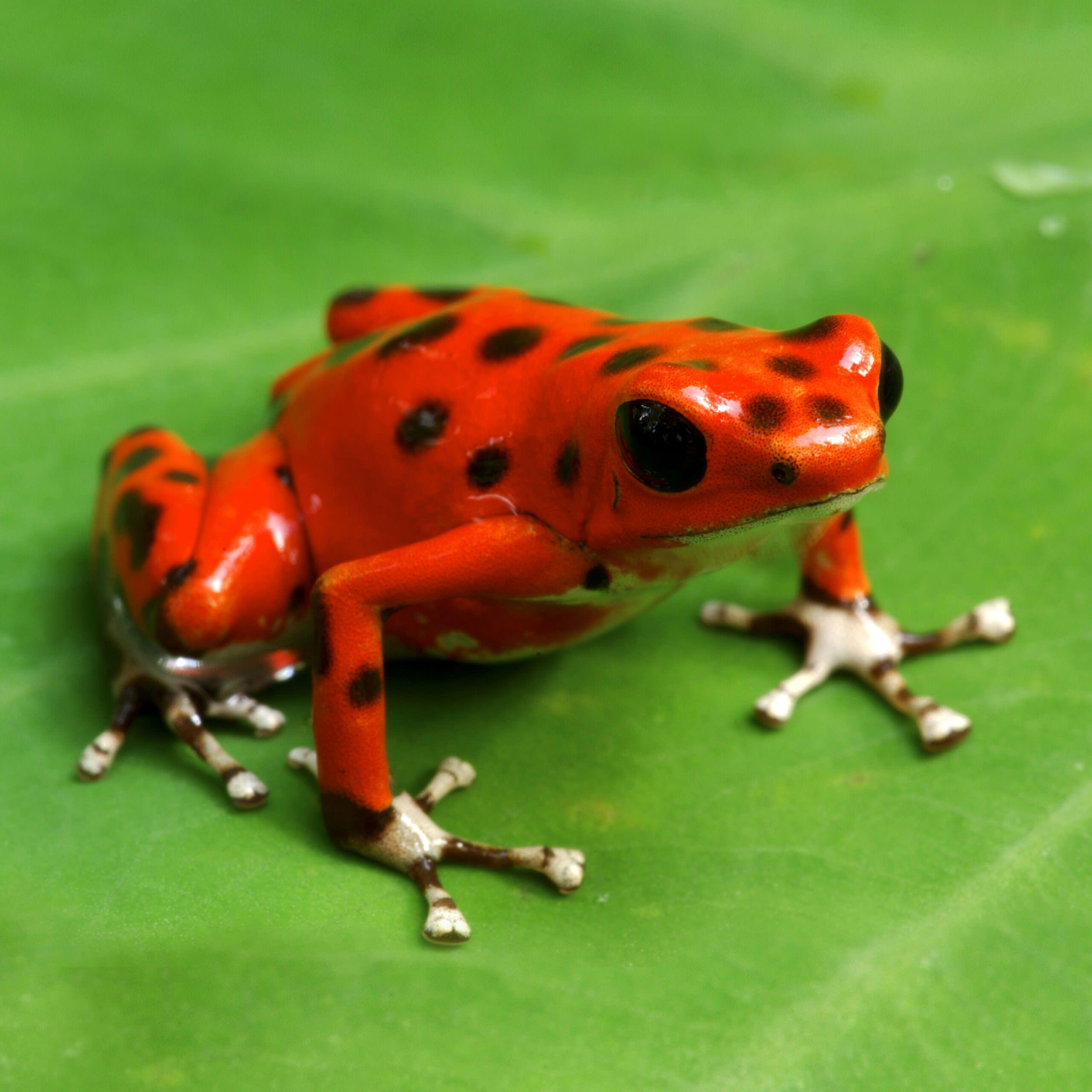
A small, brightly colored amphibian known for its toxic skin secretions. Dart Frogs warn predators of their toxicity with vivid colors ranging from blue to yellow. Some indigenous tribes use their venom for blow darts.
- Region of Habitat: Found in tropical rainforests of Central and South America.
- Scientific Name: Dendrobatidae
- Feeding Habits: Carnivorous; eats ants, termites, and small insects.
- What Sound They Make: Emits chirping or buzzing calls for communication.
Fun Facts: Not all species are toxic; toxicity comes from their diet. Some males guard their eggs and carry tadpoles to water.
25. Darwin’s Fox
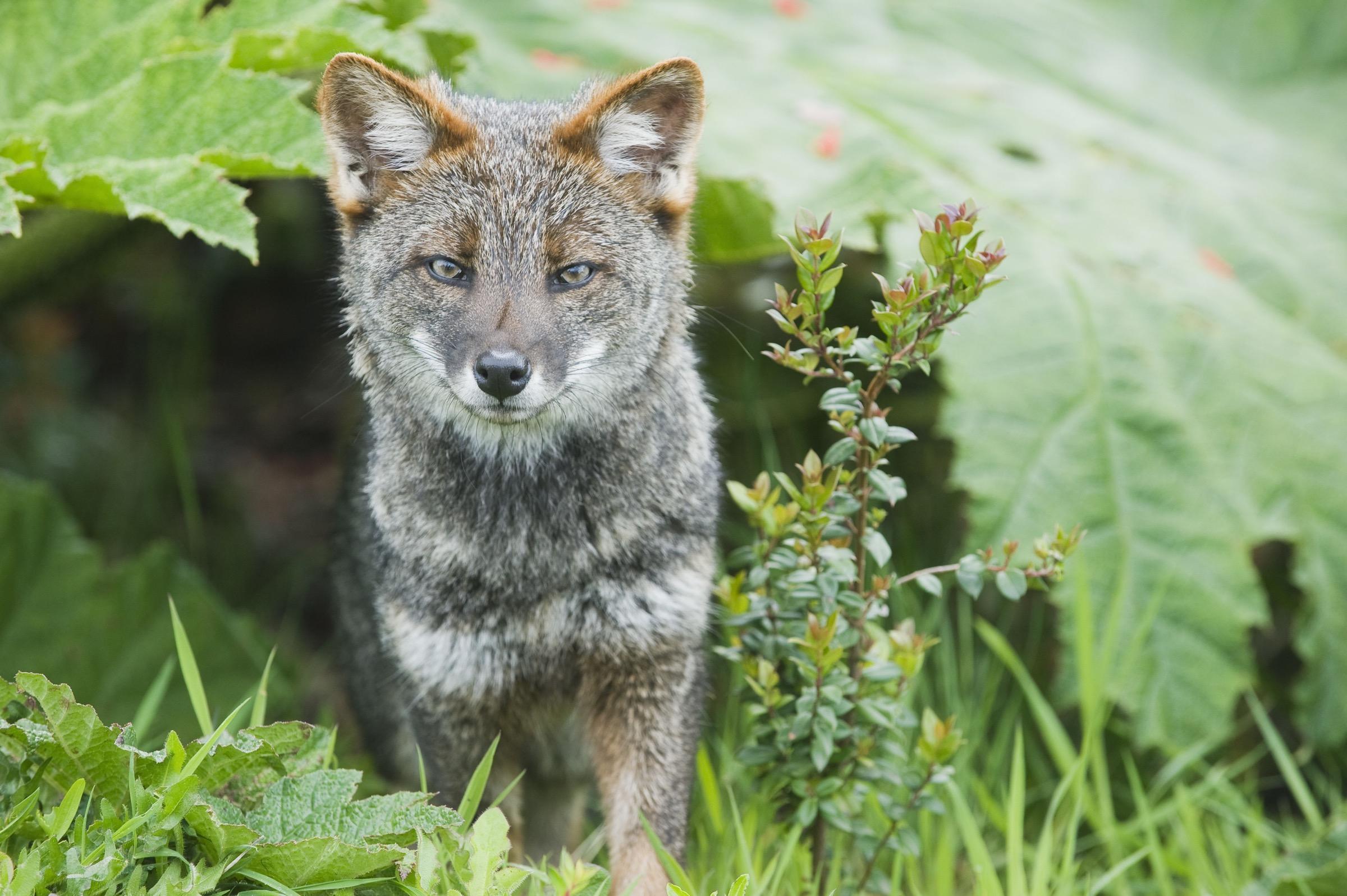
A rare and elusive fox species with a dark coat and a bushy tail. Unlike other foxes, Darwin’s Fox is not a fast runner but relies on stealth and dense forest cover to catch prey. It is critically endangered due to habitat loss.
- Region of Habitat: Found in Chile, primarily in temperate rainforests.
- Scientific Name: Lycalopex fulvipes
- Feeding Habits: Omnivorous; eats rodents, birds, fruits, and insects.
- What Sound They Make: Produces sharp barks and whines.
Fun Facts: Discovered by Charles Darwin in 1834. One of the most endangered fox species in the world.
More animals with the Letter “D”
26. Darwin’s Frog
27. Daug
28. Dauphin
29. Daurian Redstart
30. Dead Leaf Mantis
31. Dark Chanting Goshawk
32. Deadman’s Finger Coral
33. Deepwater Stingray
34. Dacelo
35. Deer Head Chihuahua
36. Deer Mouse
37. Desert Cardinal
38. Desert Horned Viper
39. Desert Iguana
40. Dacnis
41. Desert Kingsnake
42. Desert Locust
43. Desert Monitor
44. Desert Rain Frog
45. Desert Spiny Lizard
46. Desert Tortoise
47. Desert Warthog
48. Desert Wolf
49. Deutsche Bracke
50. Devon Rex
51. Dewlap Rooster
52. Dewlap Toulouse Goose
53. Diamond Python
54. Diamondback Moth
55. Diamondback Terrapin
56. Dibatag
57. Dibatag Gazelle
58. Dice Snake
59. Dilophosaurus
60. Dimetrodon
61. Diminutive Bristle Tyrant
62. Dingo
63. Dingo Hybrid
64. Dinocampus Coccinellae
65. Dinopithecus
66. Dinosaur
67. Dipper
68. Dipper Bird
69. Dipper Fish
70. Discus
71. Diving Beetle
72. Dixonius Gecko
73. Doberman Pinscher
74. Doctor Fish
75. Dodo
76. Dodo Bird
77. Dodo Finch
78. Dog
79. Dog Tick
80. Dogo Argentino
81. Dogue Brasileiro
82. Dogue De Bordeaux
83. Dolichorhynchops
84. Danio
85. Domestic Canary
86. Domestic Longhair
87. Domestic Medium-Hair
88. Domestic Pig
89. Domestic Rabbit
90. Domestic Shorthair
91. Domesticated Mink
92. Dapple Dachshund
93. Donskoy
94. Dorgi
95. Doria’s Tree Kangaroo
96. Dorkie
97. Dormouse
98. Dotted Tanager
99. Dotted-line Angle Moth
100. Double Doodle
101. Double-wattled Cassowary
102. Douc
103. Douroucouli
104. Dovekie
105. Downy Woodpecker
106. Draco Lizard
107. Draco Volans
108. Dracula Ant
109. Dragon Eel
110. Dragon Moray Eel
111. Dragon Snake
112. Dragon Wrasse
113. Dragonet
114. Dragonet Fish
115. Dragonfish
116. Dragonfly
117. Dragonfly Larvae
118. Dreadnoughtus
119. Drever
120. Dromedary Camel
121. Drum Fish
122. Dubia Roach
123. Duchess Pigeon
124. Daceton Armigerum
125. Duck Hawk
126. Duck Tolling Retriever
127. Duck-Billed Platypus
128. Duckbill Eel
129. Dugite
130. Dugong
131. Dugong Sea Cow
132. Dumbo Octopus
133. Dumeril’s Boa
134. Dumeril’s Ground Boa
135. Duméril’s Monitor
136. Dumeril’s Monitor Lizard
137. Dun Skipper
138. Dune Gecko
139. Dune Lark
140. Dune Mole Rat
141. Dungeness Crab
142. Dunker
143. Dunlin
144. Dunn’s Salamander
145. Dunnock
146. Dunsmuir Toad
147. Dusky Anemonefish
148. Dusky Antbird
149. Dusky Dolphin
150. Dusky Footed Woodrat
151. Dusky Gopher Frog
152. Dusky Grouper
153. Dusky Leaf Monkey
154. Dusky Leaf-nosed Bat
155. Dusky Moorhen
156. Dusky Pademelon
157. Dusky Parrot
158. Dusky Pink Fairy Armadillo
159. Dusky Salamander
160. Dusky Shark
161. Dusky Tetraka
162. Dusky Warbler
163. Dusky Yellow-legged Flycatcher
164. Dusty Miller Butterfly
165. Dusty Seastar
166. Dutch Rabbit
167. Dutch Shepherd
168. Dutch Smoushond
169. Dwarf African Frog
170. Dwarf Antelope
171. Dwarf Bichir
172. Dwarf Caiman
173. Dwarf Cassowary
174. Dwarf Coscus
175. Dwarf Crocodile
176. Dwarf Cuscus
177. Dwarf Eland
178. Dwarf Geckos
179. Dwarf Gourami
180. Dwarf Hamster
181. Dwarf Hotot
182. Dwarf Jay
183. Dwarf Lantern Shark
184. Dwarf Mongoose
185. Dwarf Pufferfish
186. Dwarf Rainbowfish
187. Dwarf Reed Snake
188. Dwarf Scorpion
189. Dwarf Seahorse
190. Dwarf Shrew
191. Dwarf Sperm Whale
192. Dwarf Spiny Lizard
193. Dwarf Spotted Catfish
194. Dwarf Stump-tailed Chameleon
195. Dwarf Tinamou
196. Dwarf Toad
197. Dwarf Tube-nosed Bat
198. Dwarf Tube-nosed Fruit Bat
199. Dwarf Water Buffalo
200. Dwarf Wolf Spider
201. Dwelf
202. Dyeing Cockroach
203. Dyeing Dart Frog
204. Dyeing Dart Poison Frog
205. Dyeing Poison Dart Frog
206. Dynastinae Beetle
207. Dystisid Water Beetle
208. Dytiscidae
209. Dytiscus Marginalis
Wrapping It Up
Our expedition through animals, starting with the letter D, reveals nature’s remarkable diversity and adaptability.
From the dominant deer families roaming forests worldwide to the soft damselflies hovering above freshwater habitats, these creatures occupy crucial niches in ecosystems across our planet.
These animals collectively demonstrate the wonders of evolutionary adaptation – whether through the dolphin’s sophisticated echolocation, the desert-dwelling dromedary’s water conservation abilities, or the dung beetle’s vital role in nutrient cycling.
Many of these D-named creatures face mounting challenges from habitat loss, climate change, and human encroachment.
By learning about and appreciating their unique characteristics and contributions, we take the first step toward ensuring their survival.
May this exploration inspire continued curiosity about our natural world and commitment to protecting its precious inhabitants.

